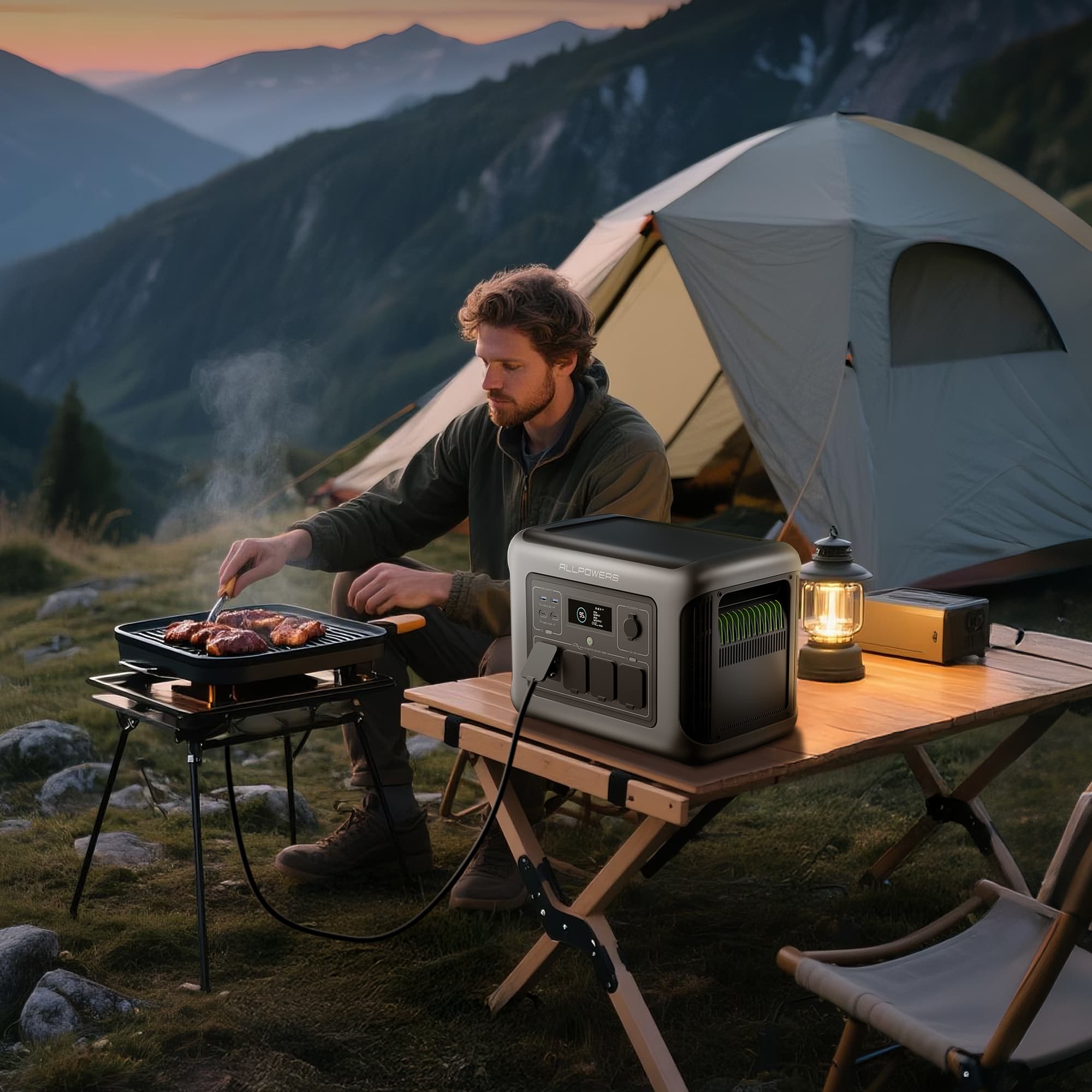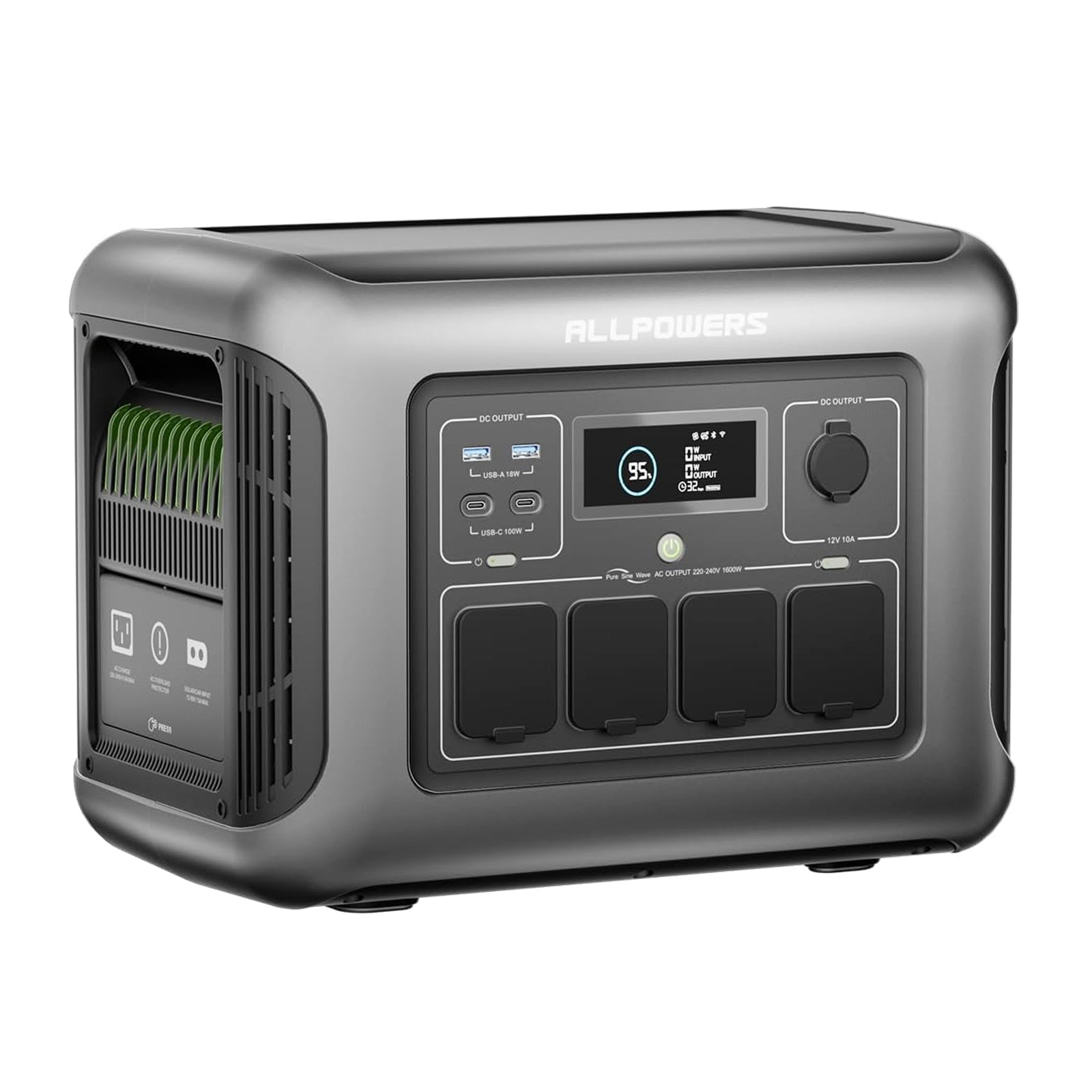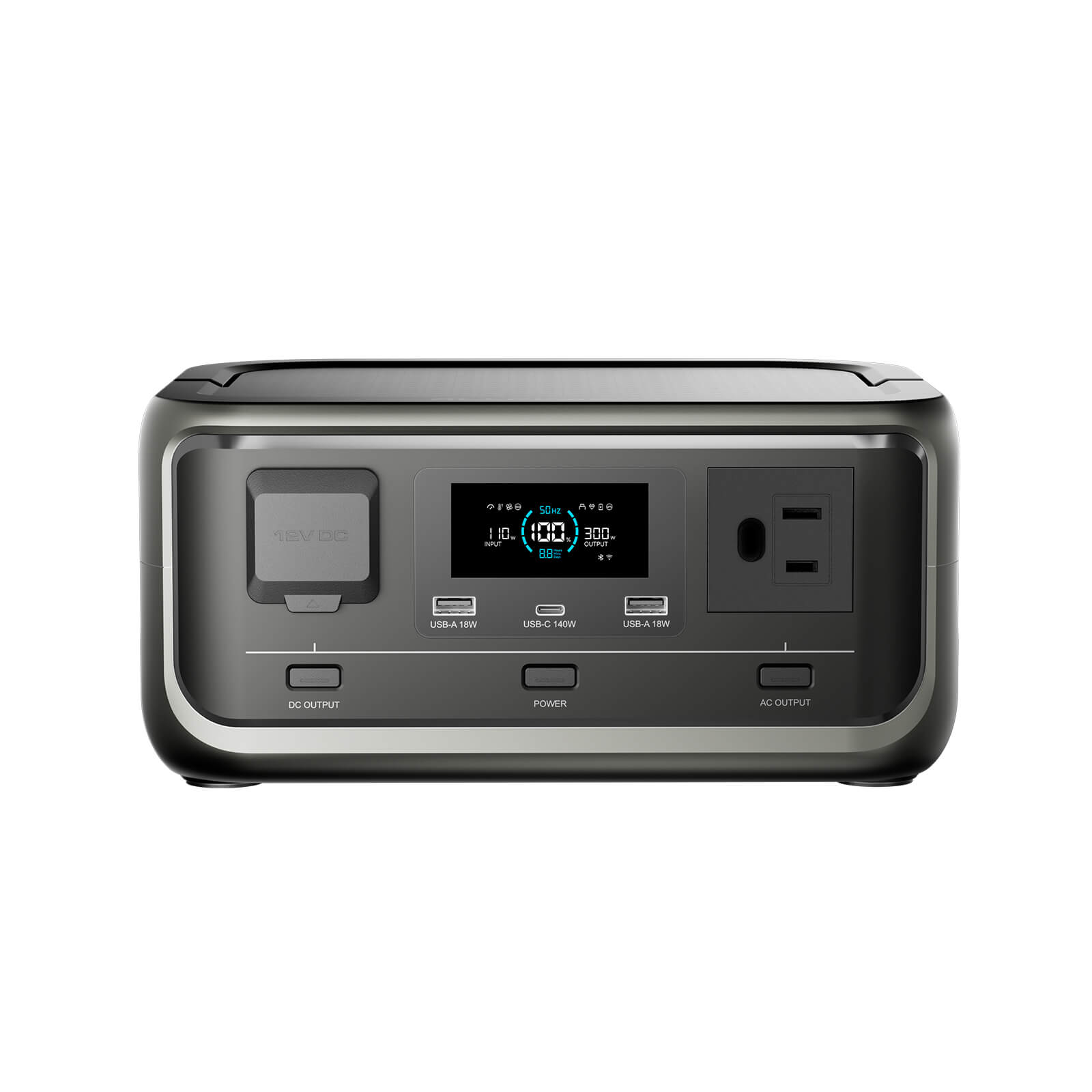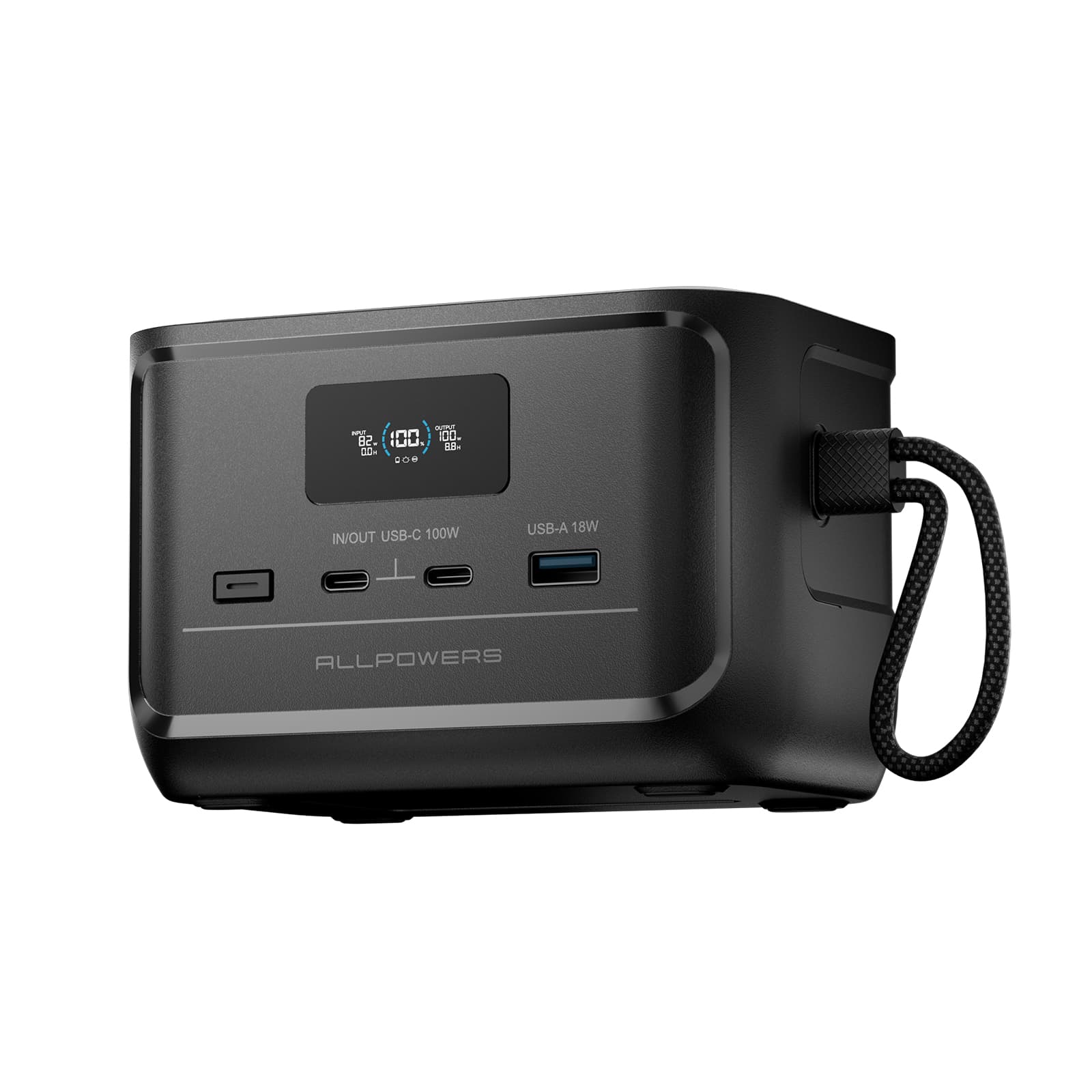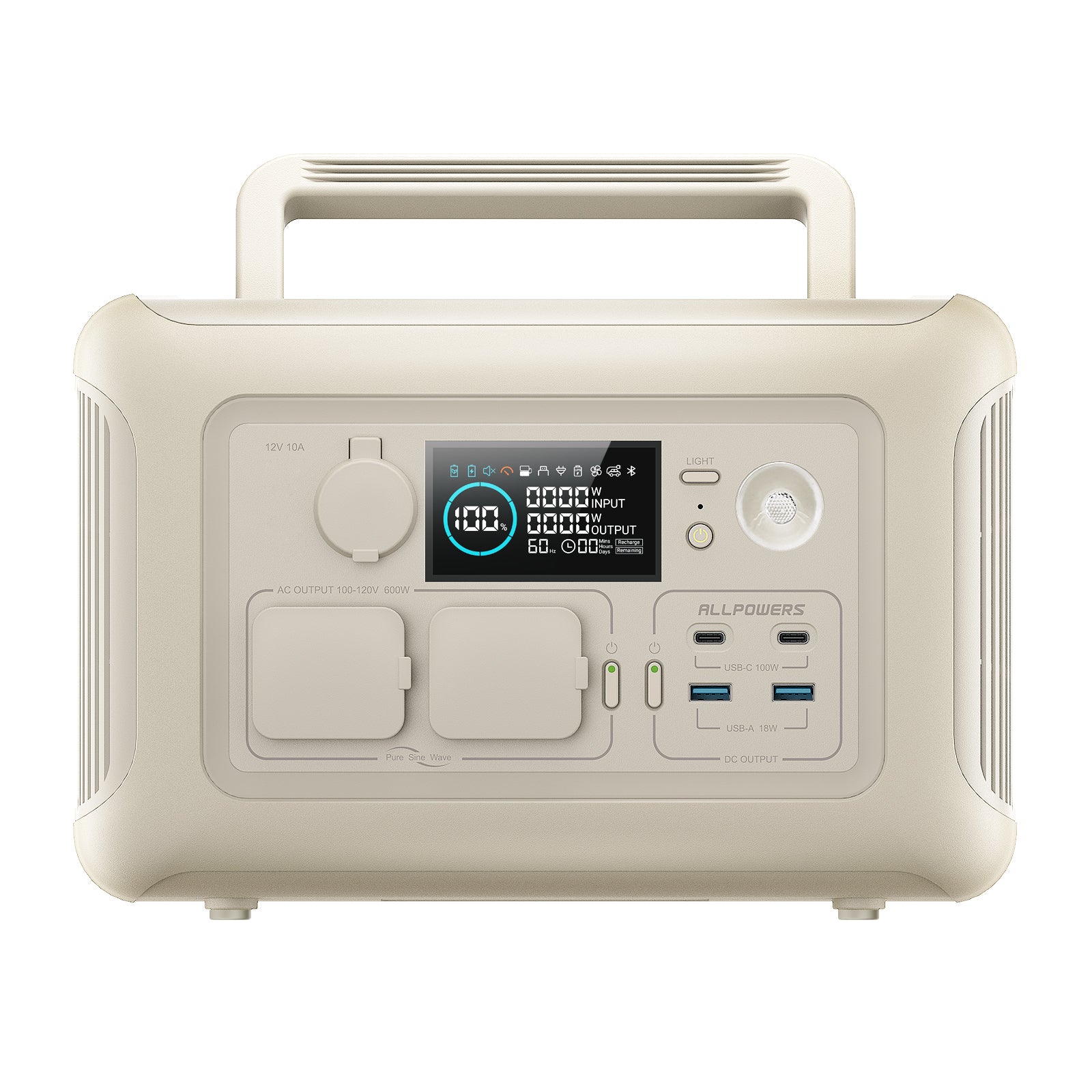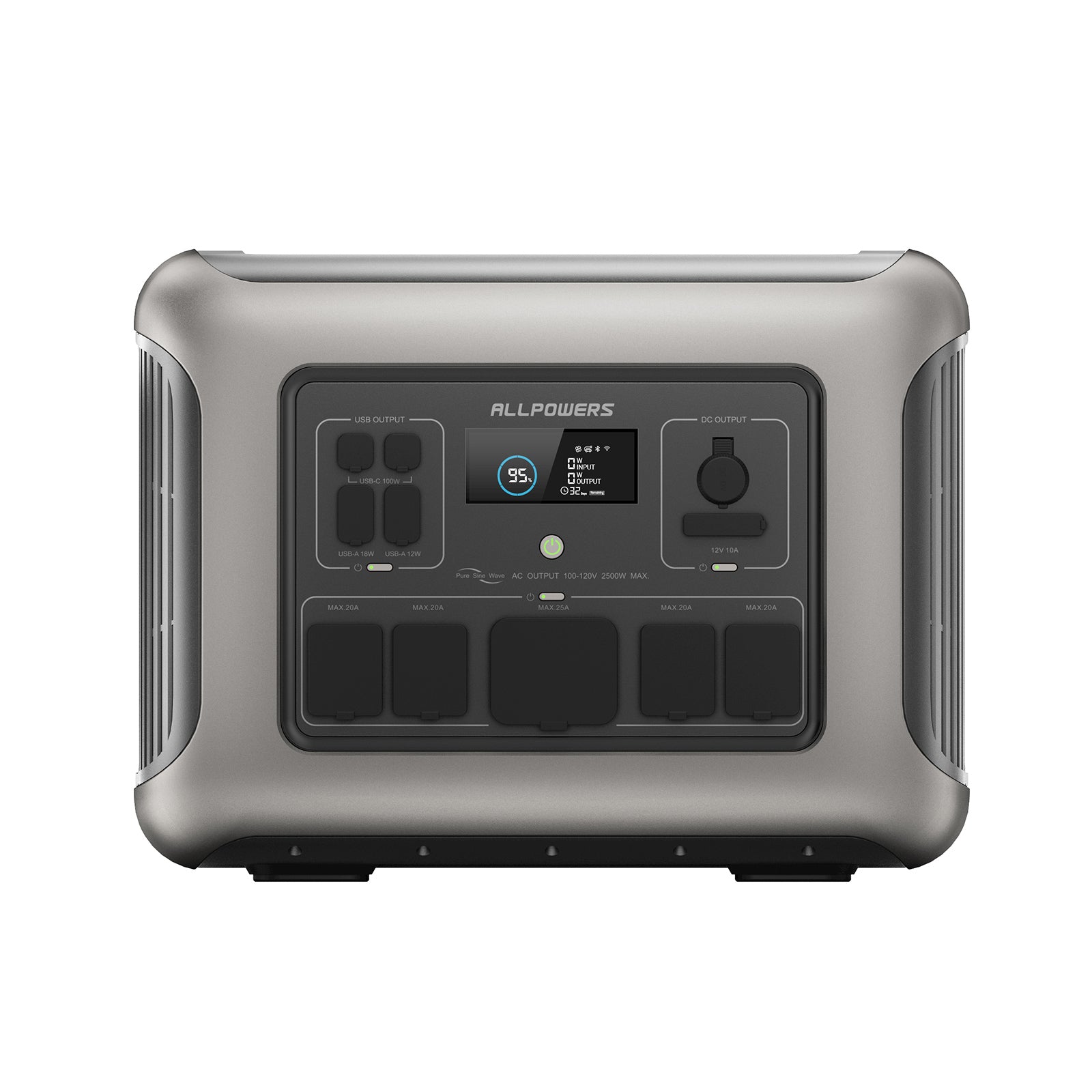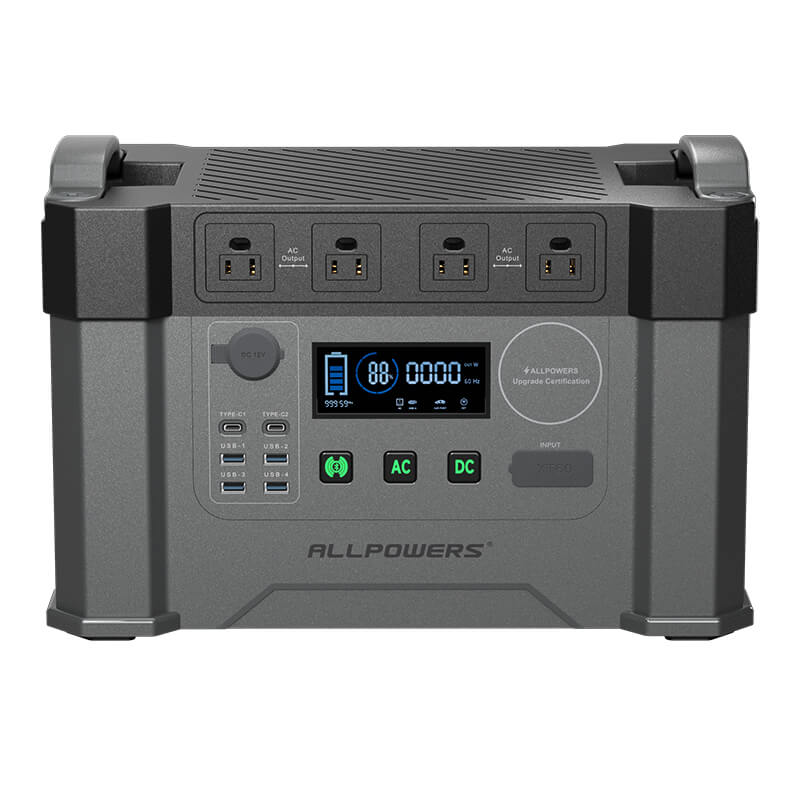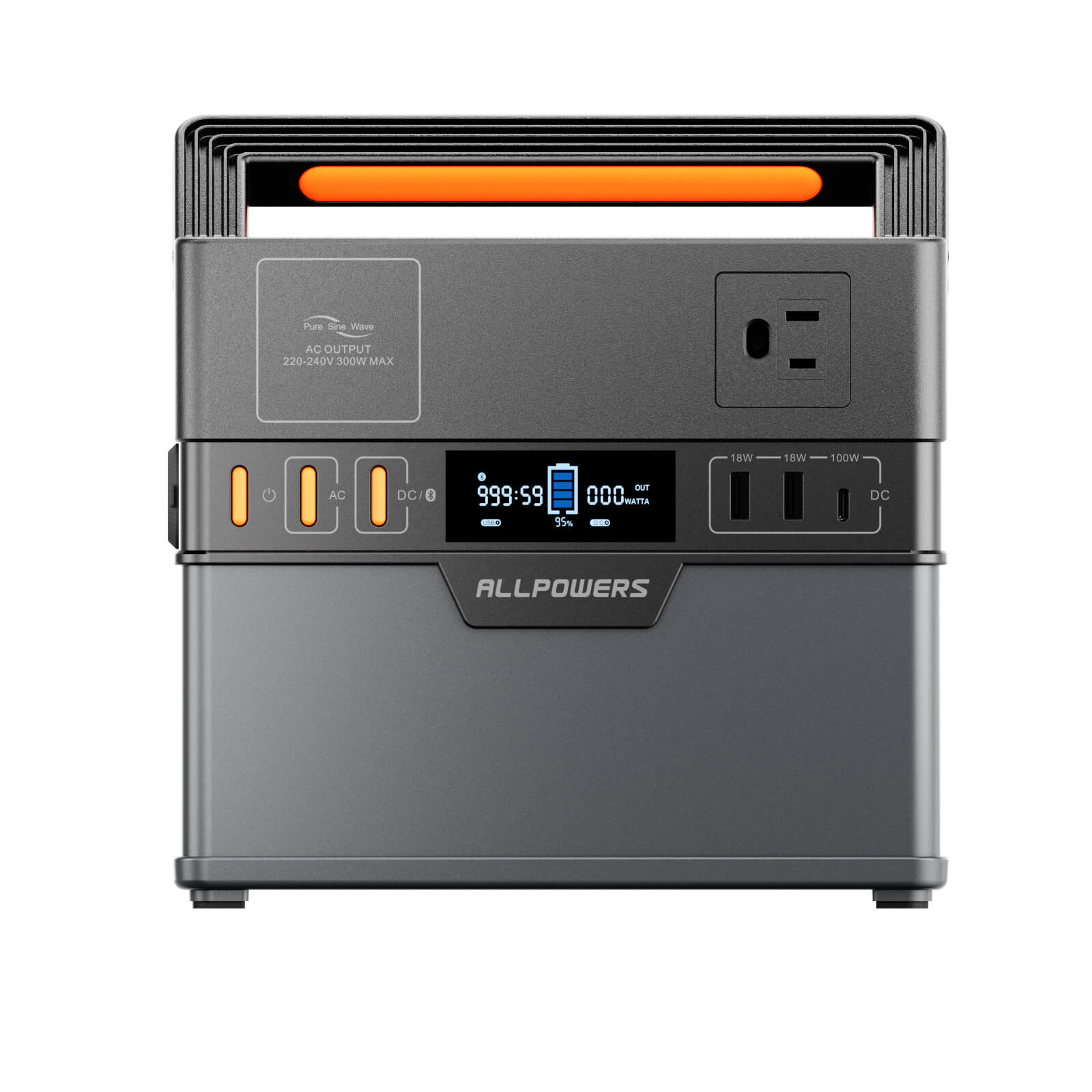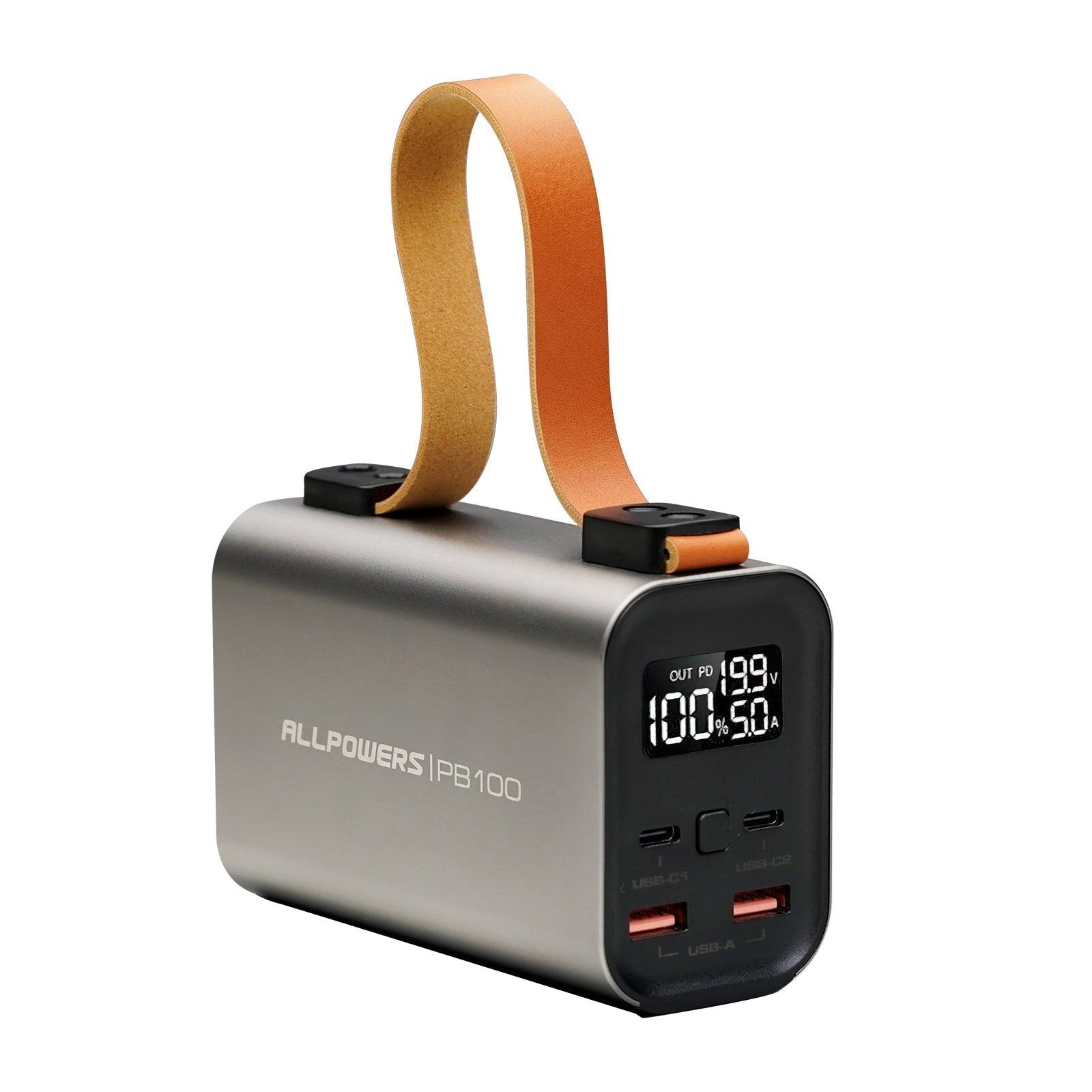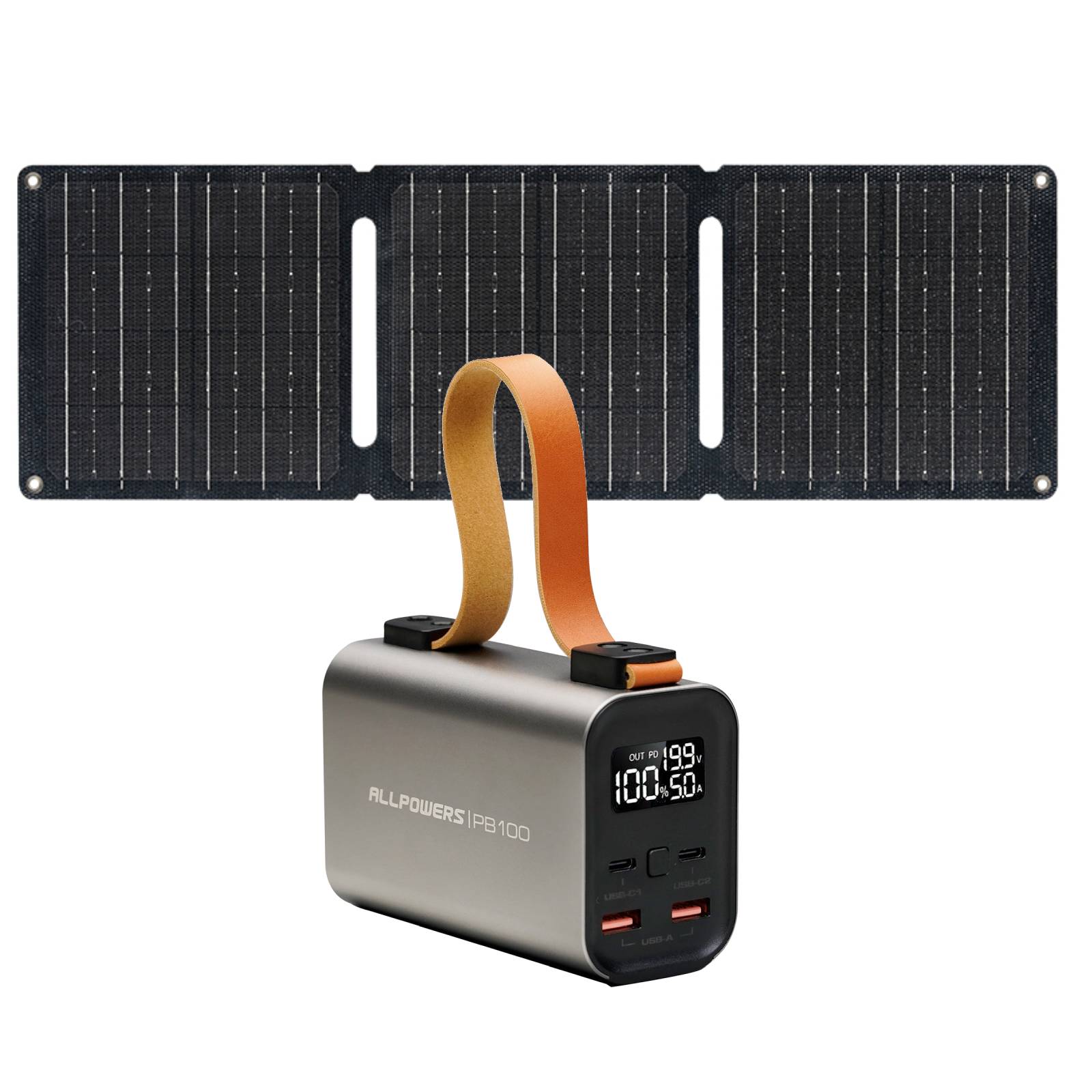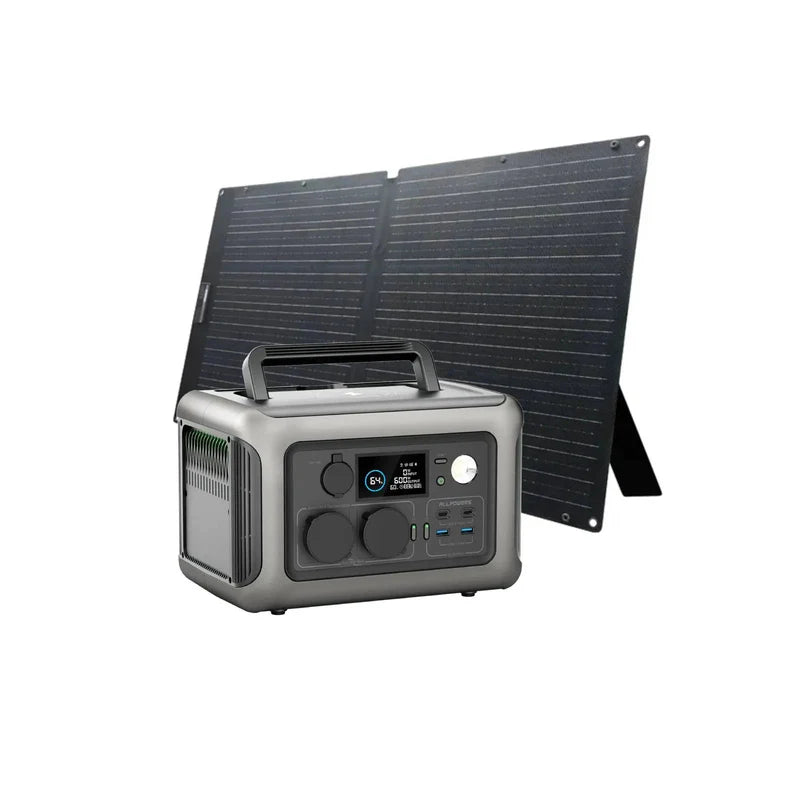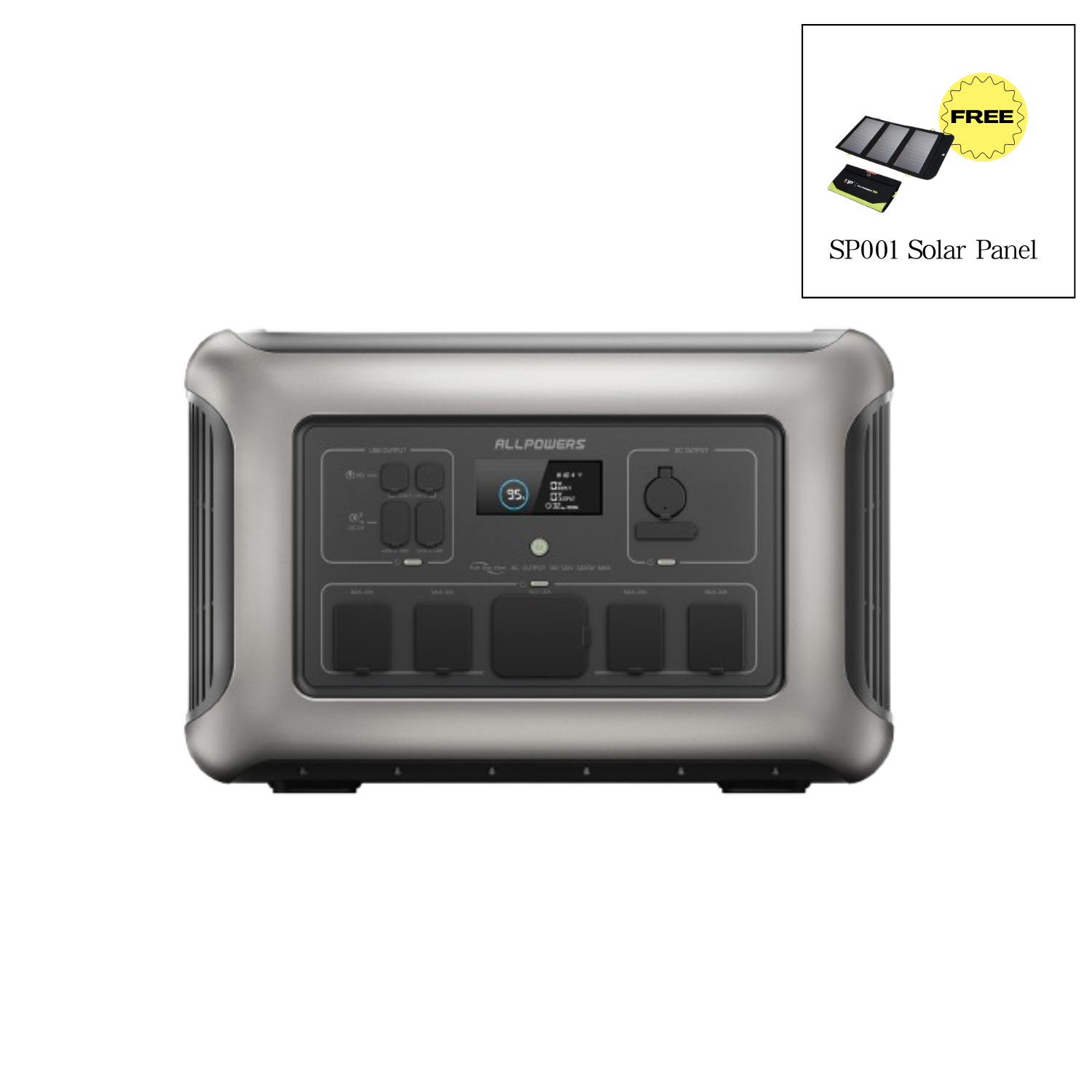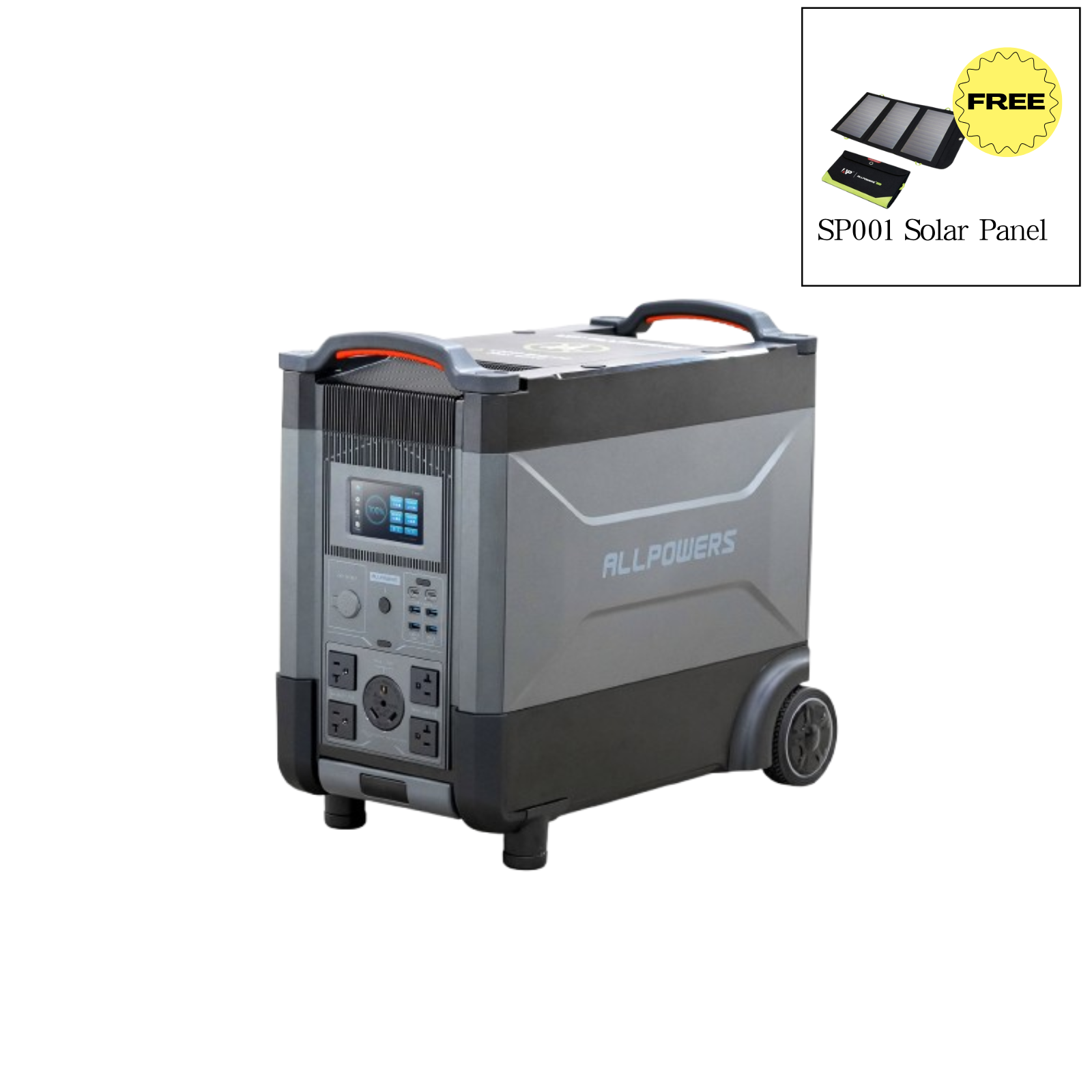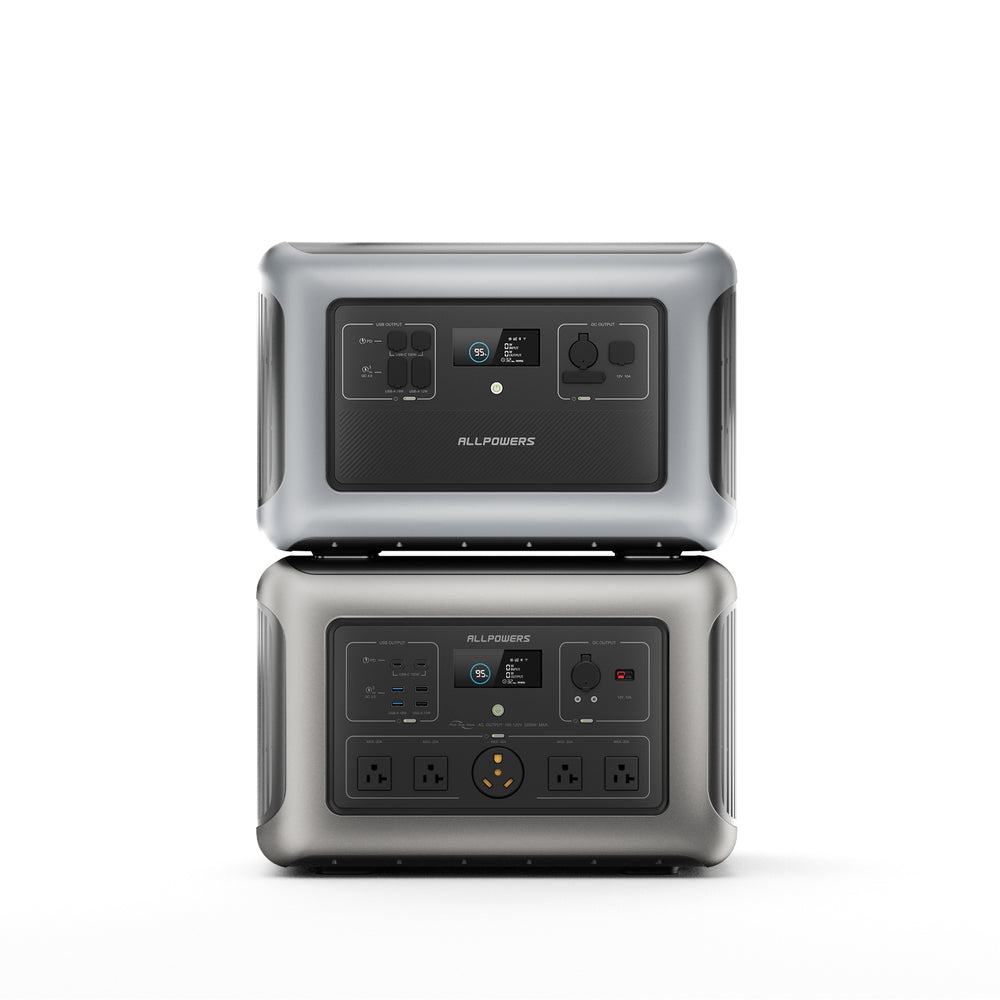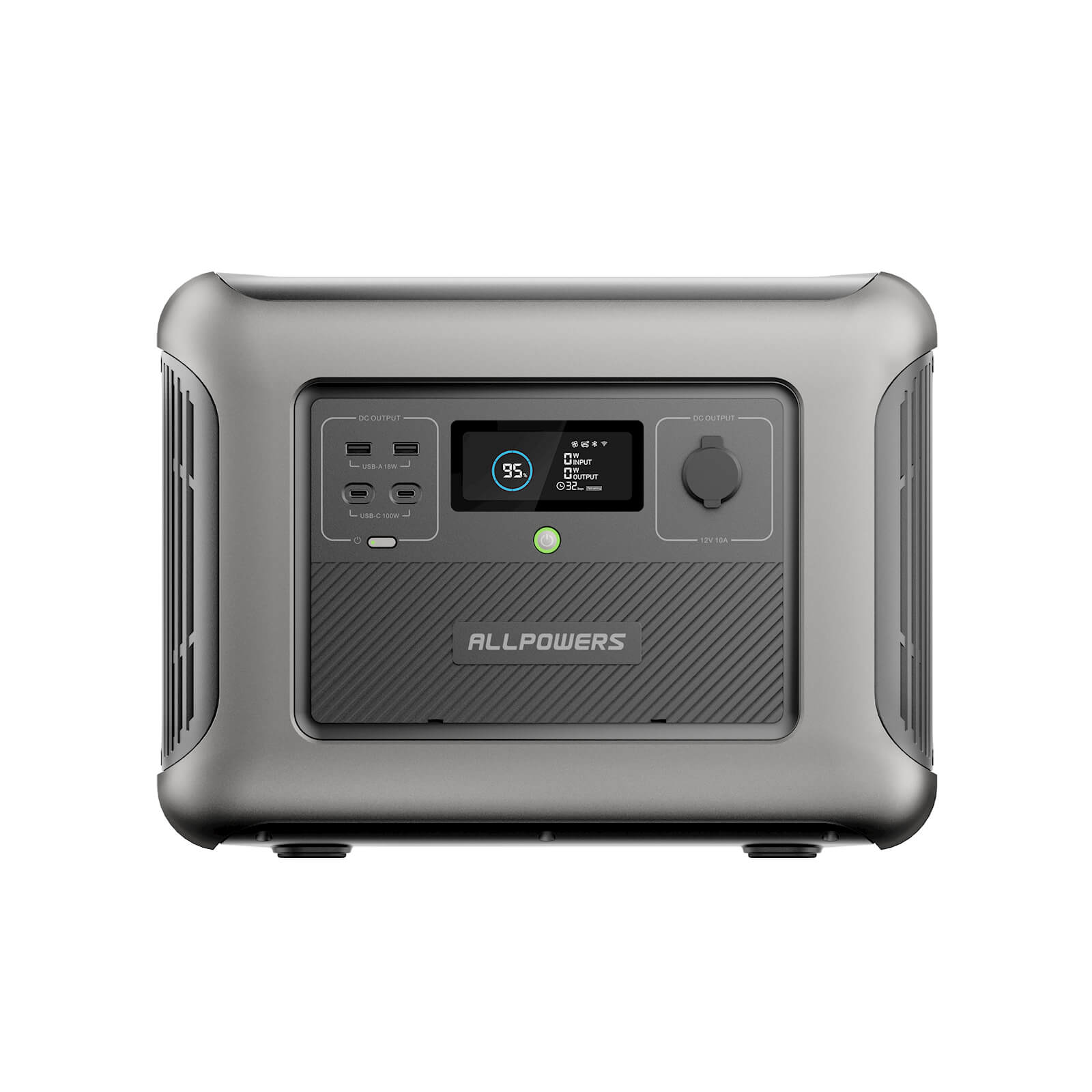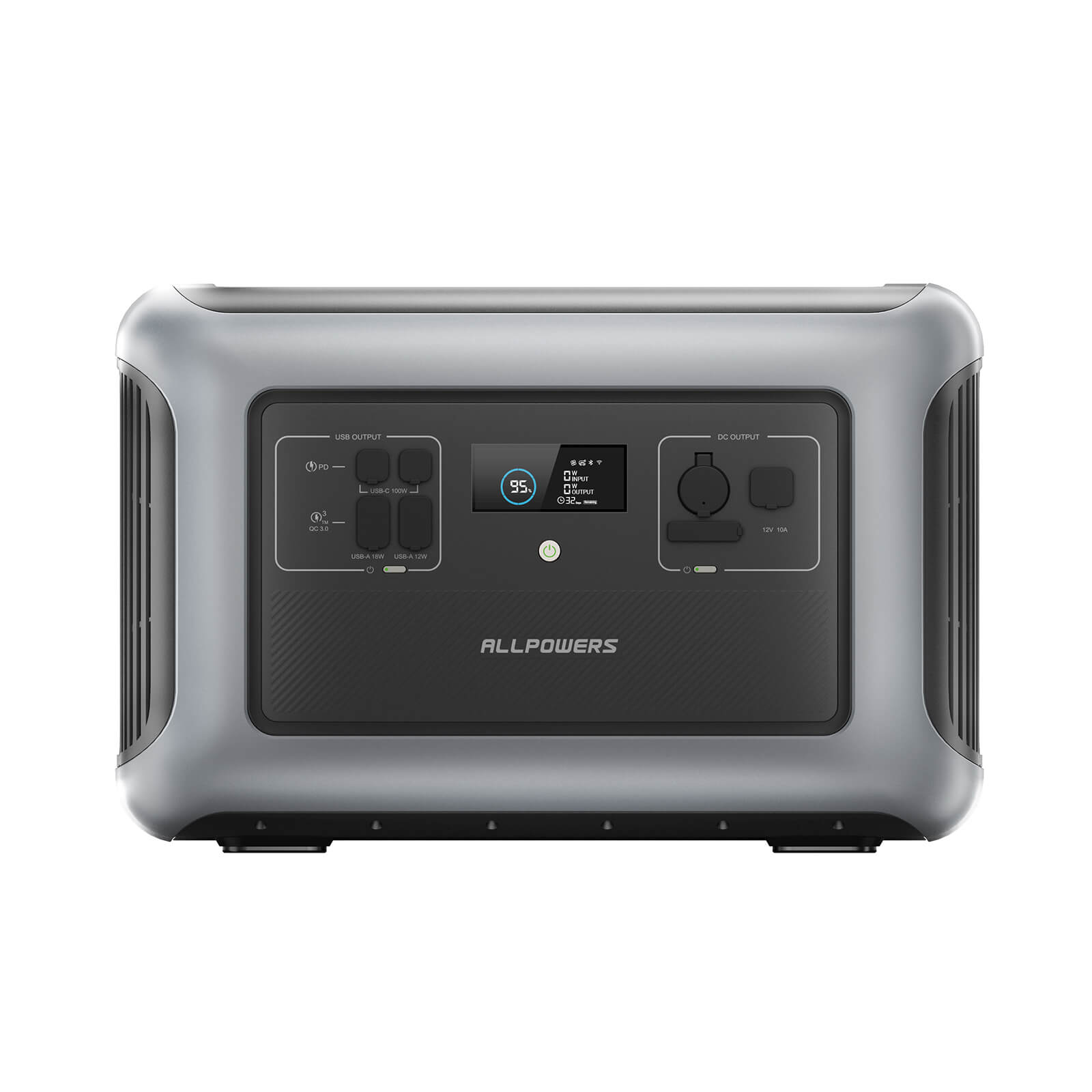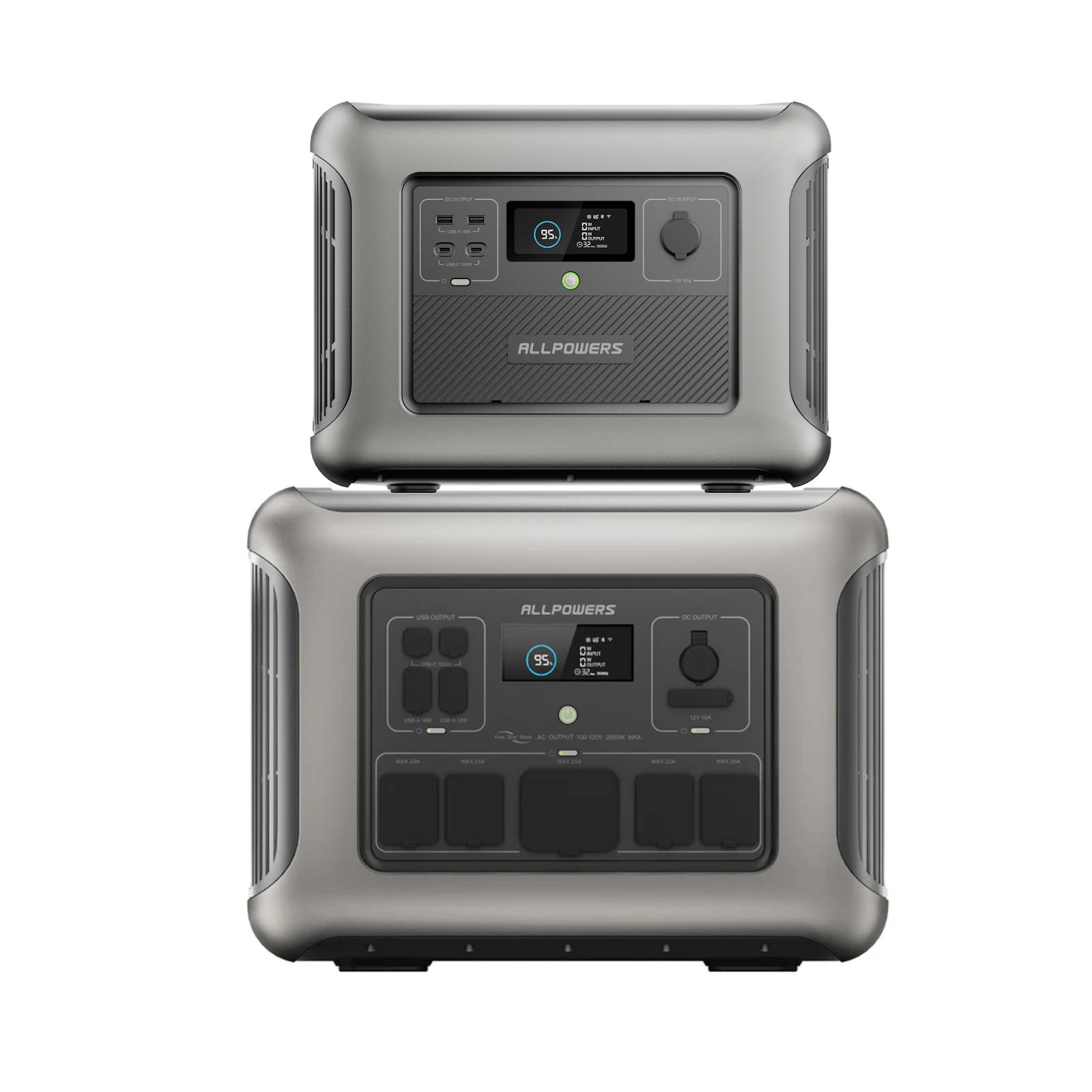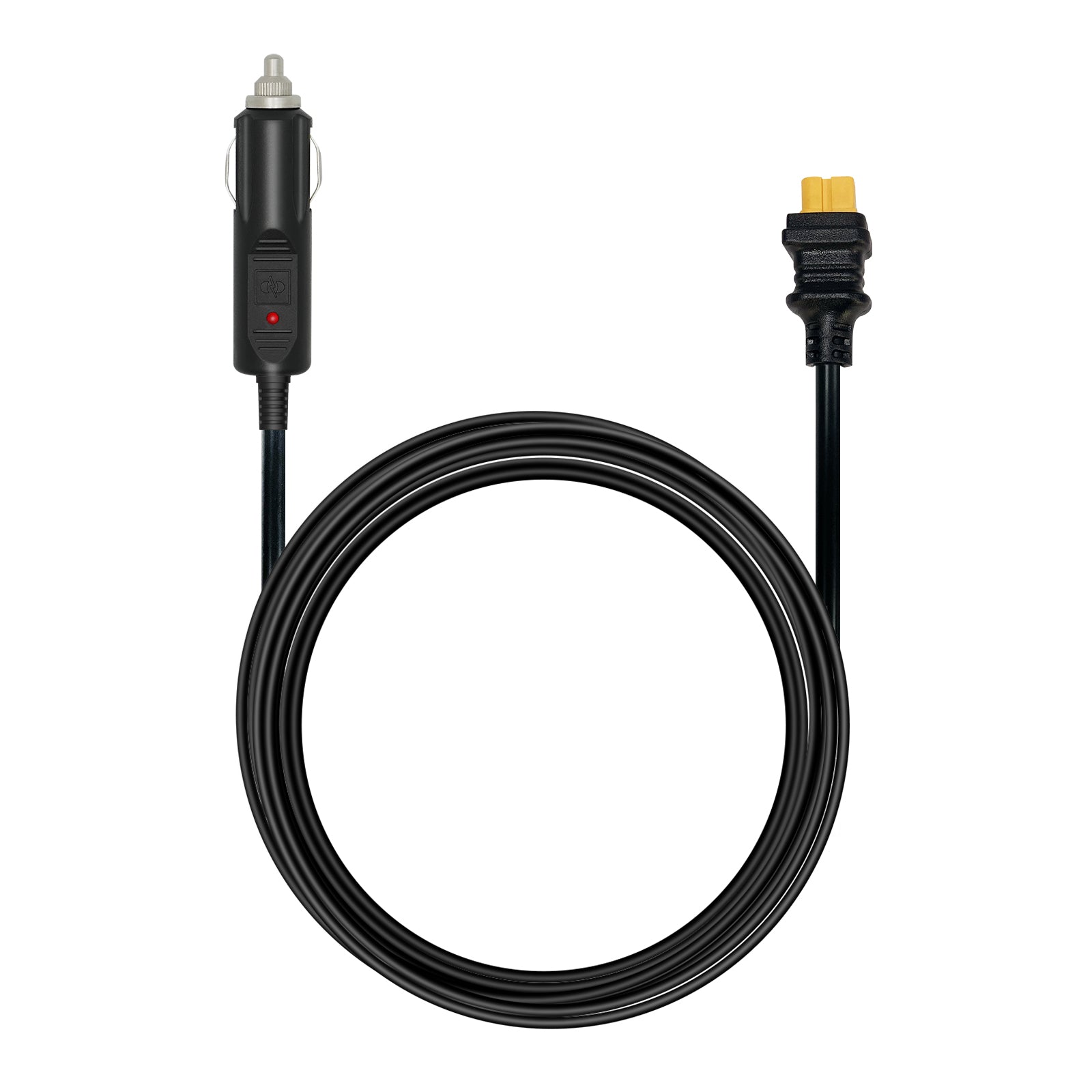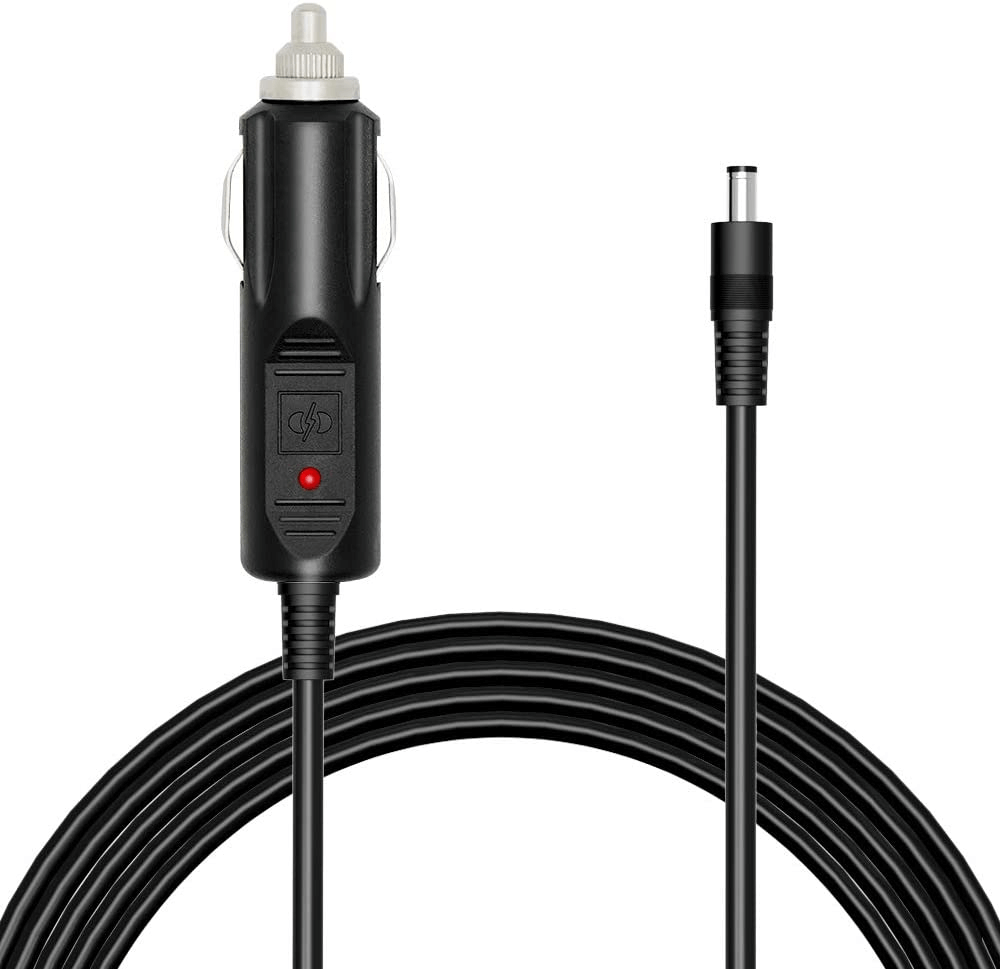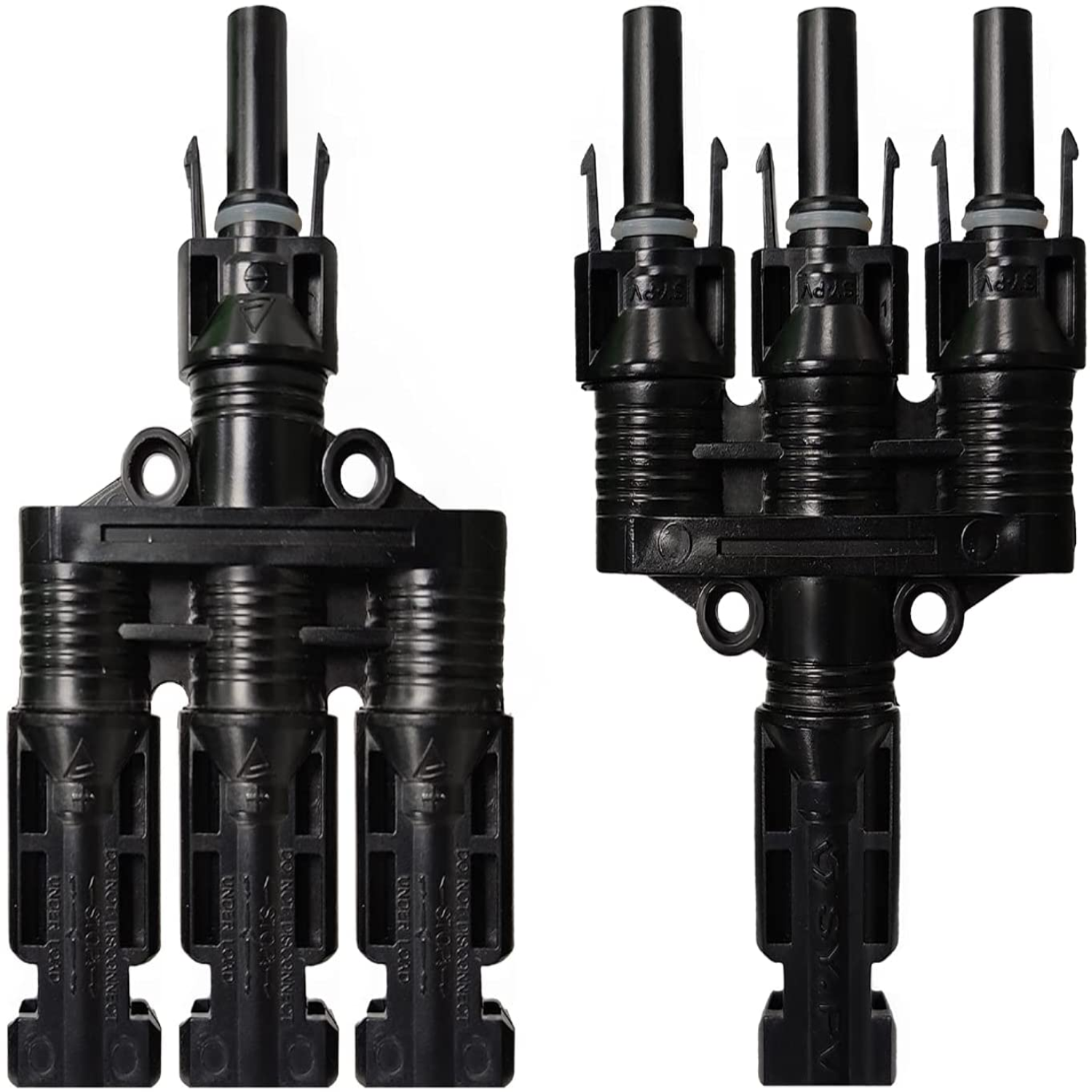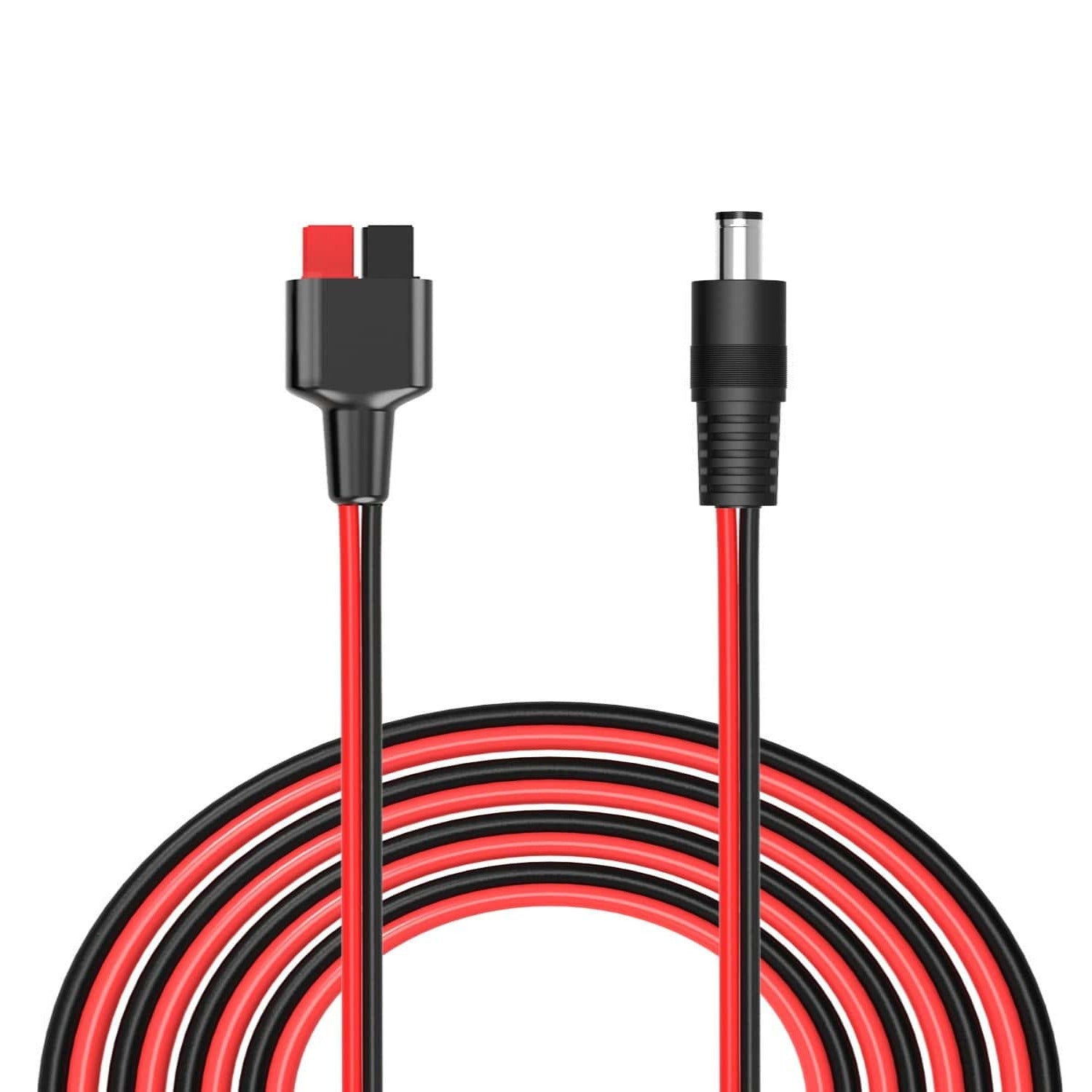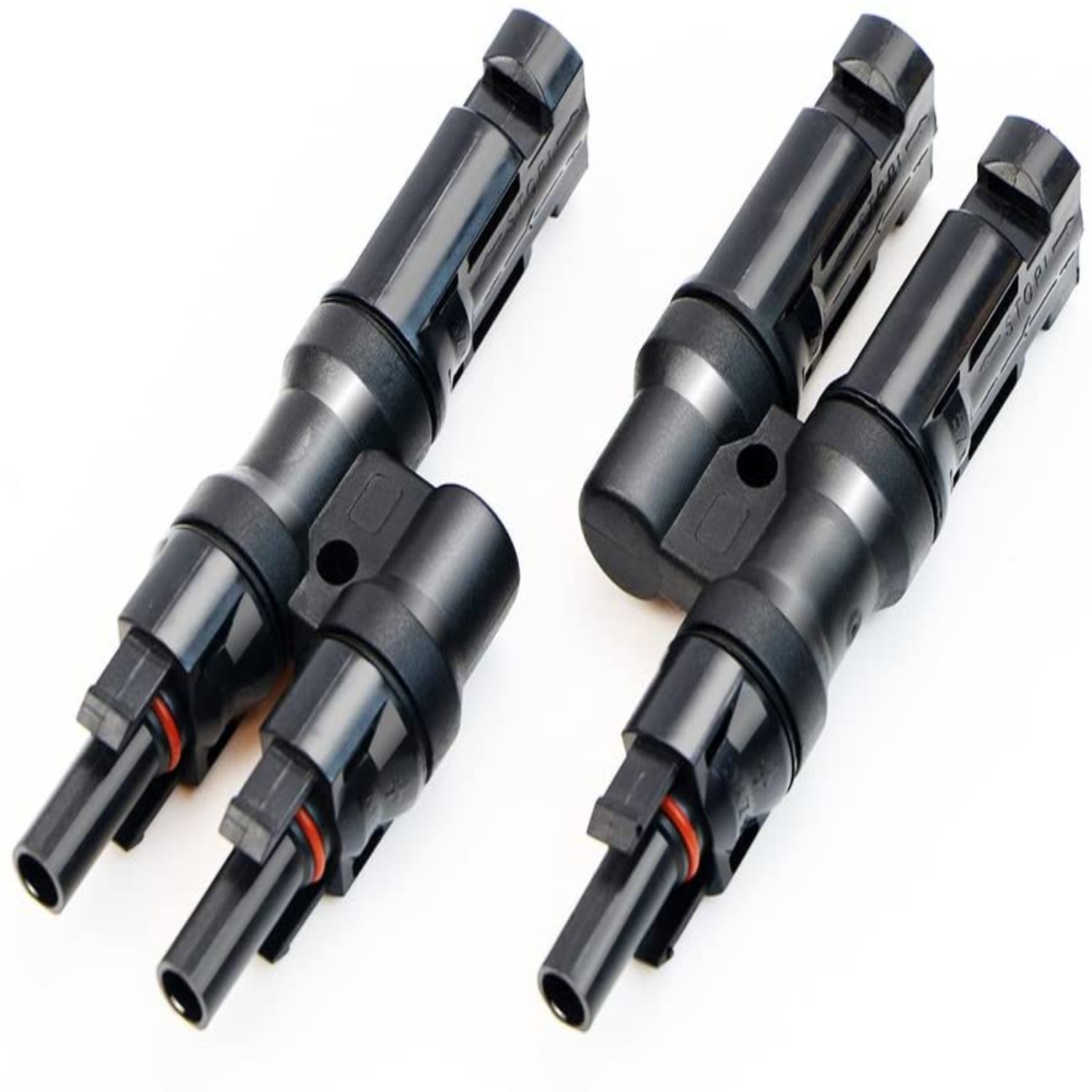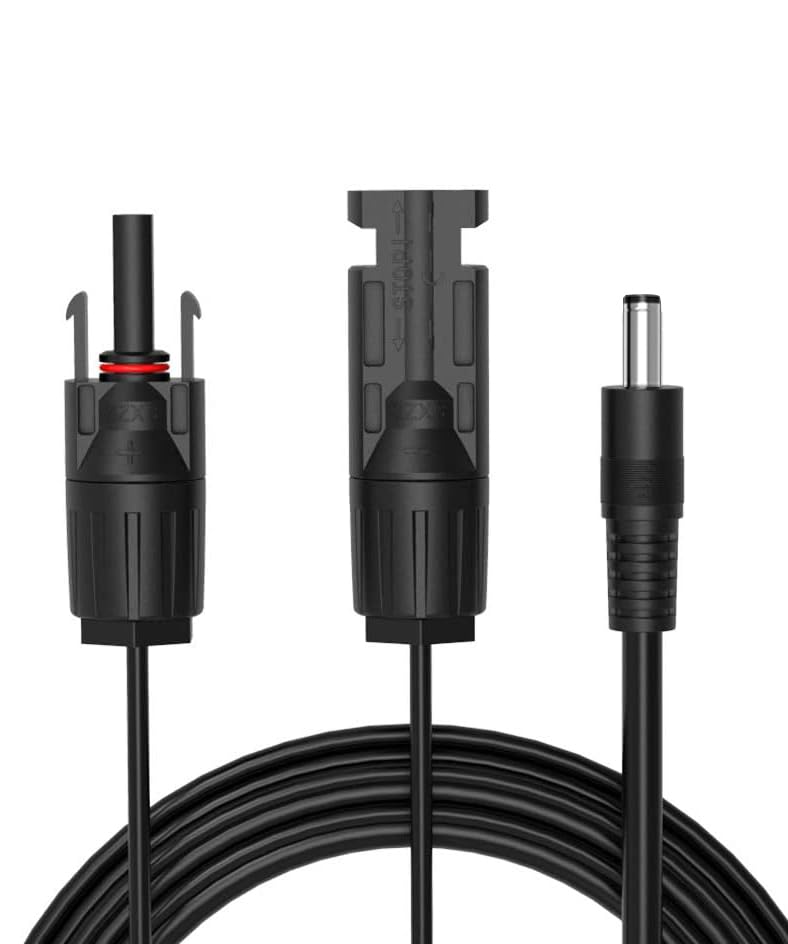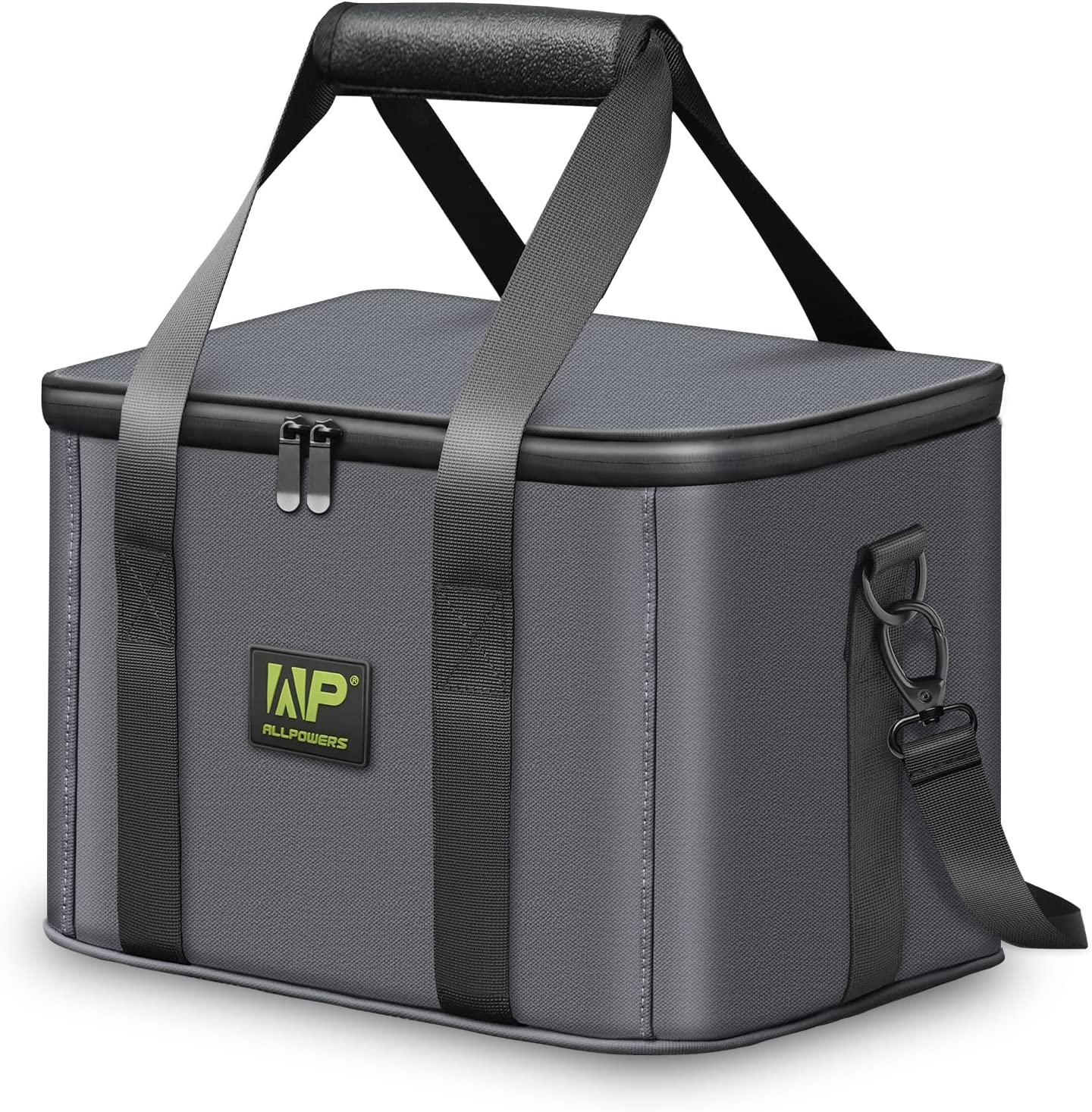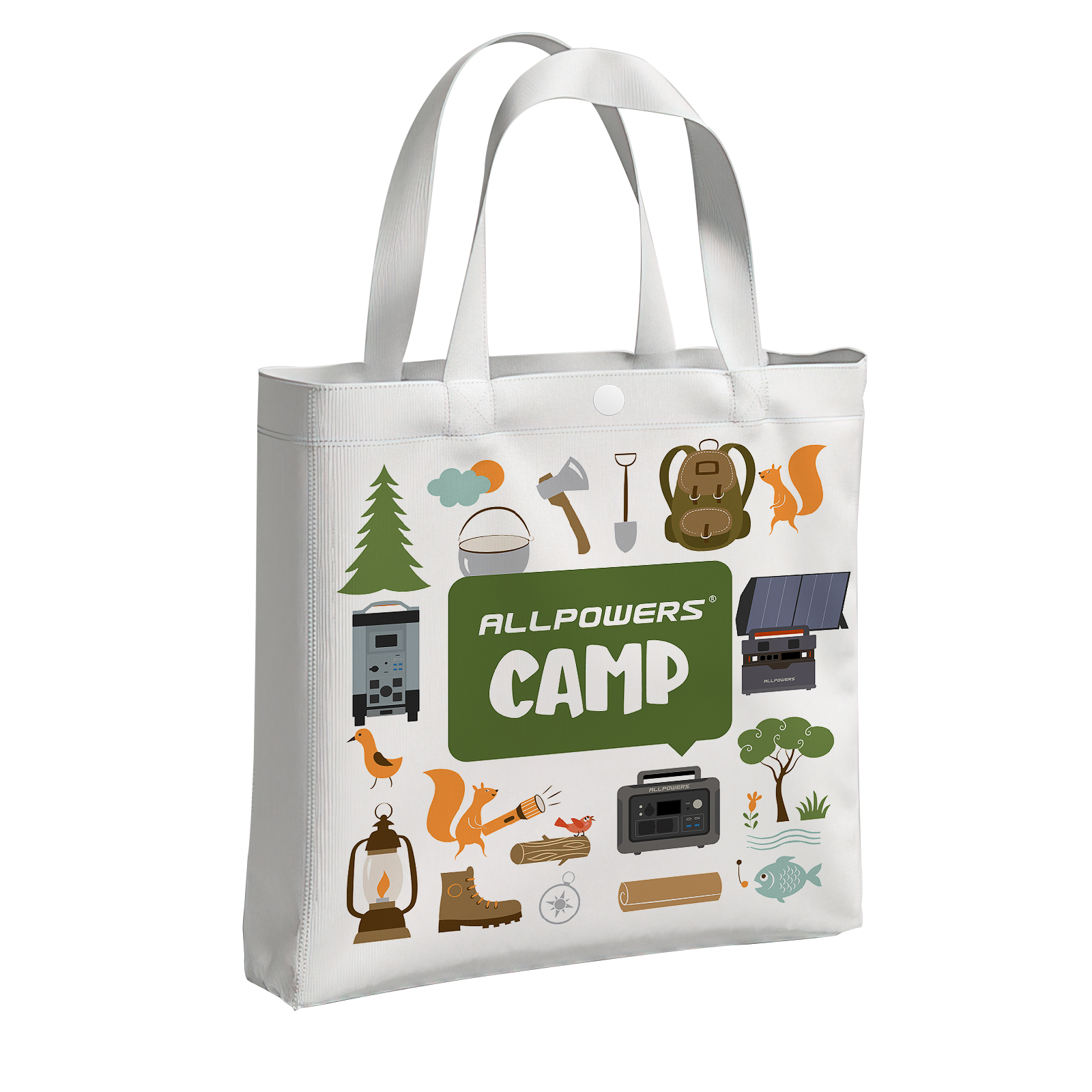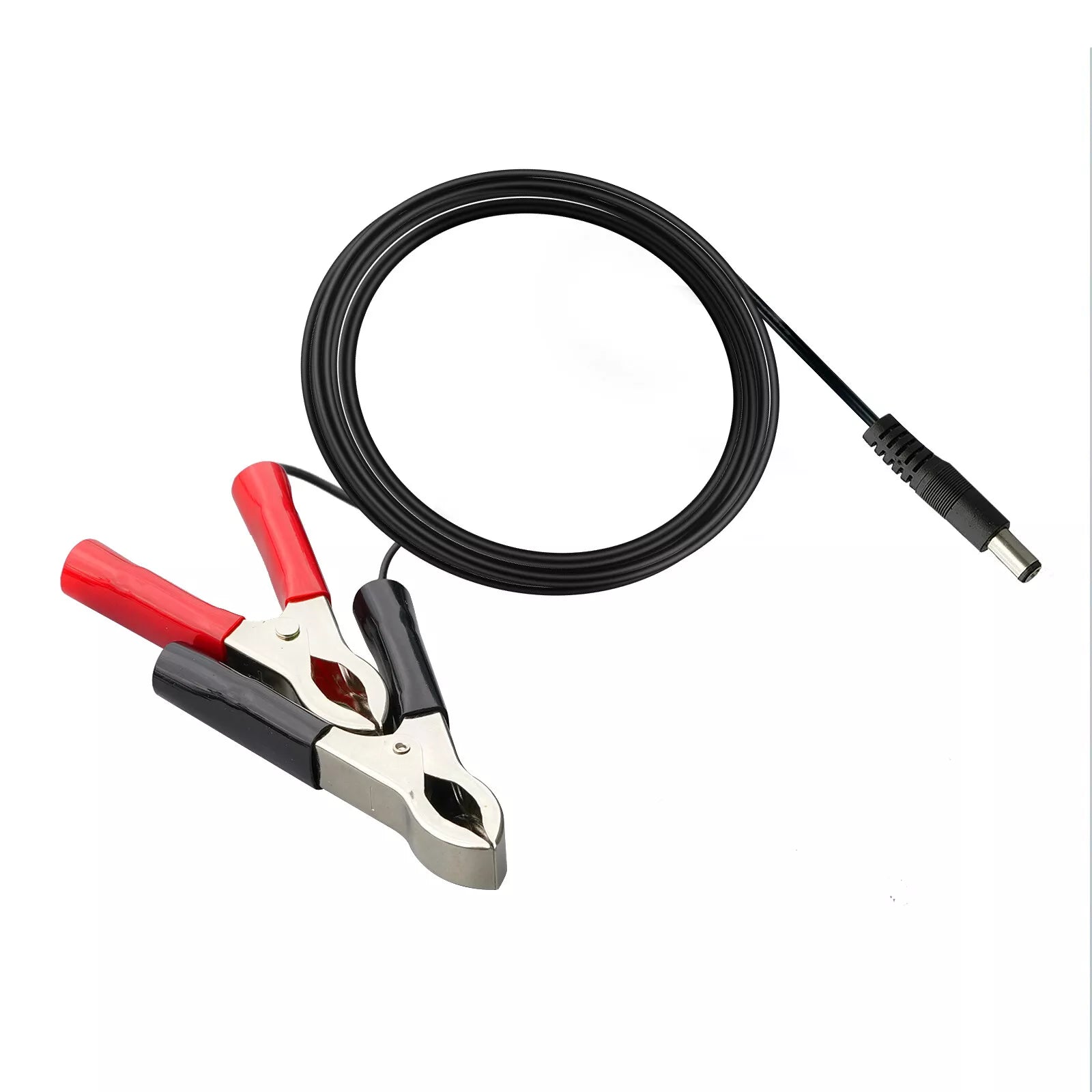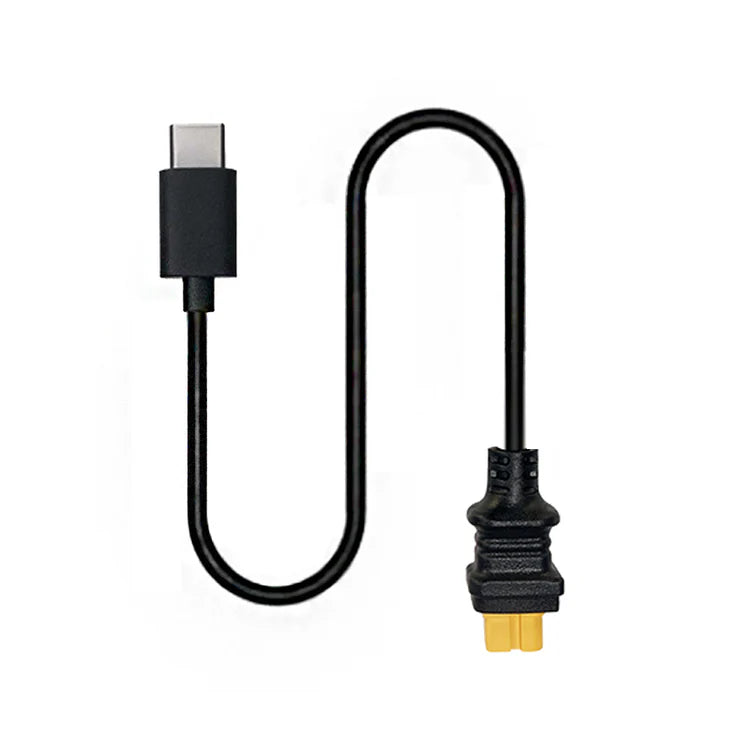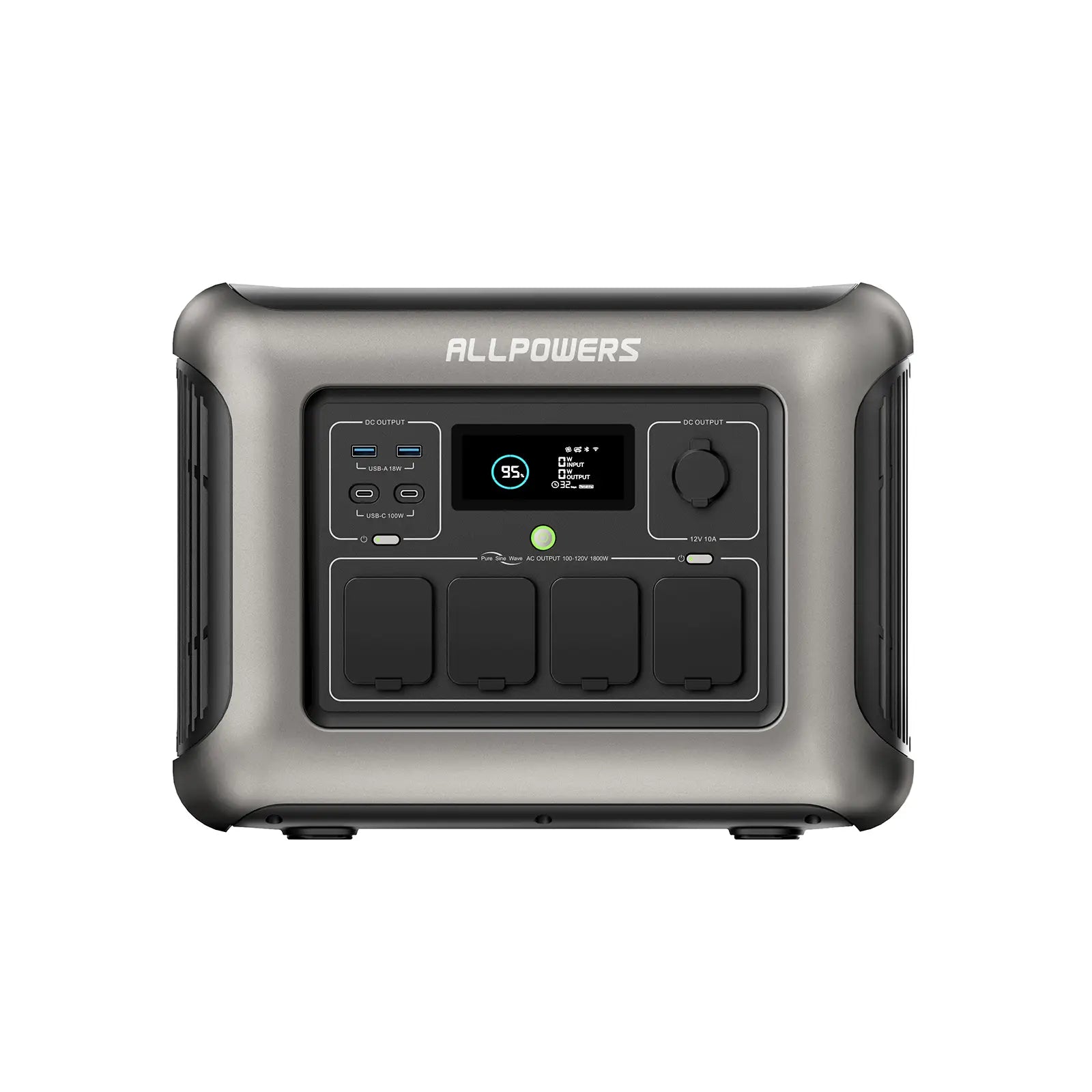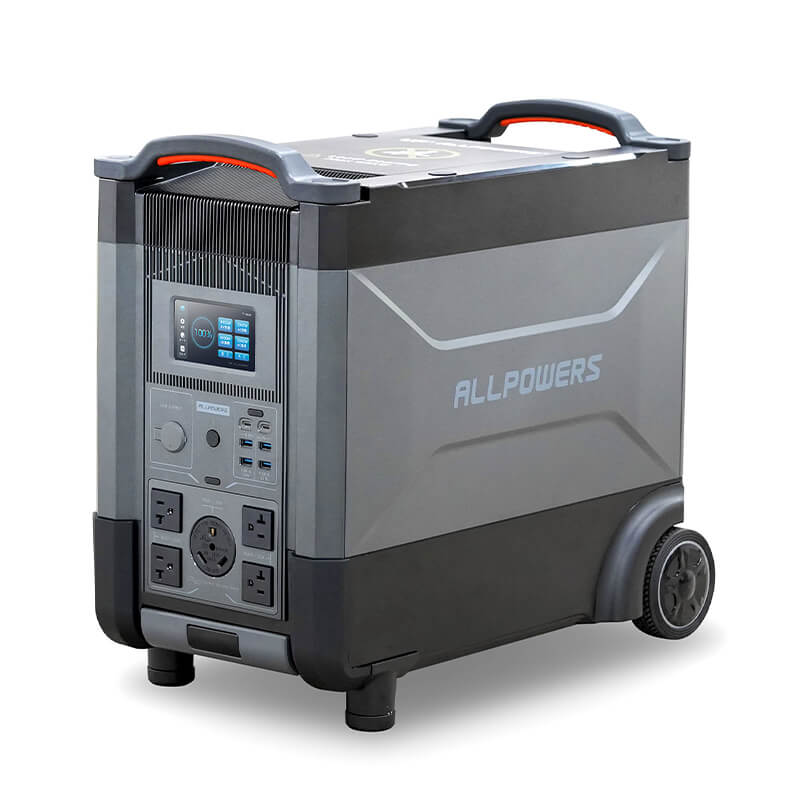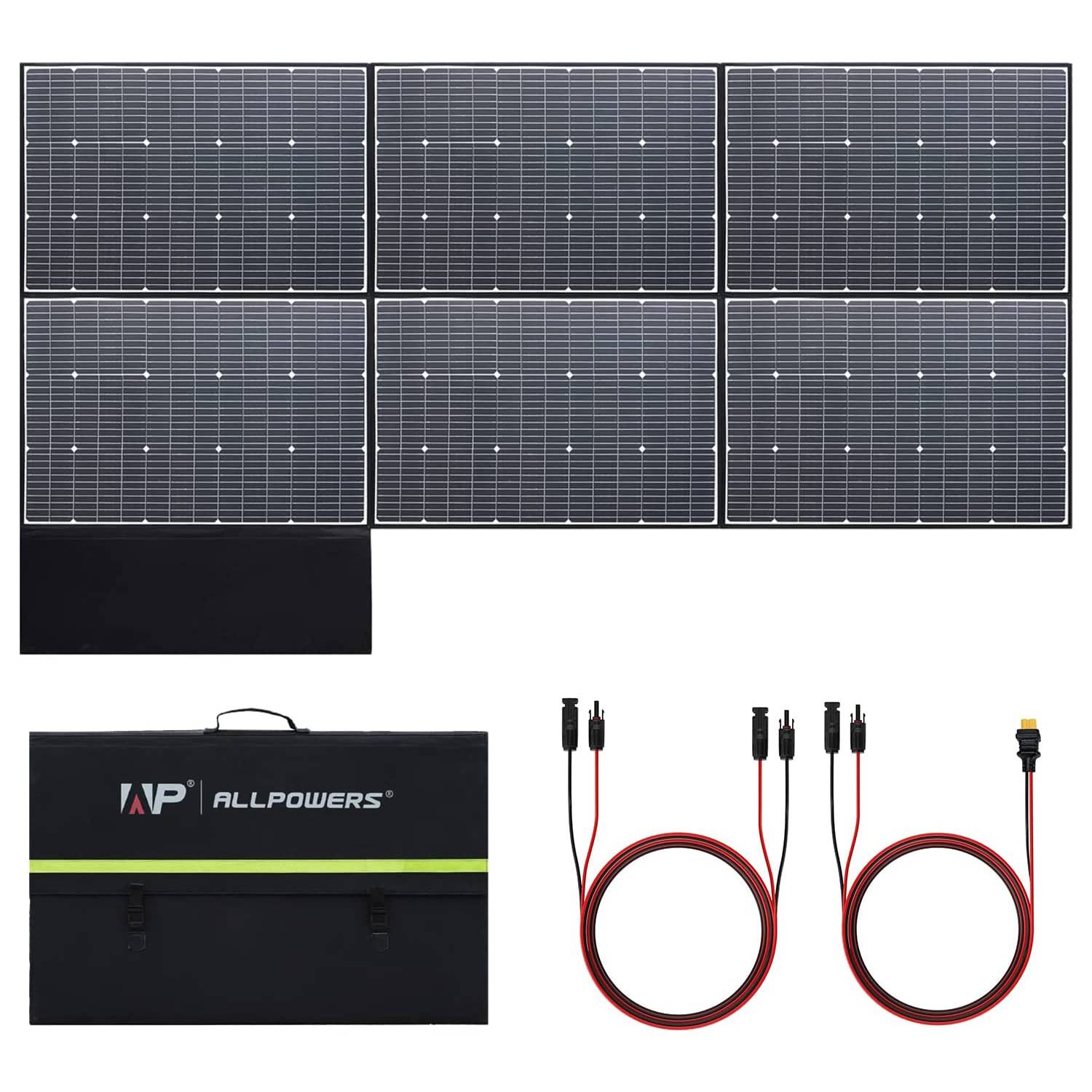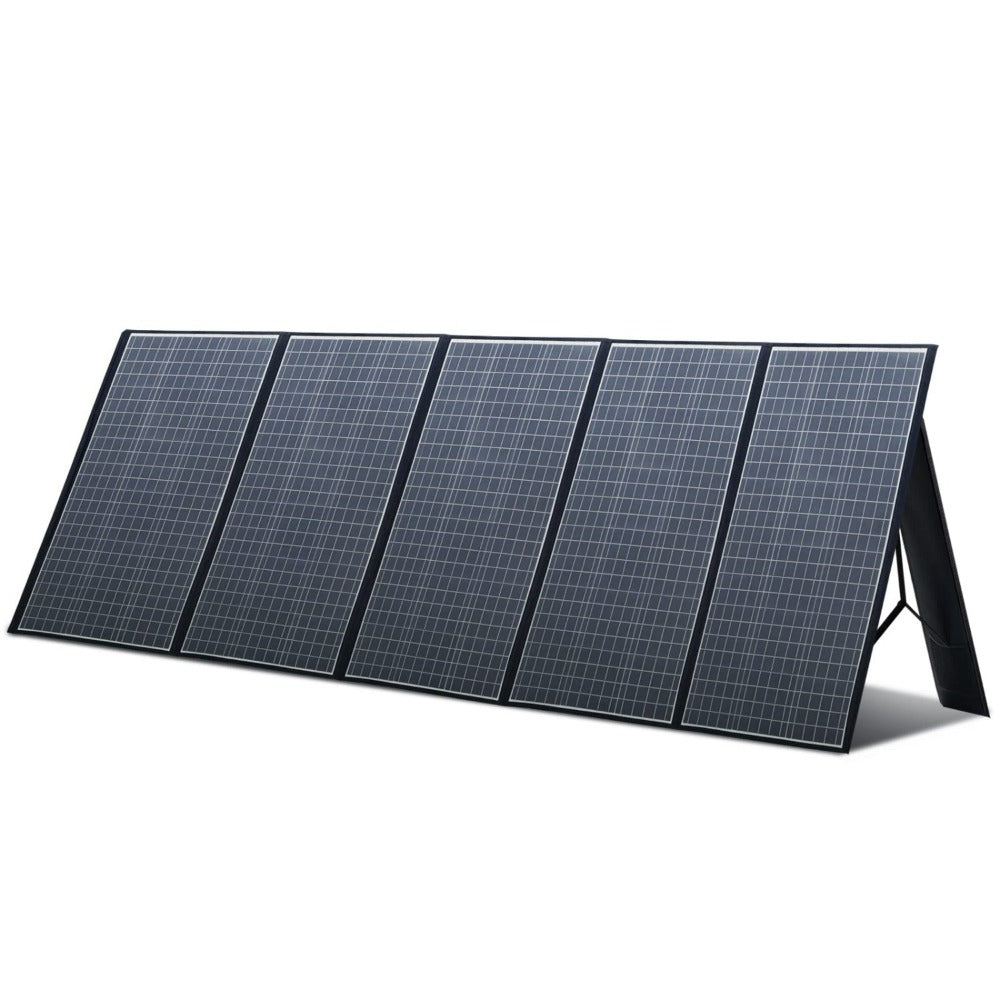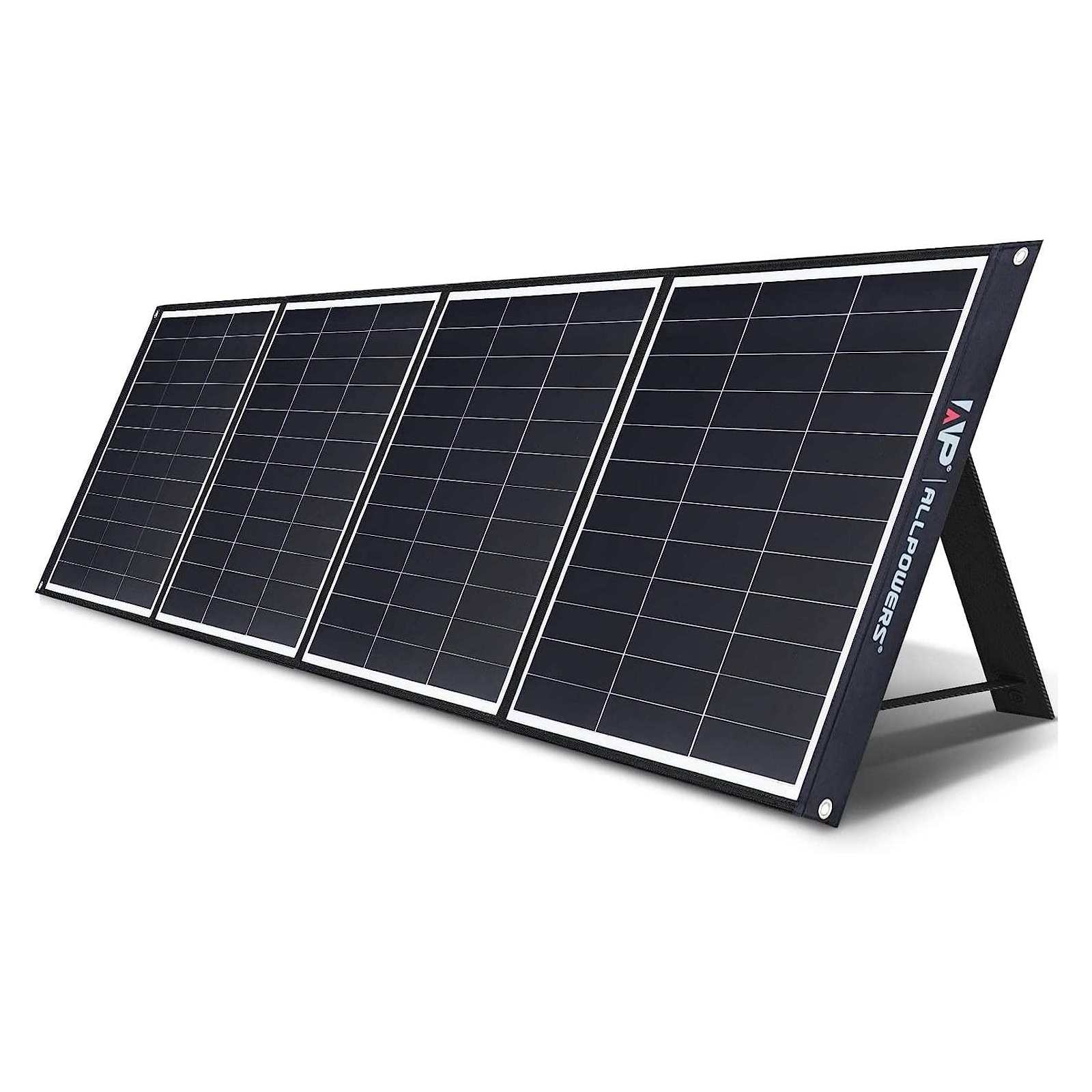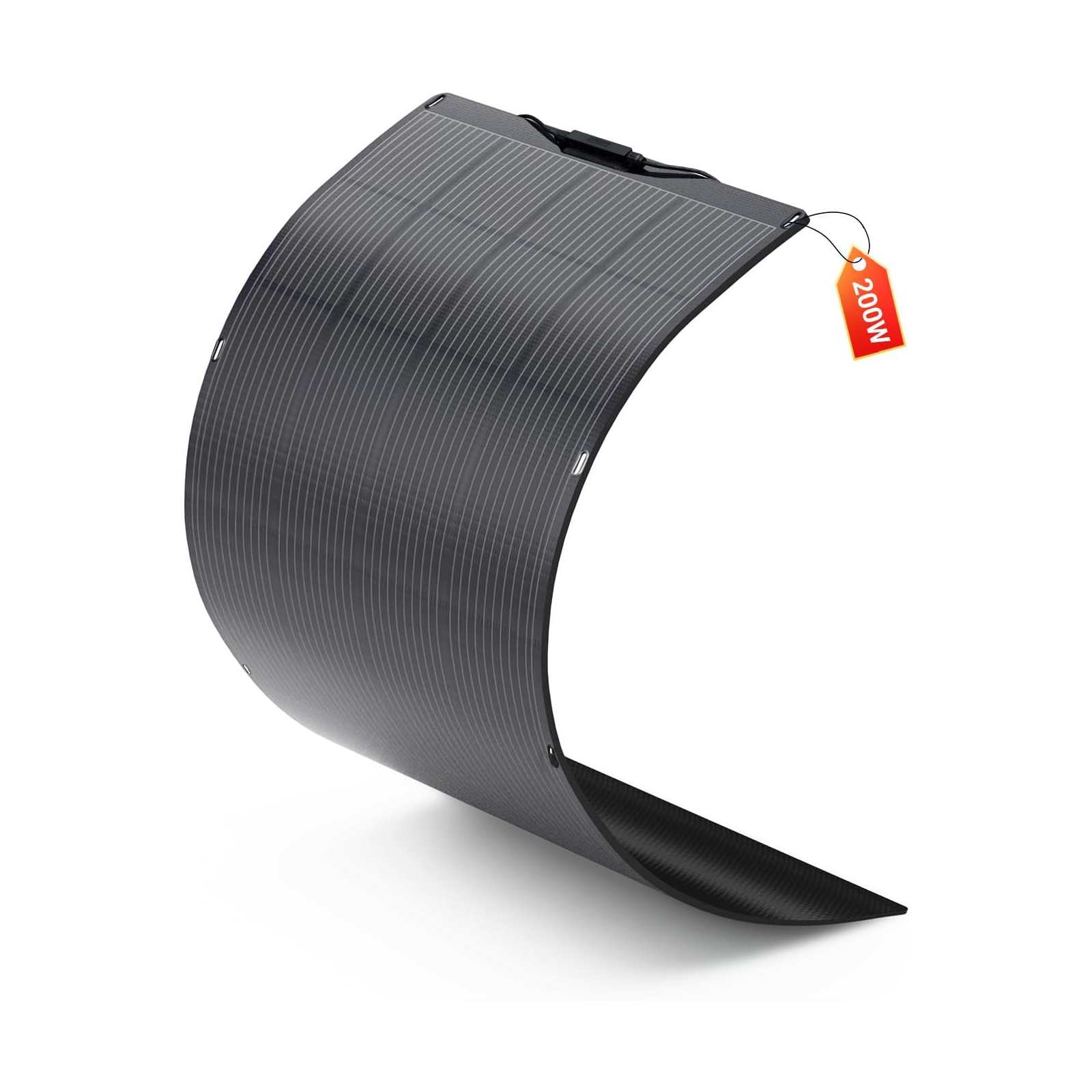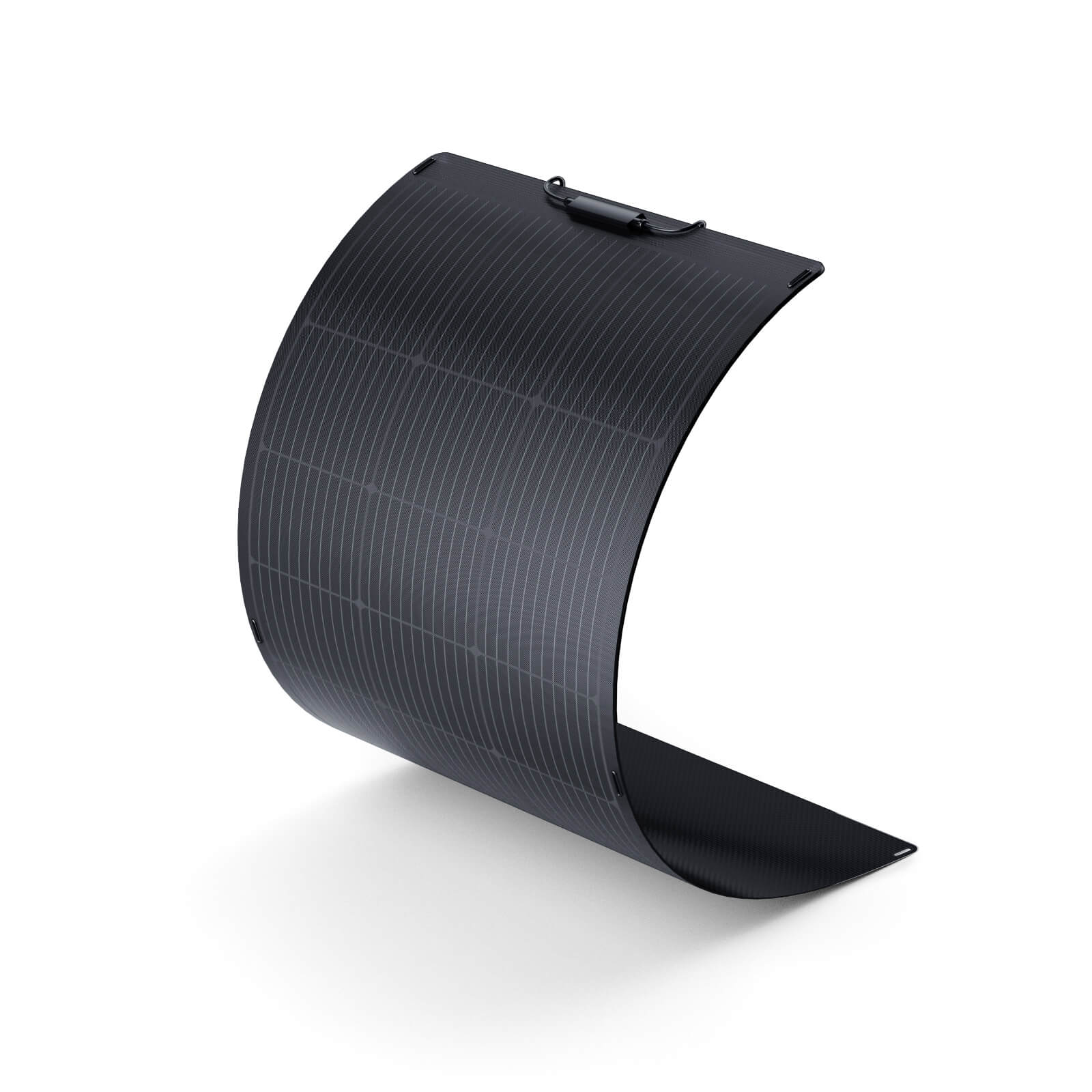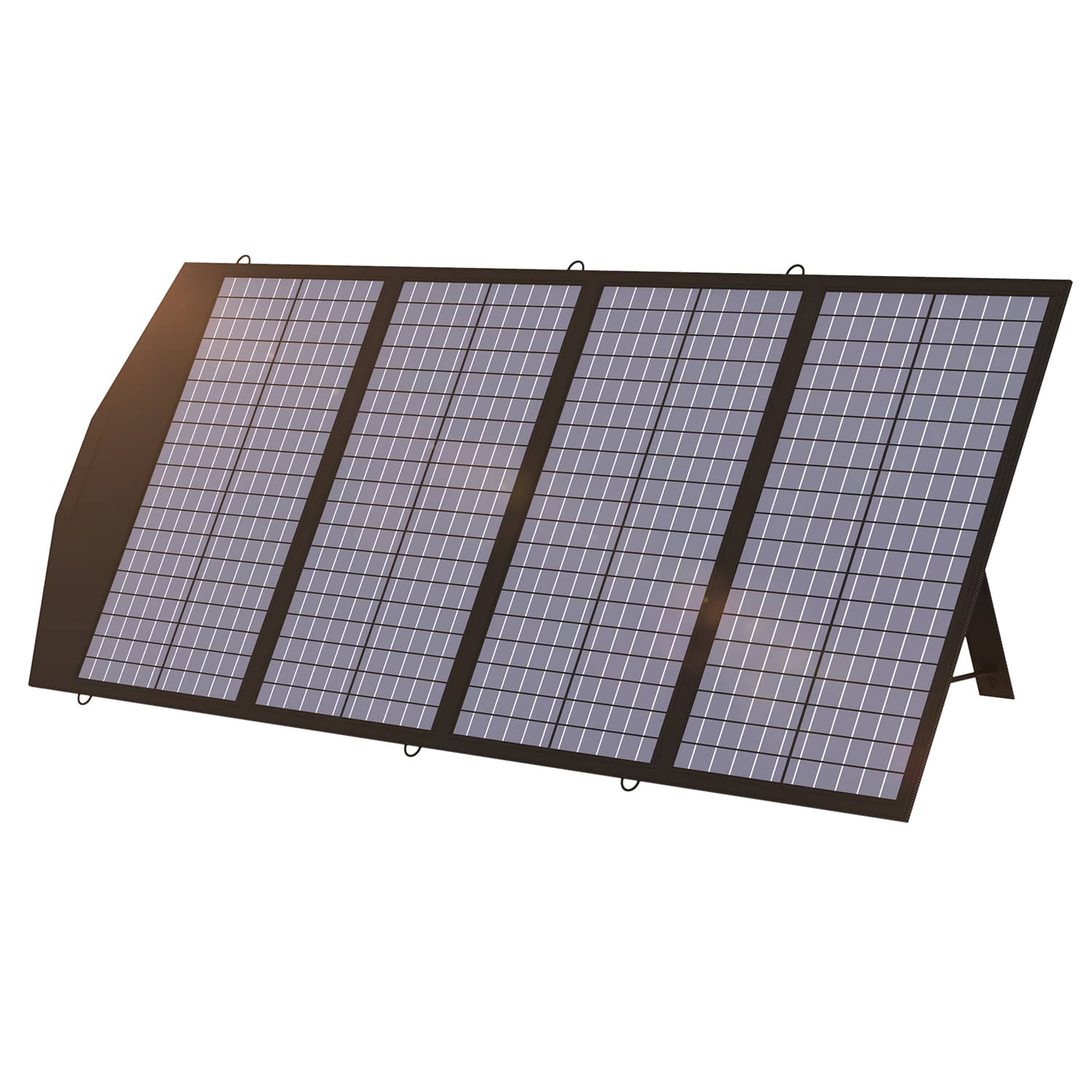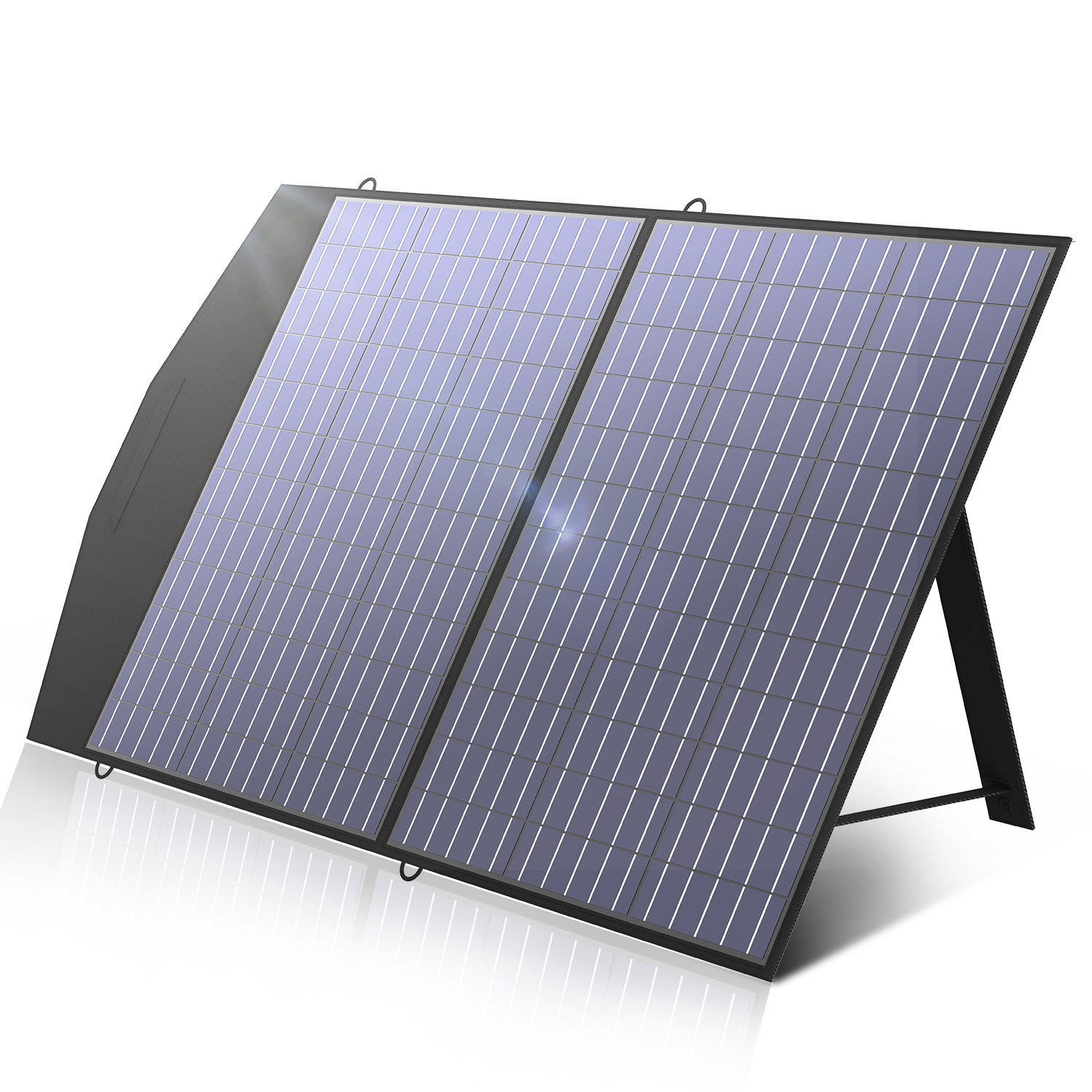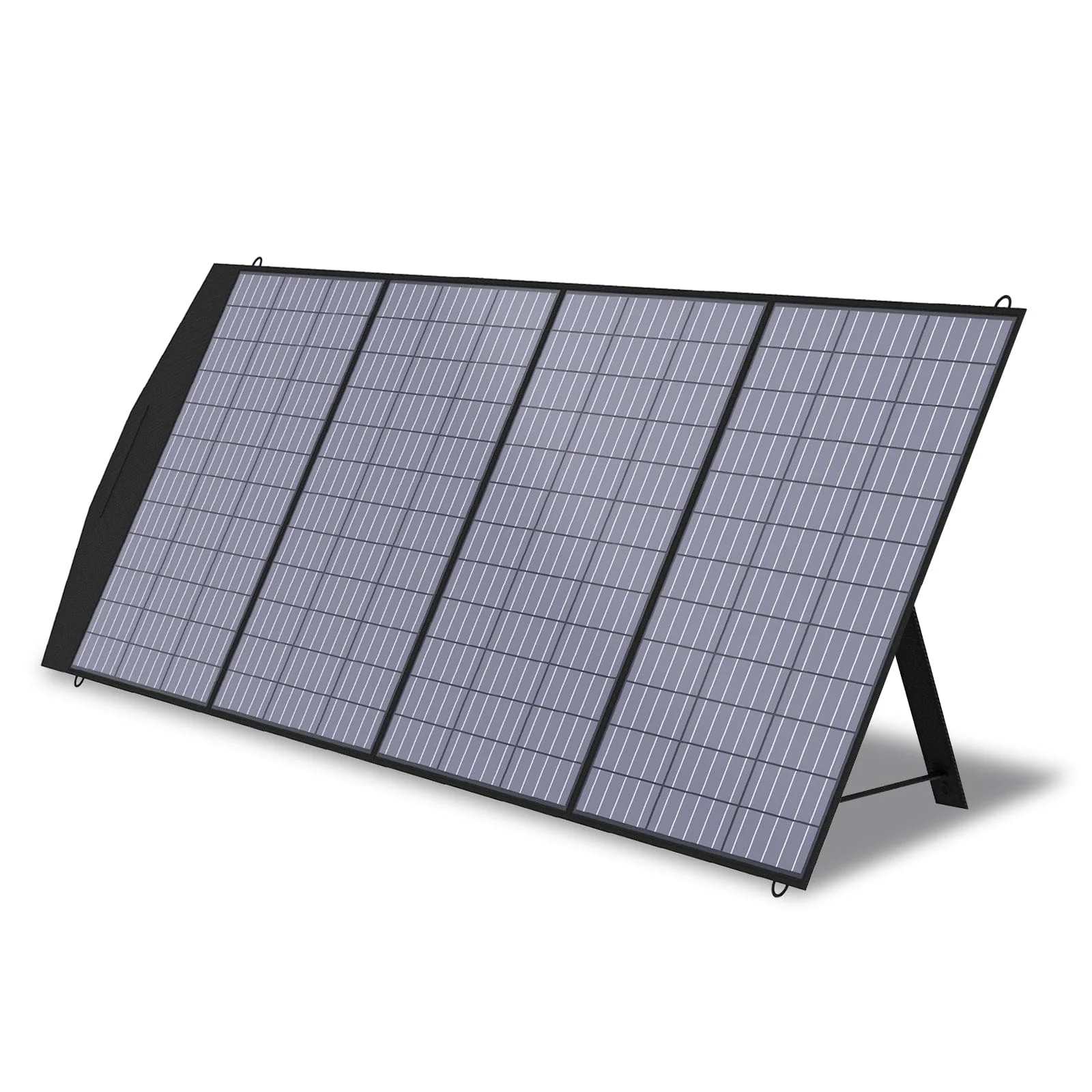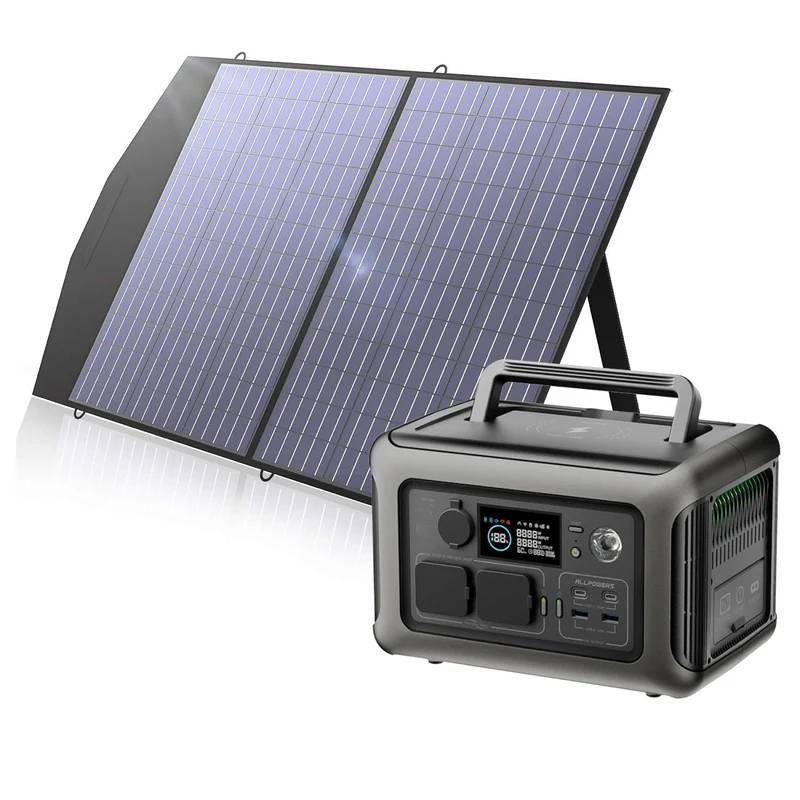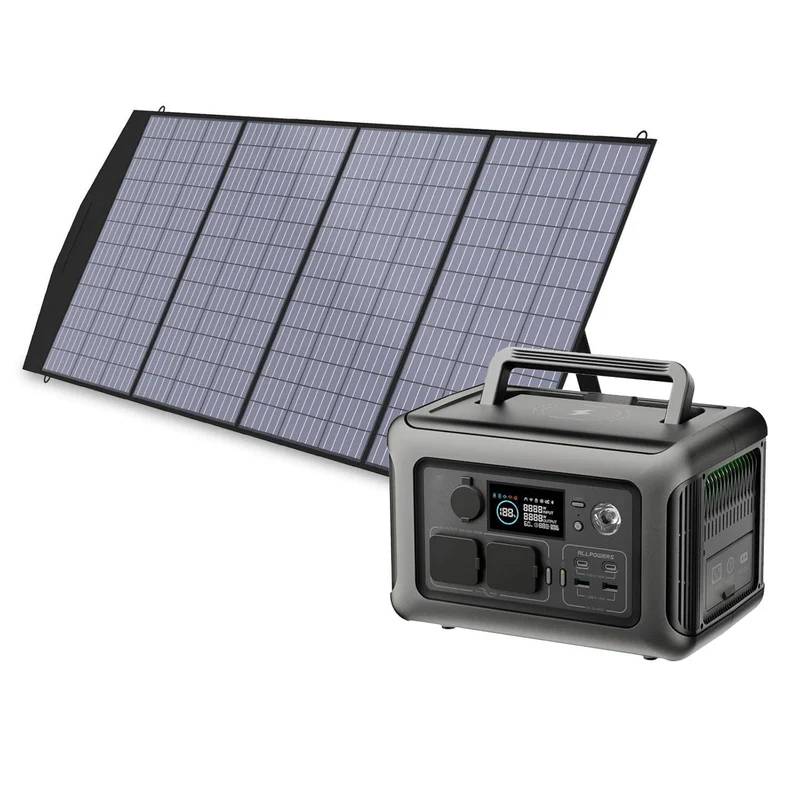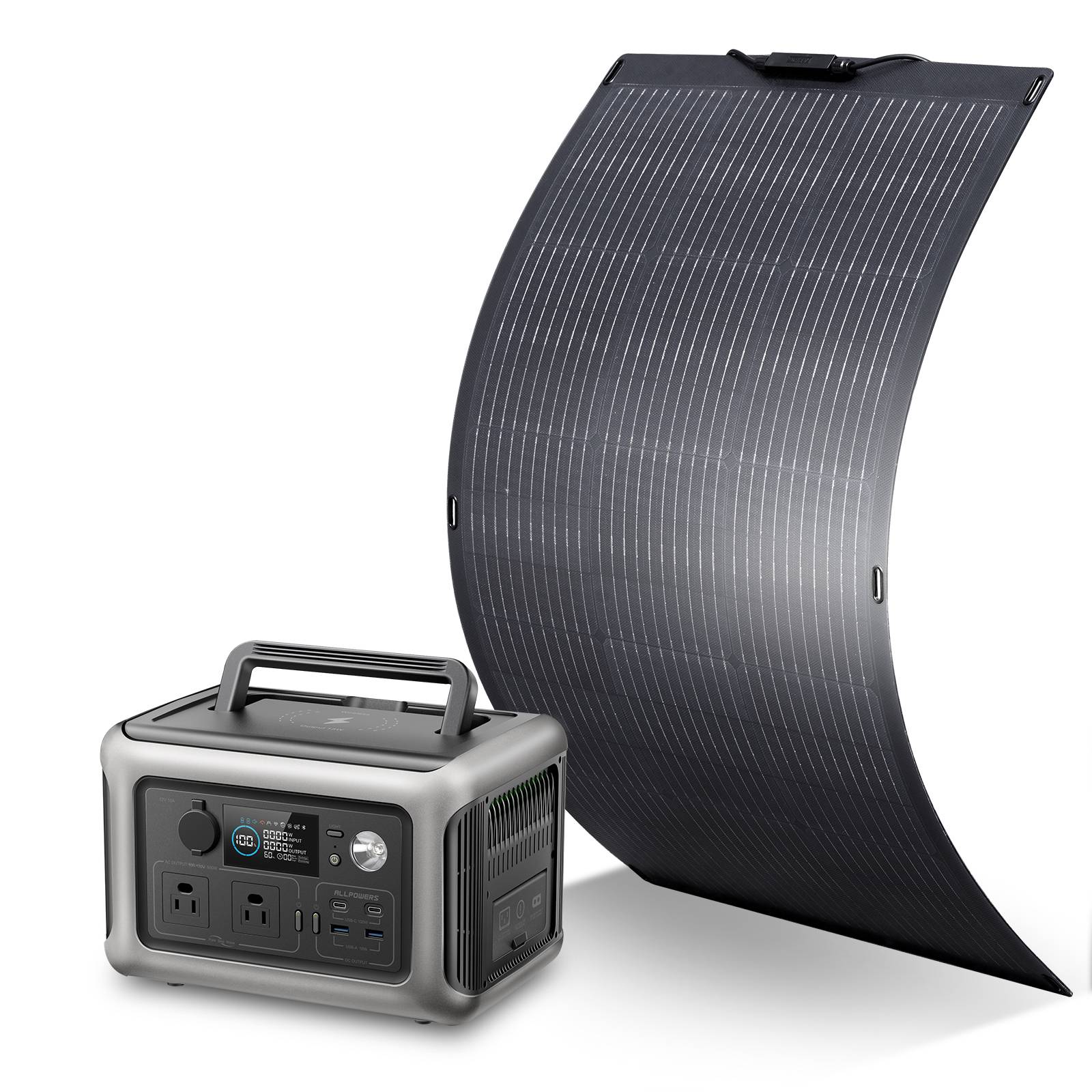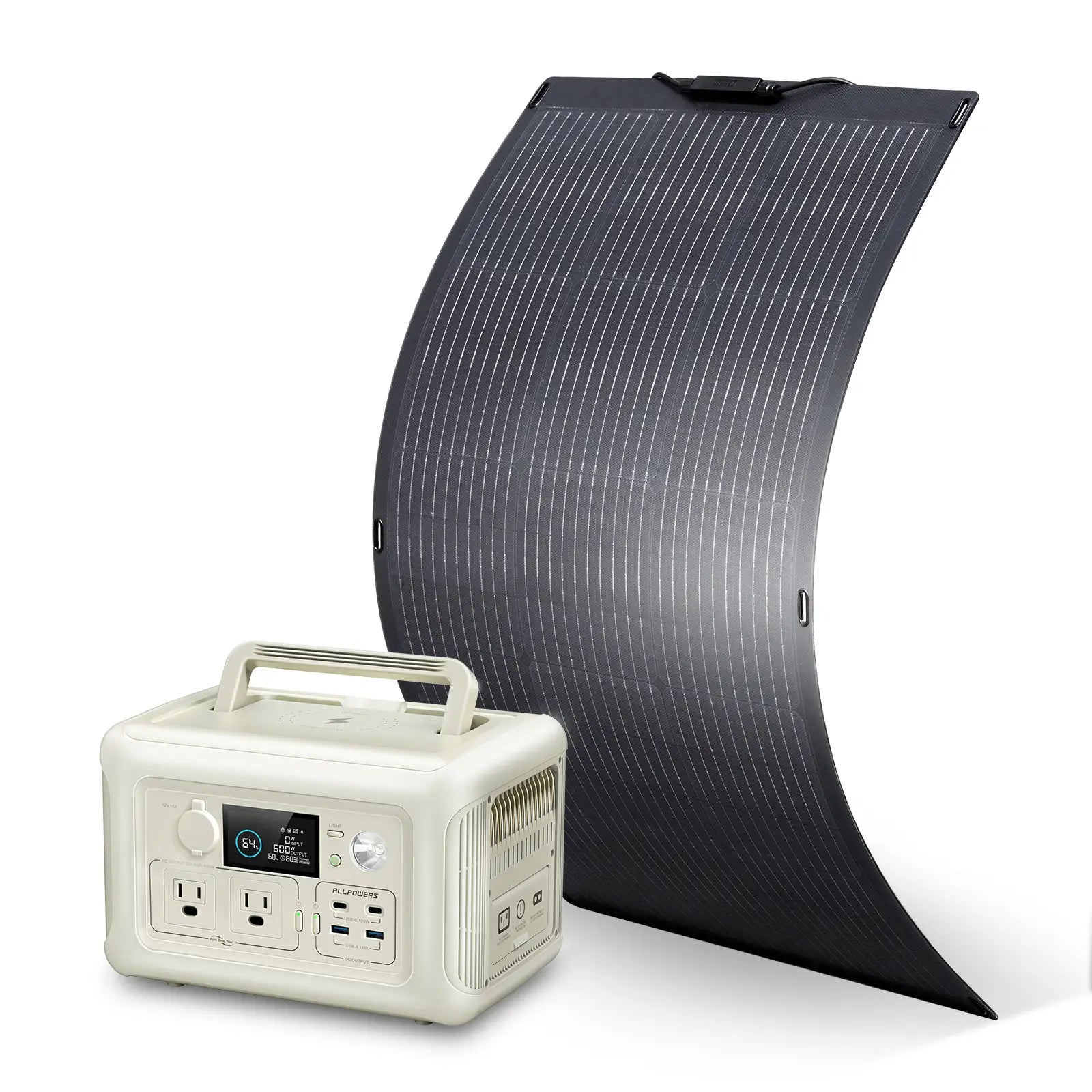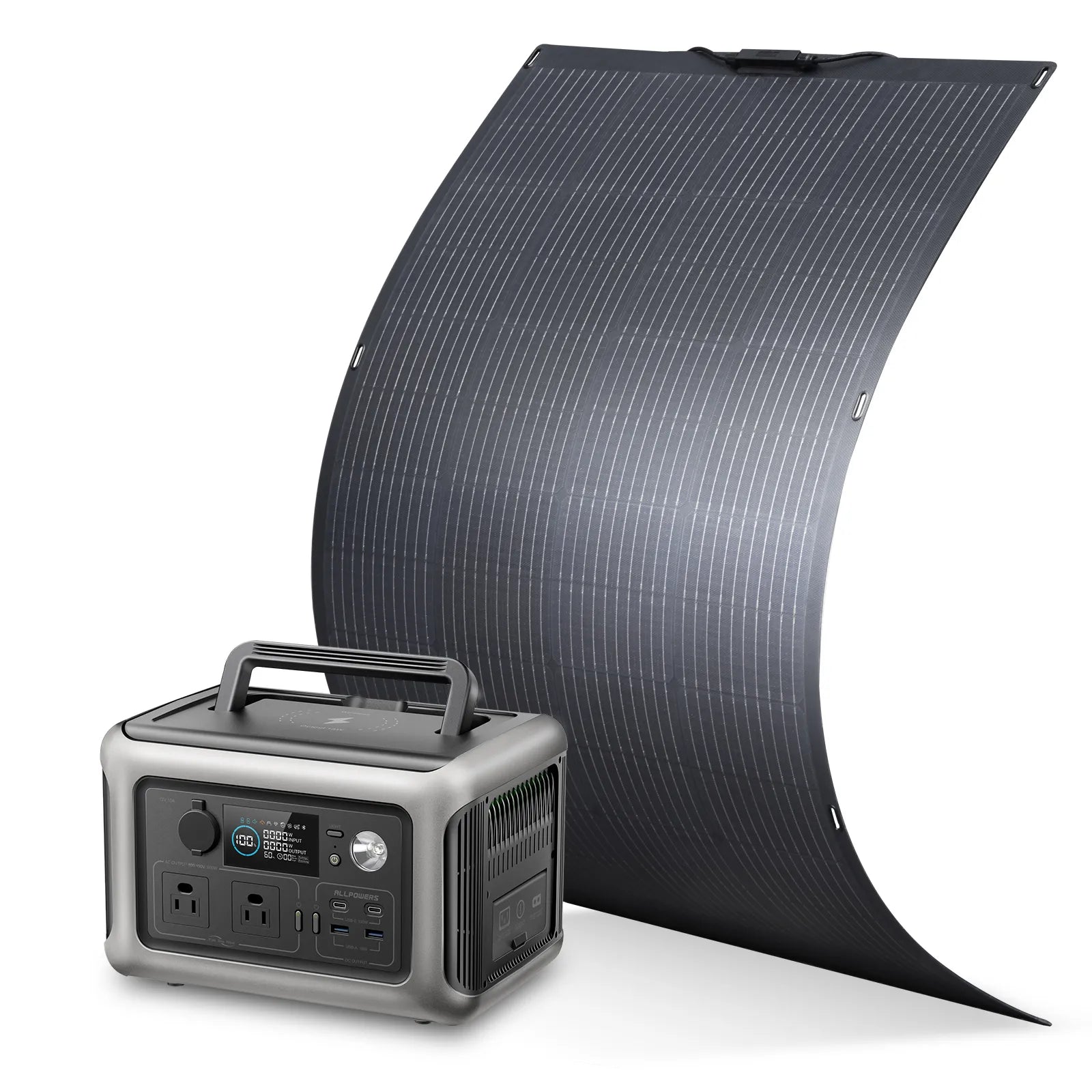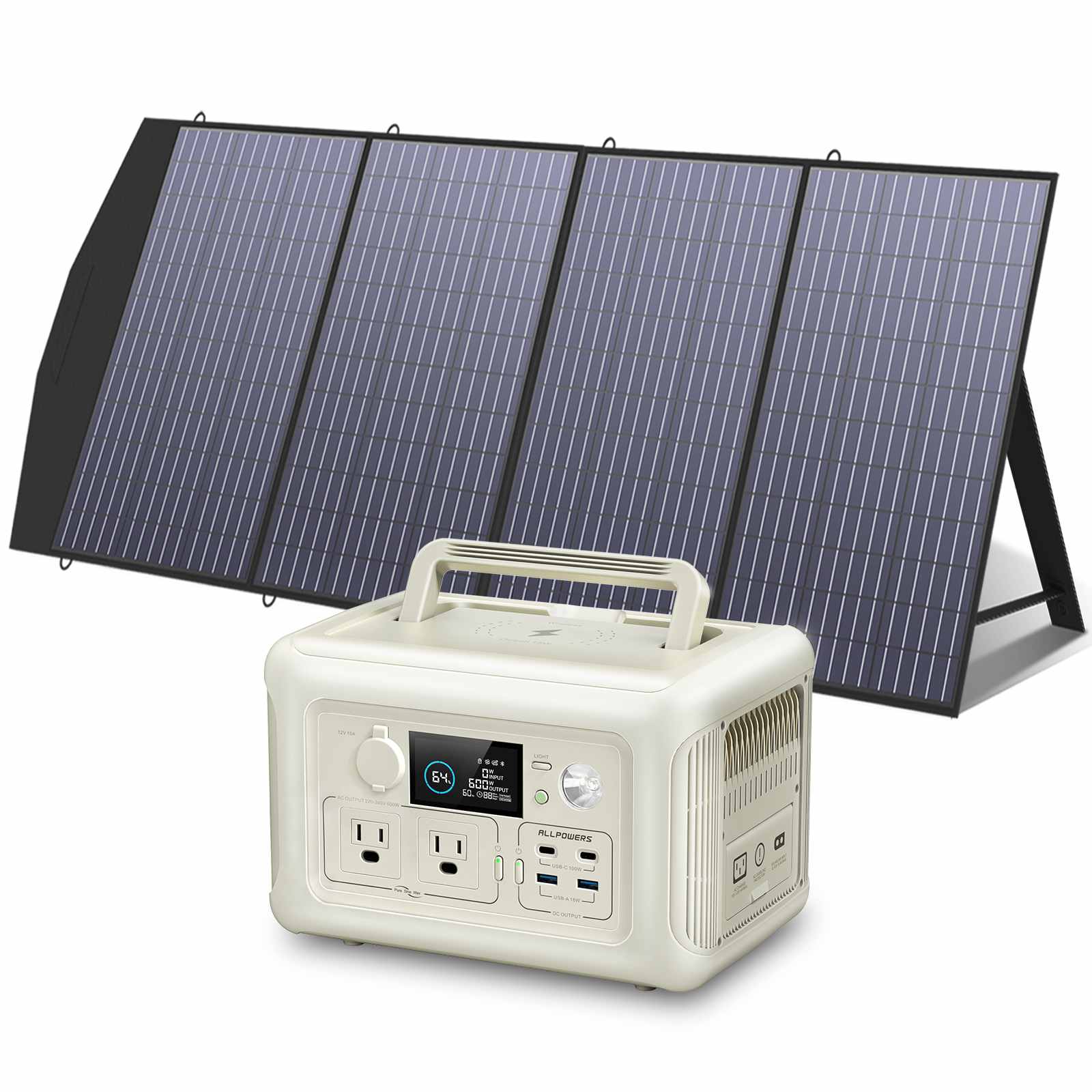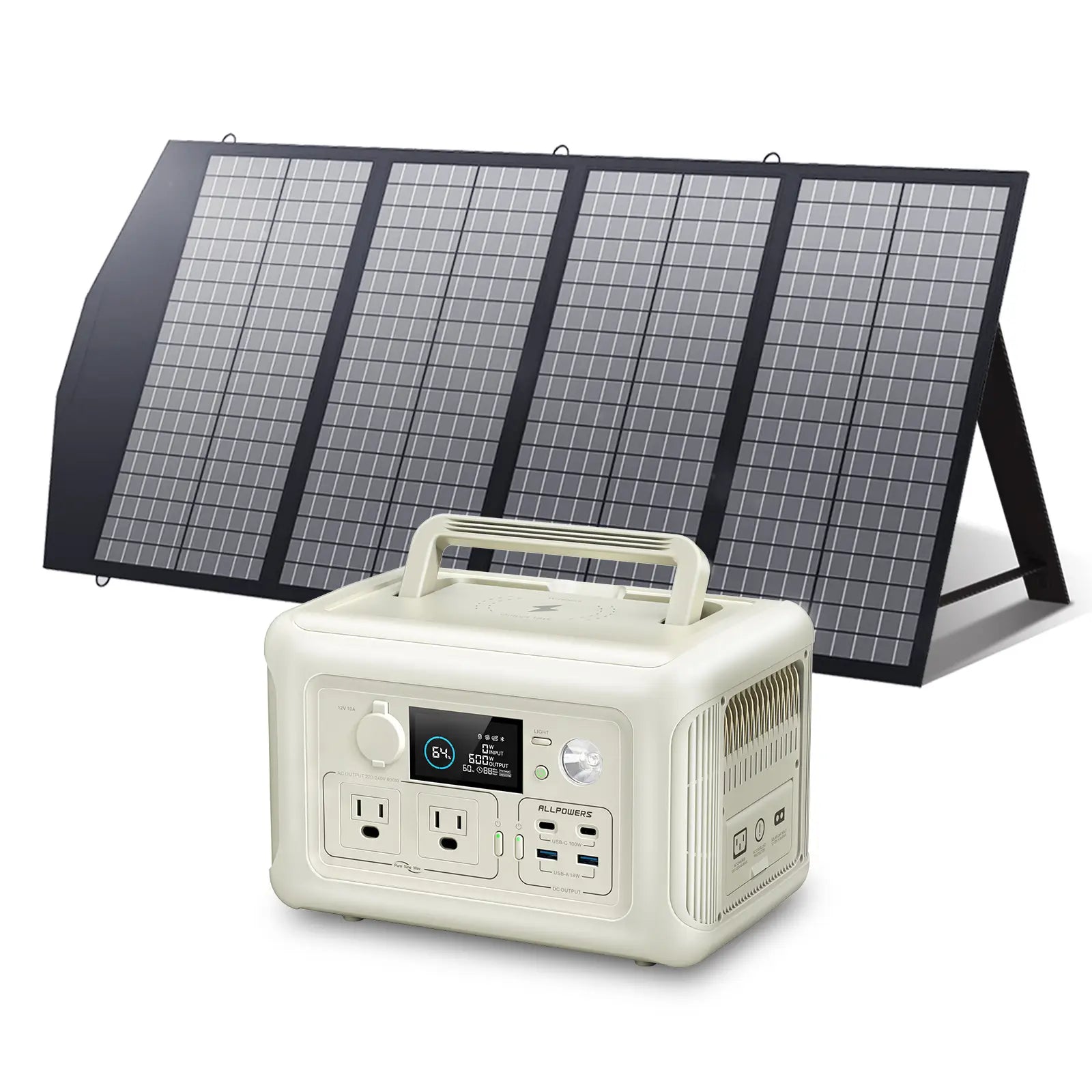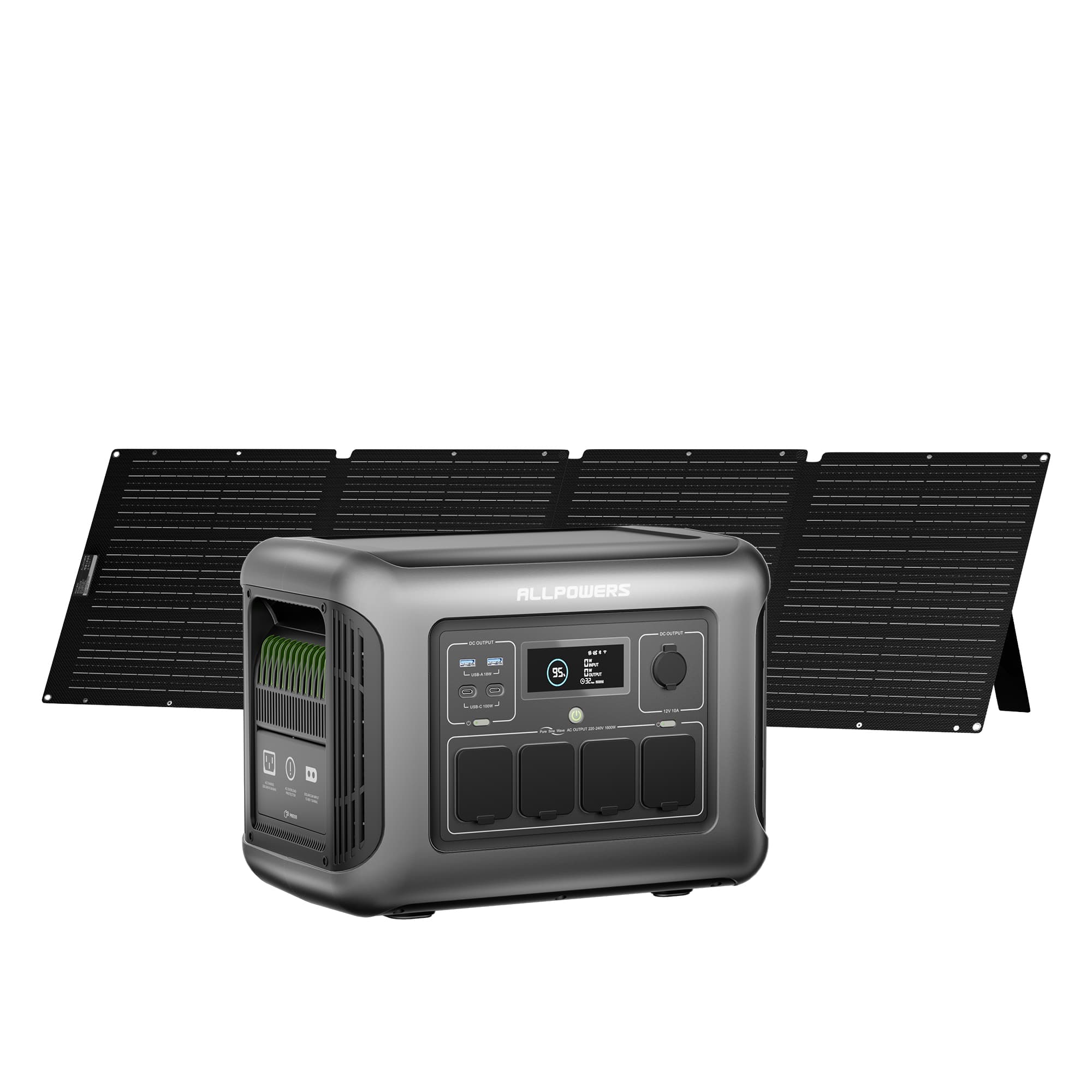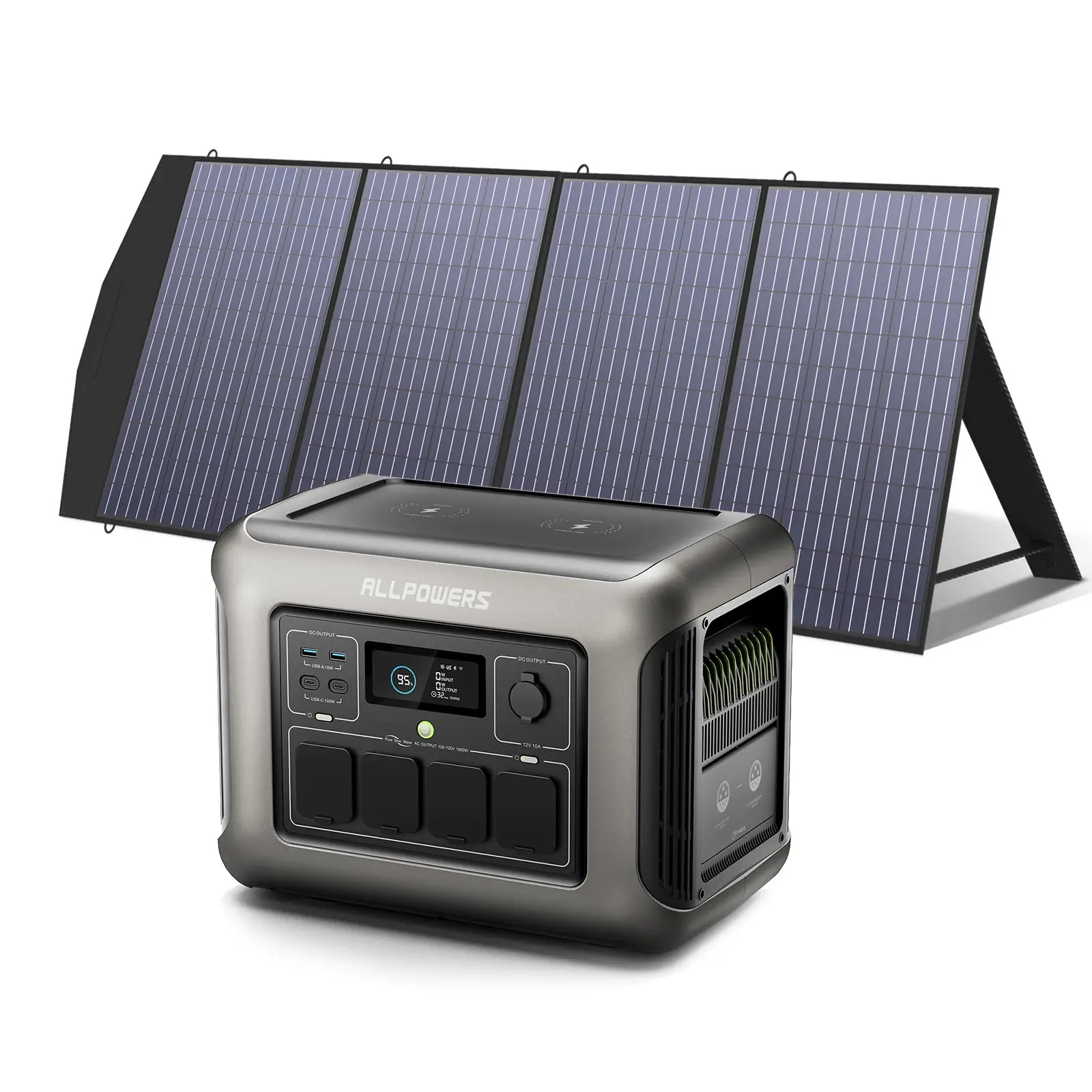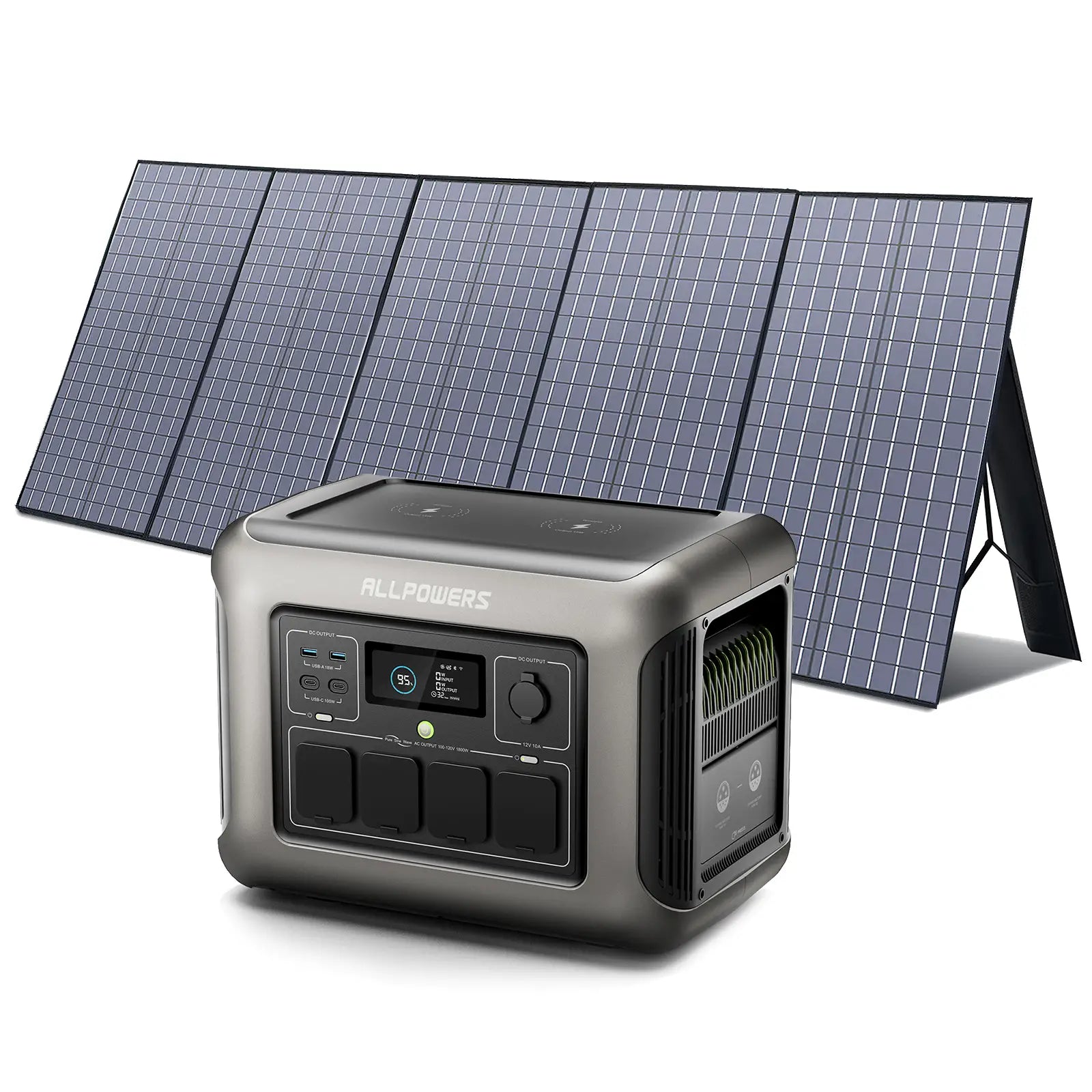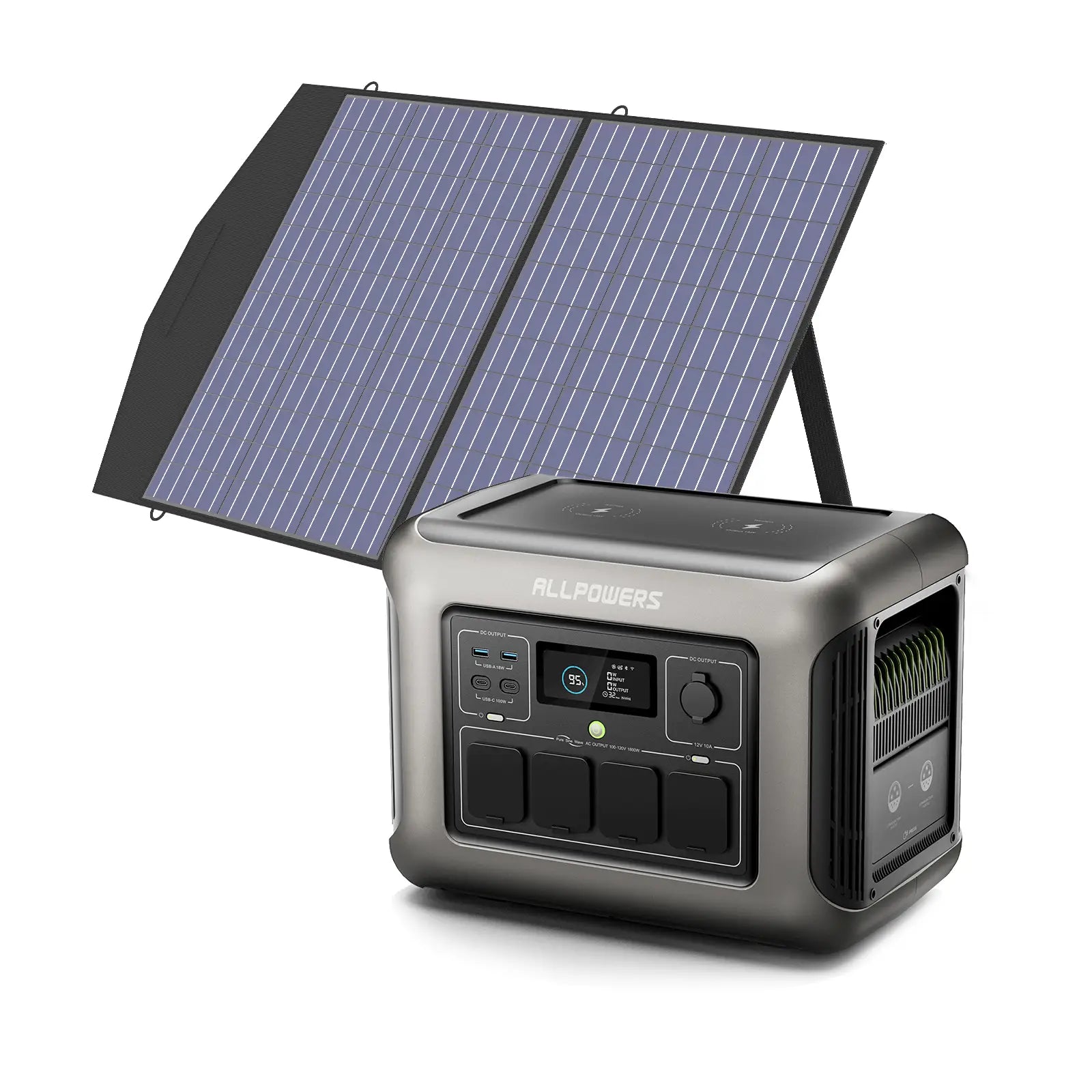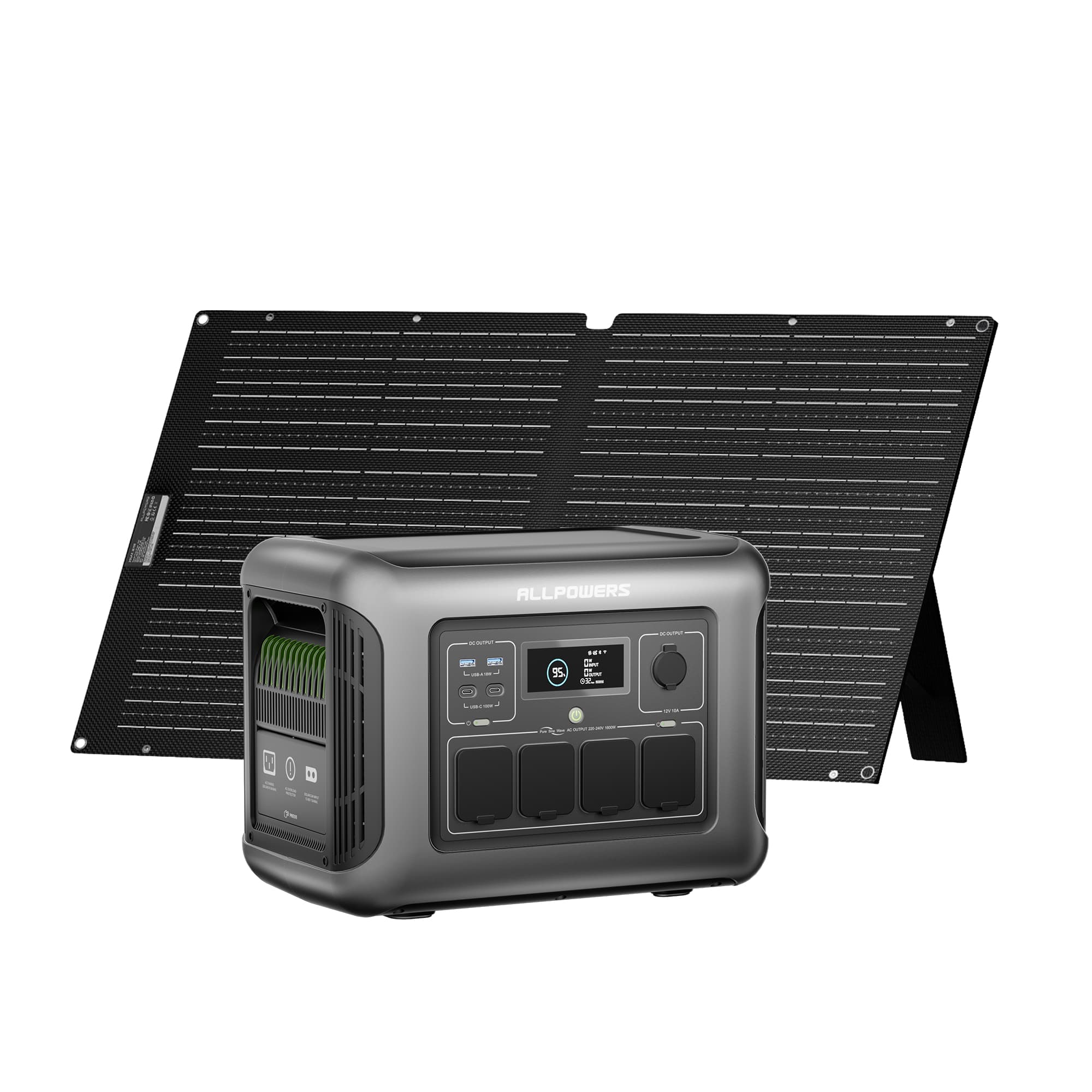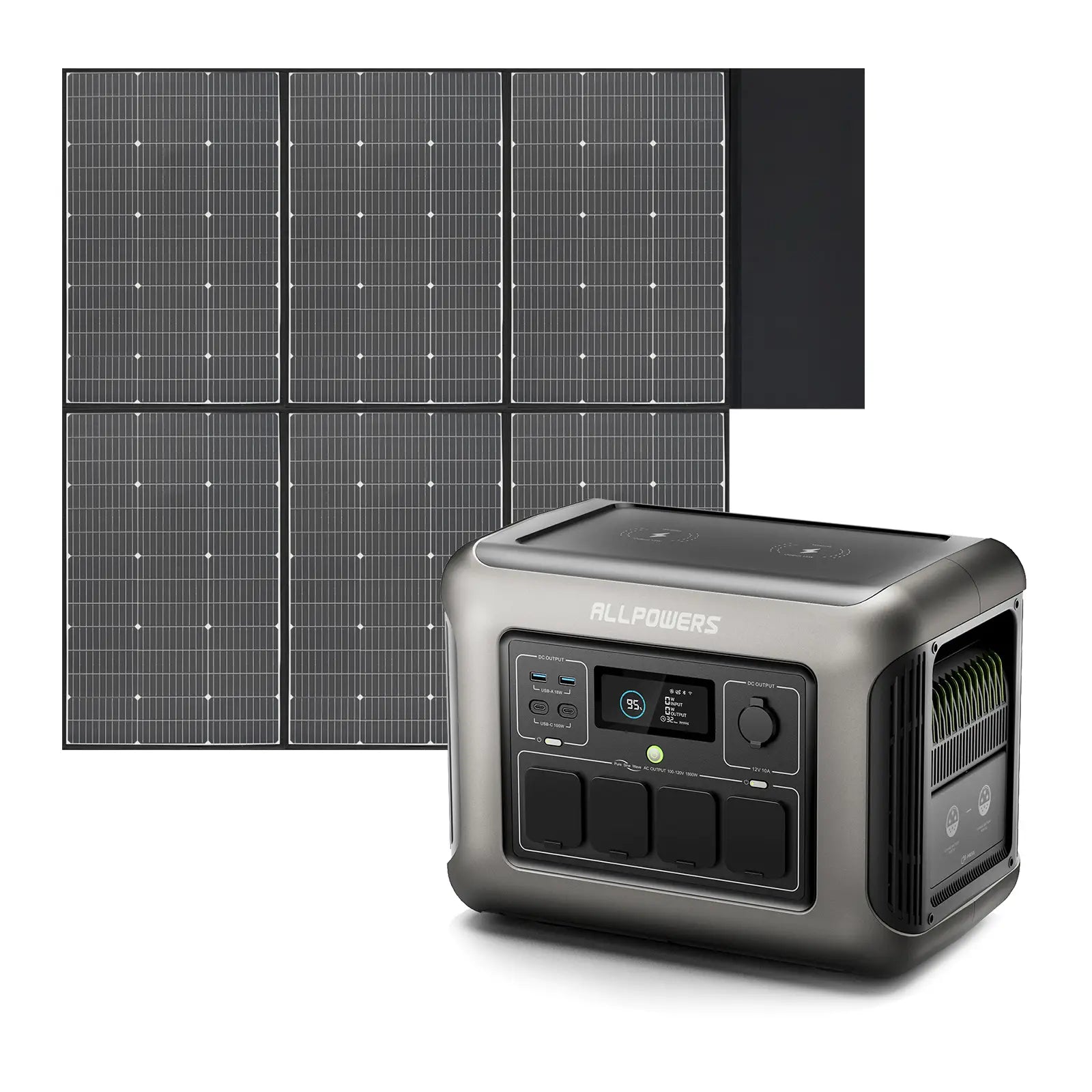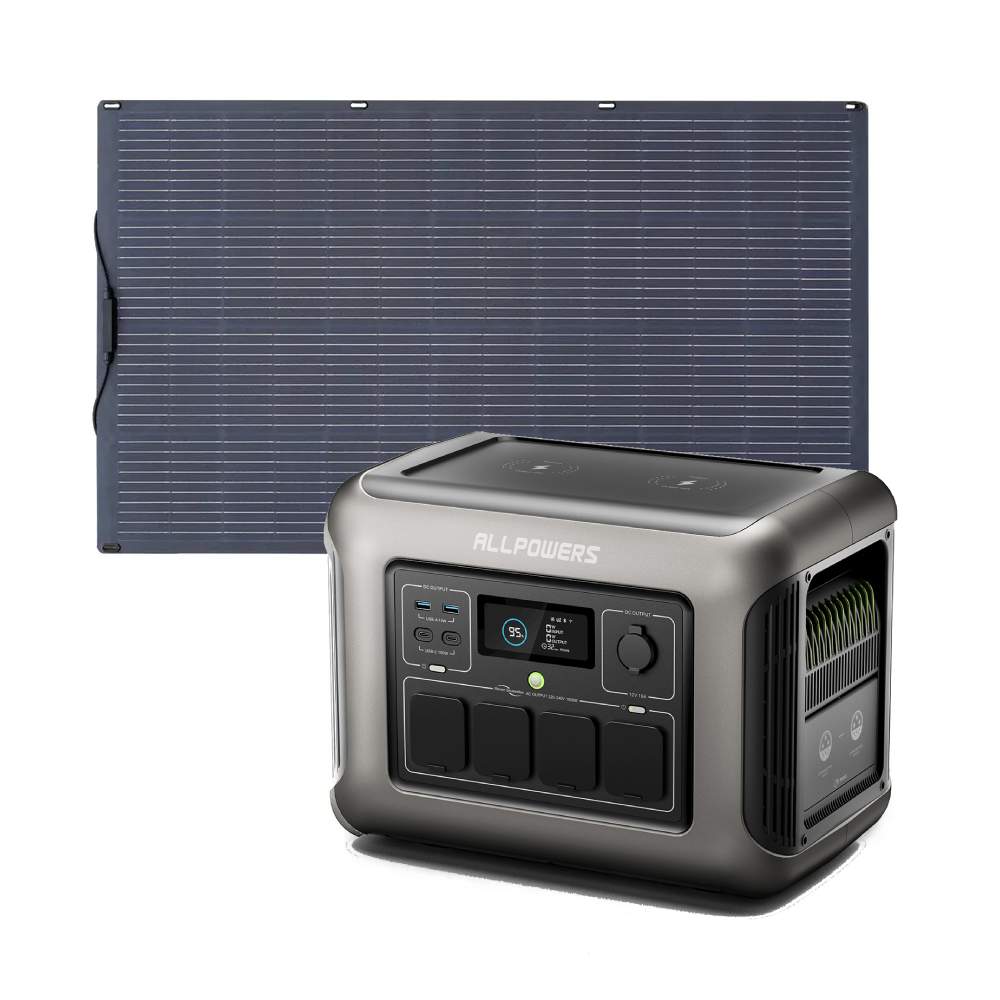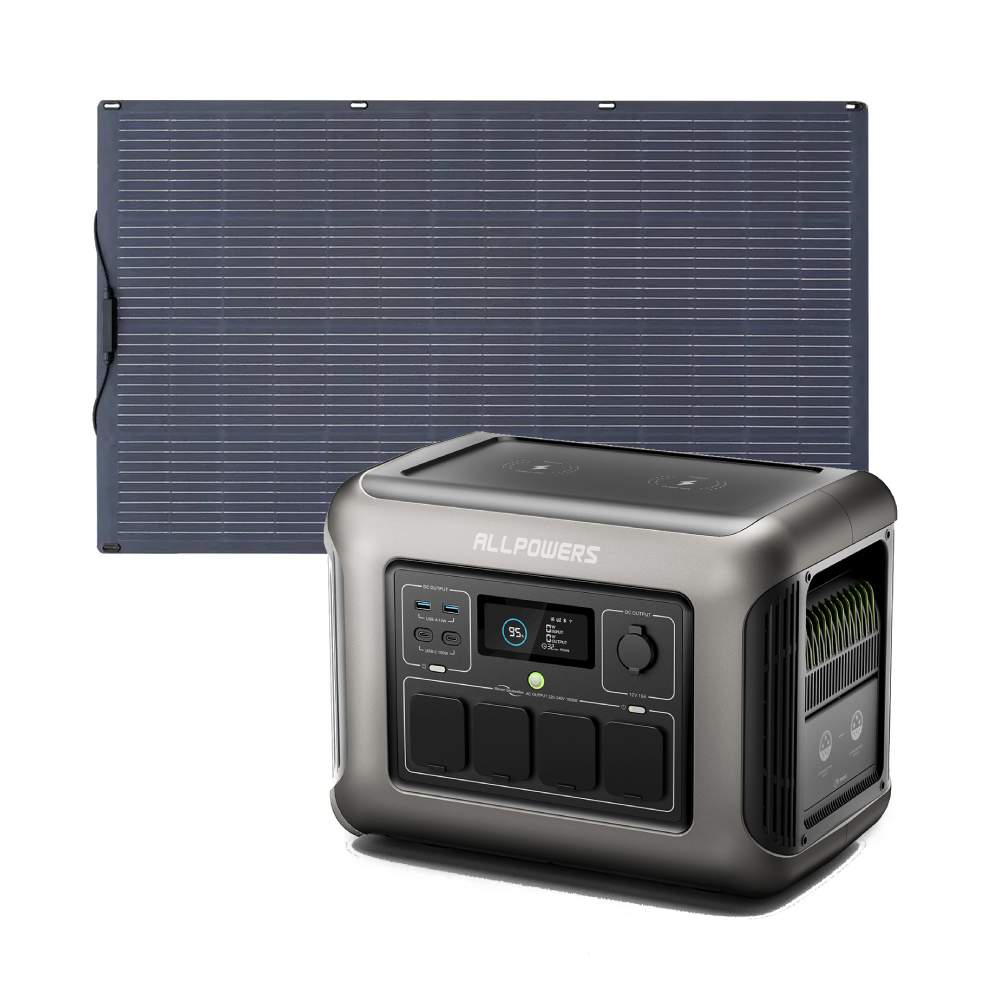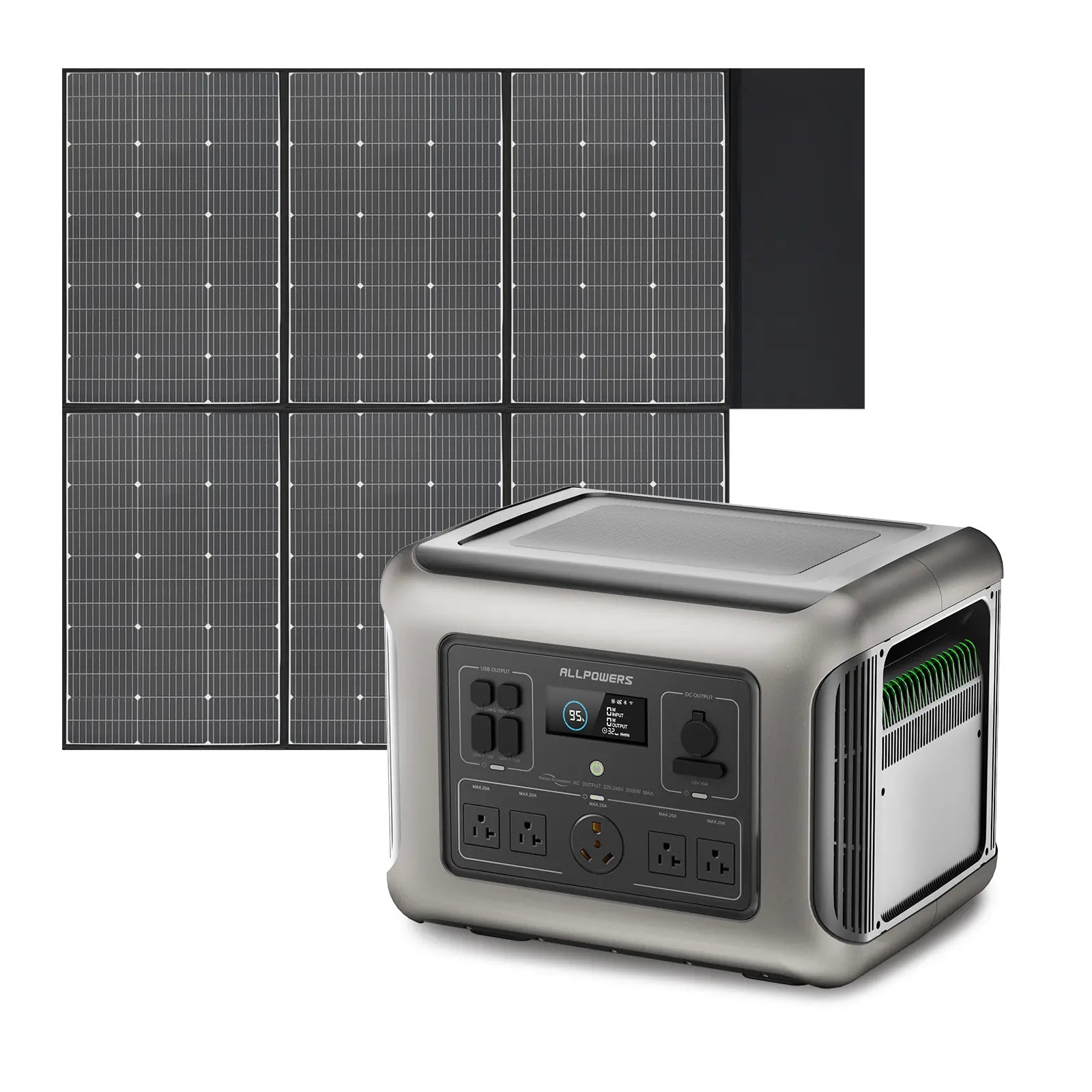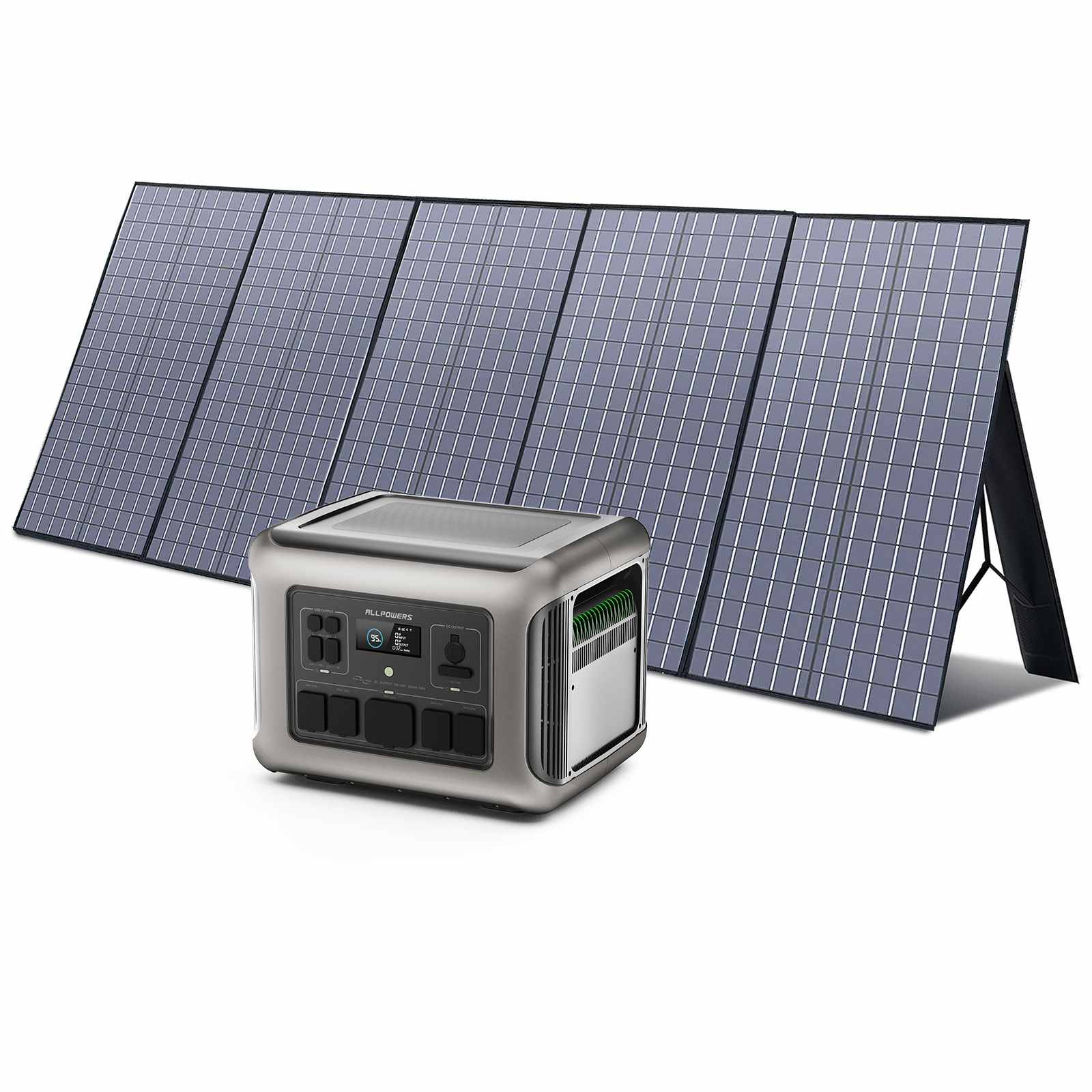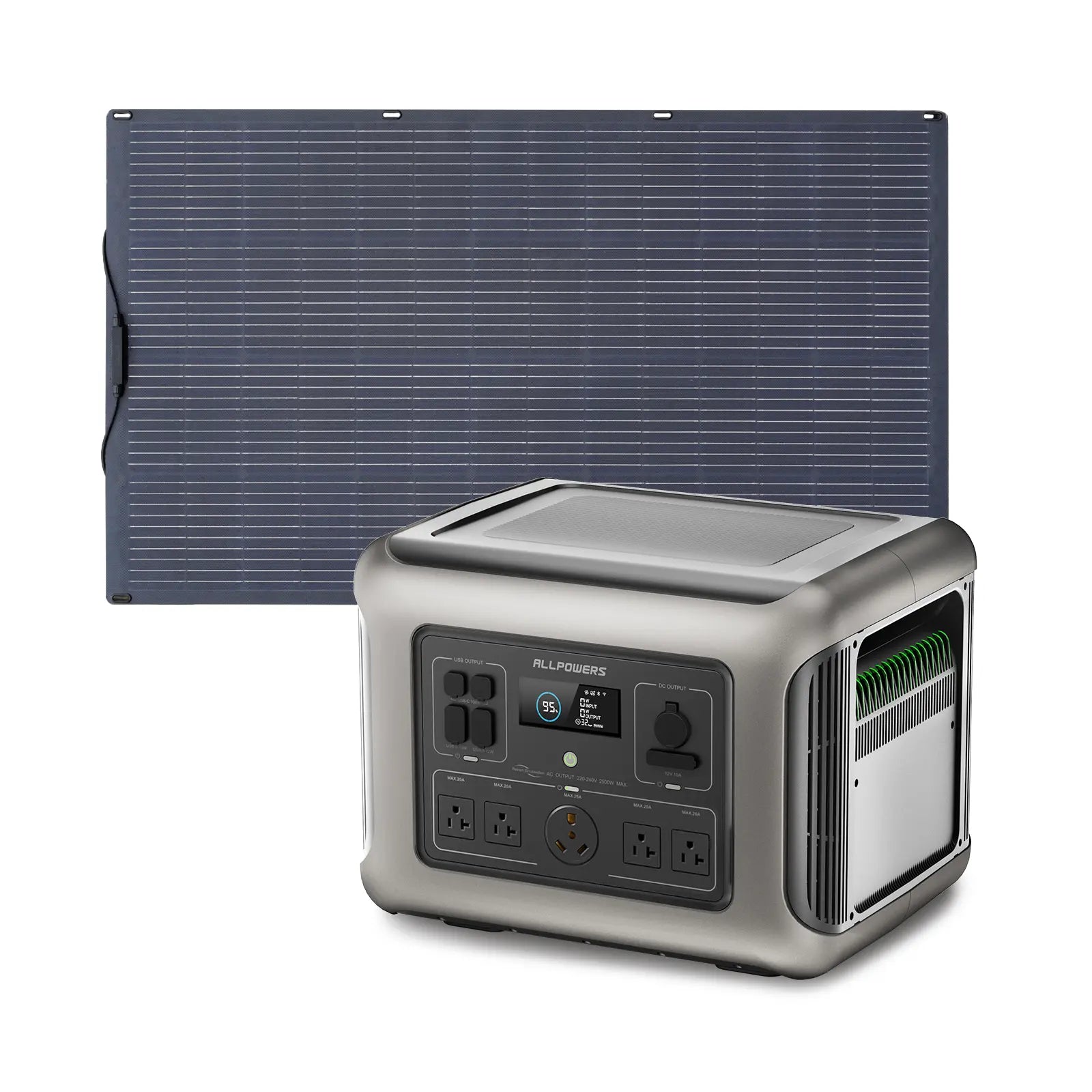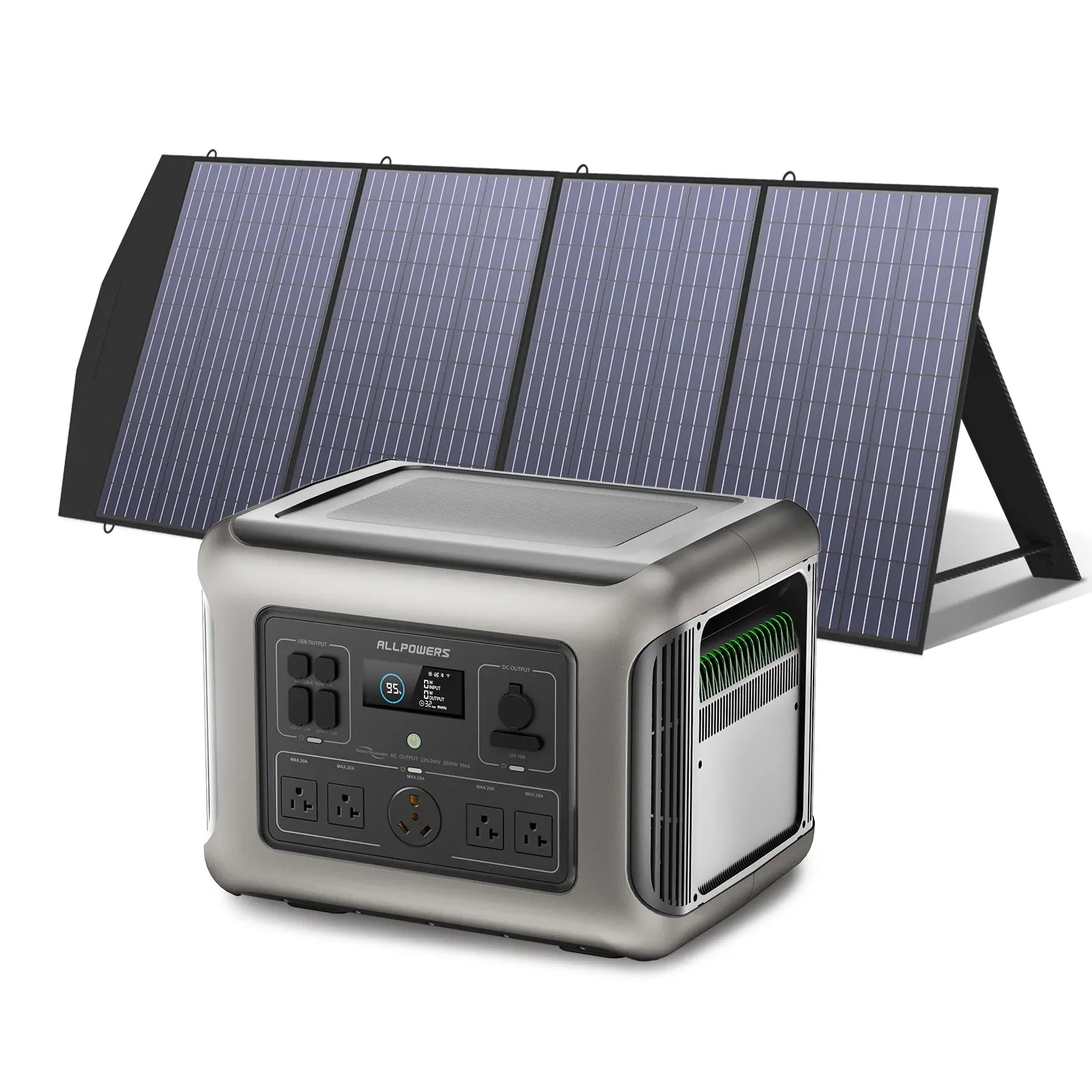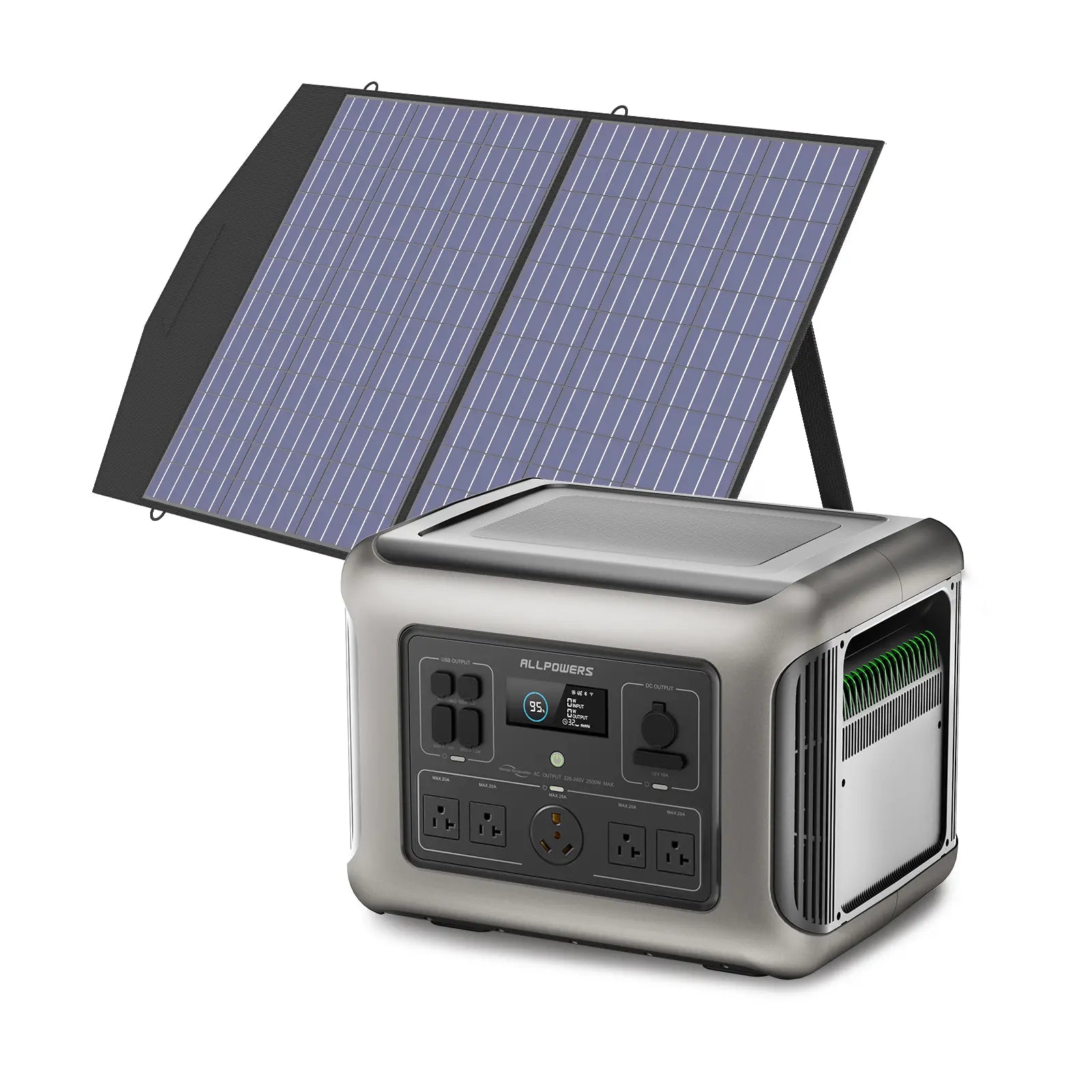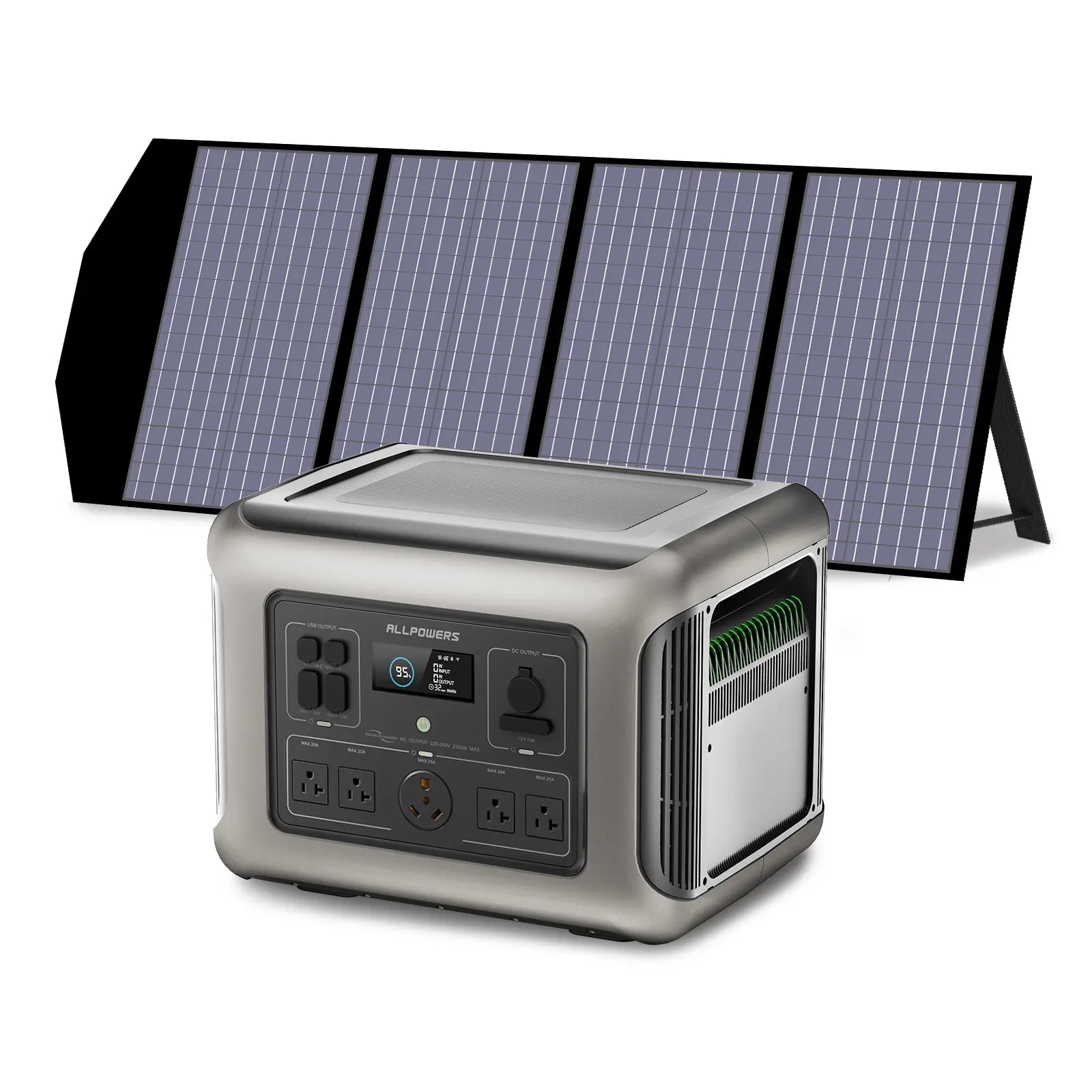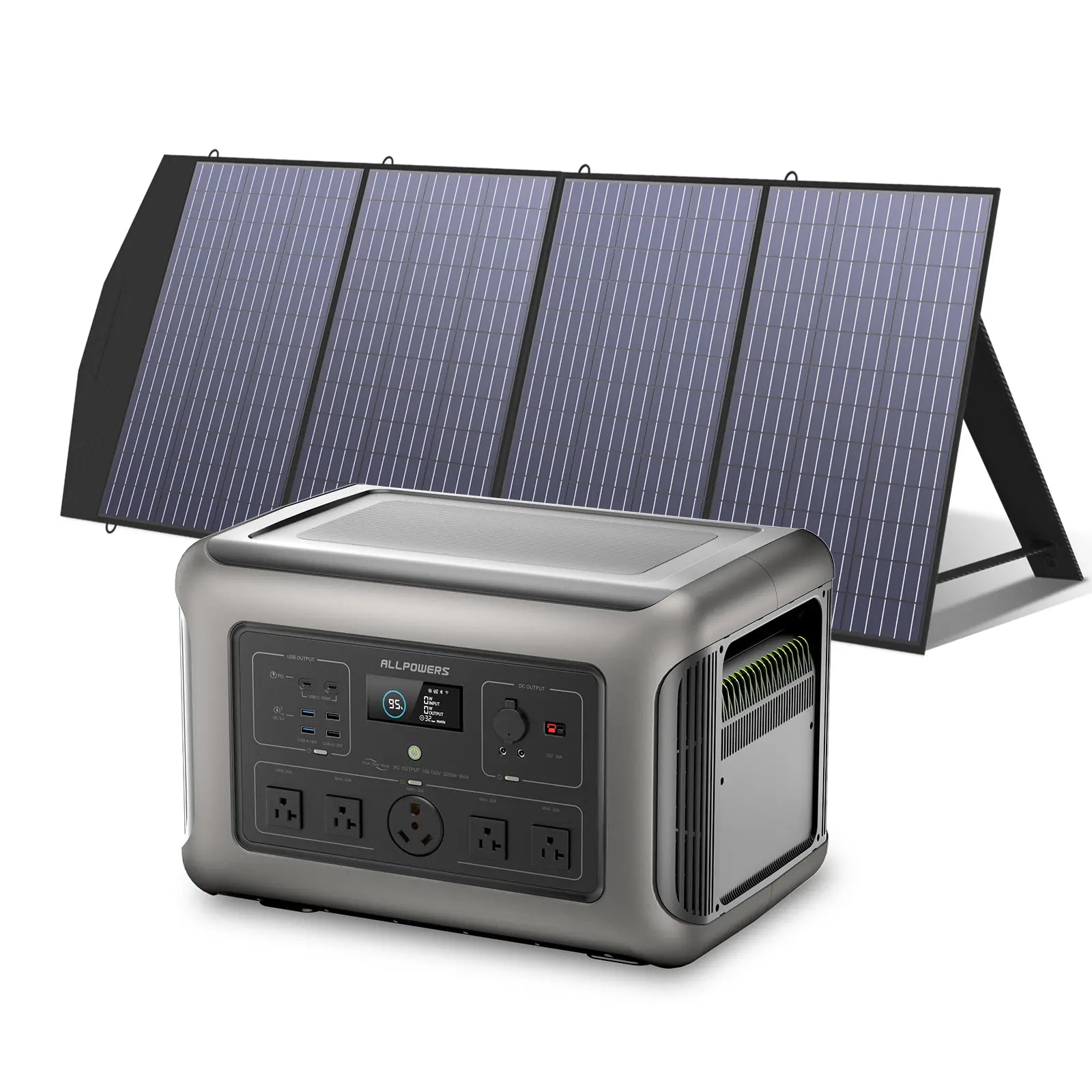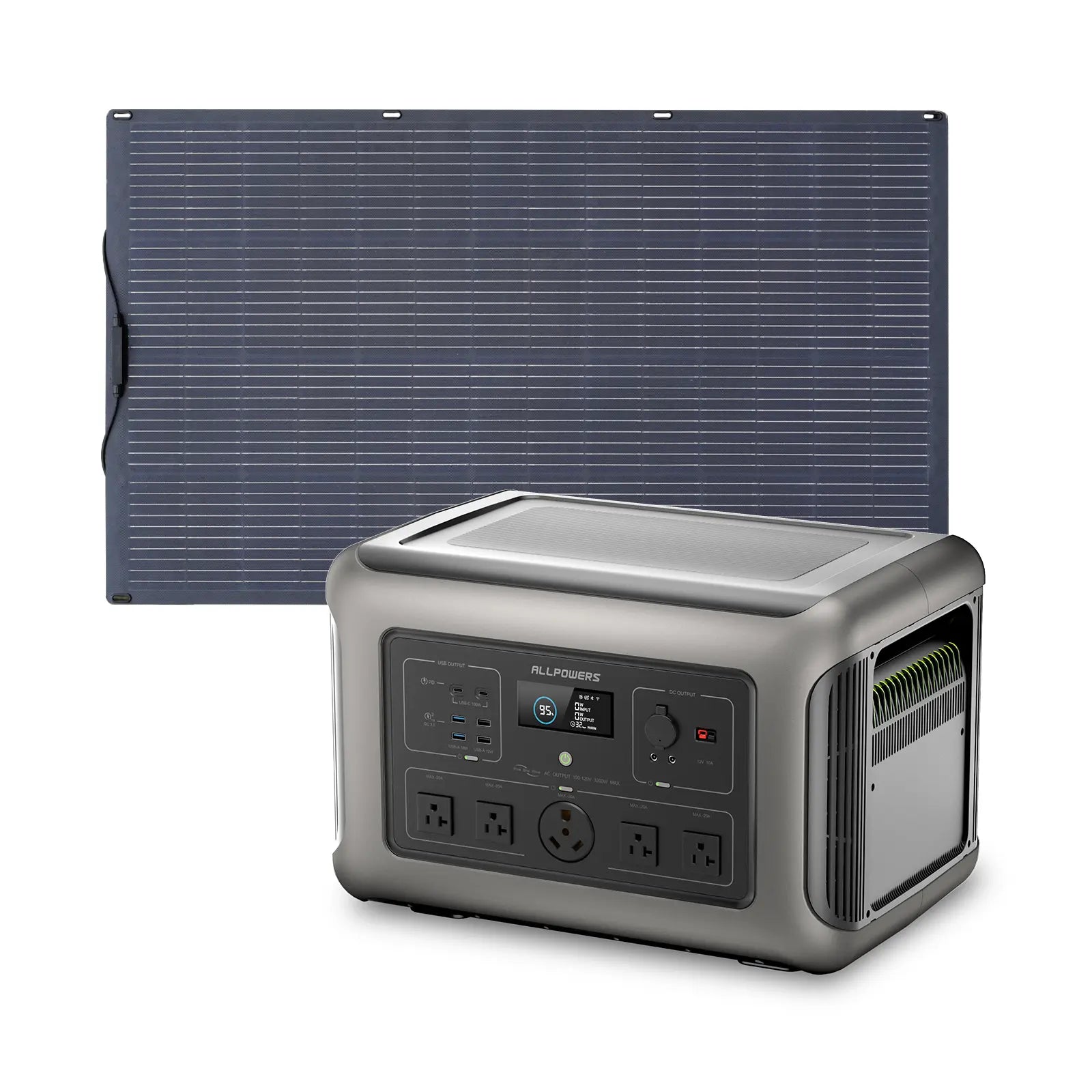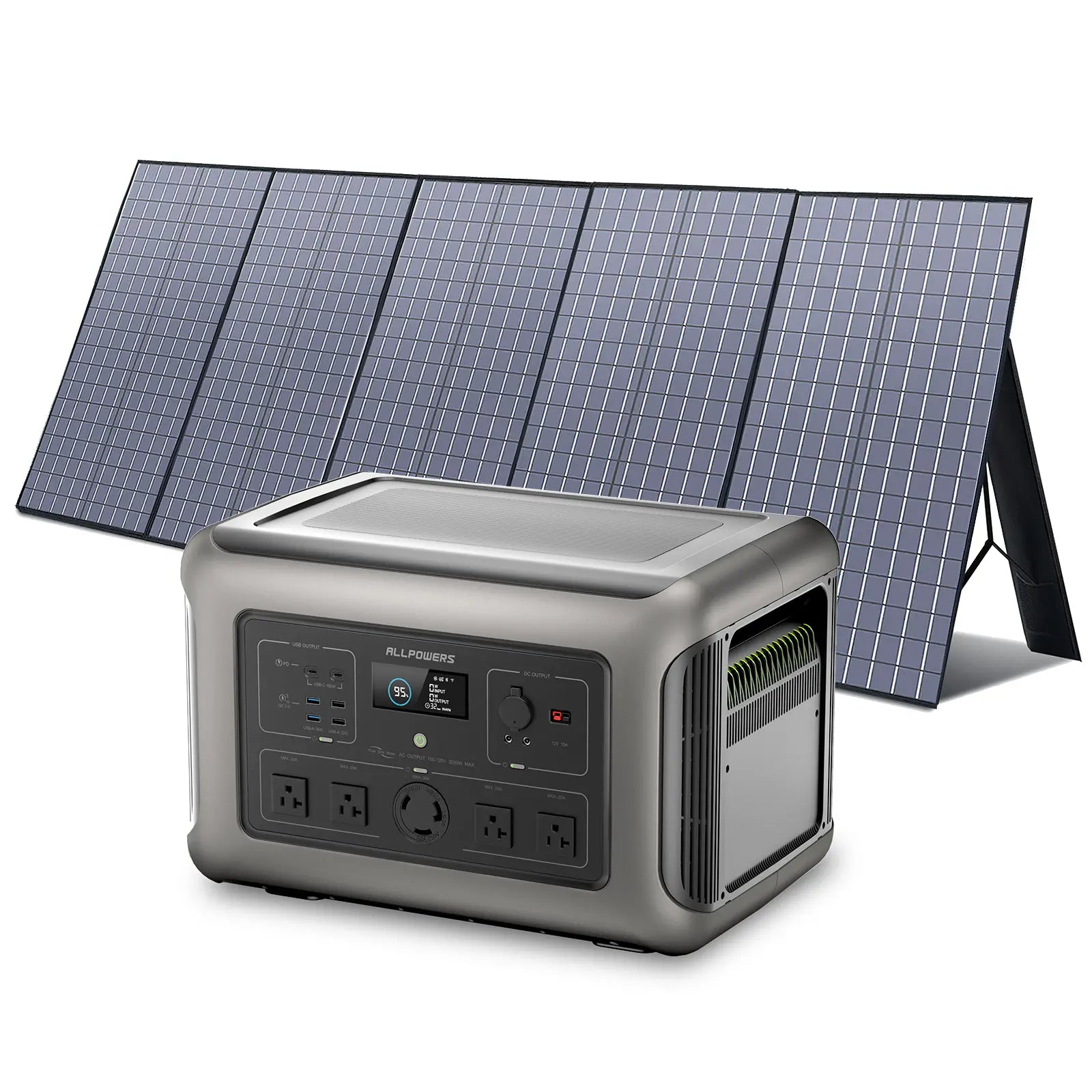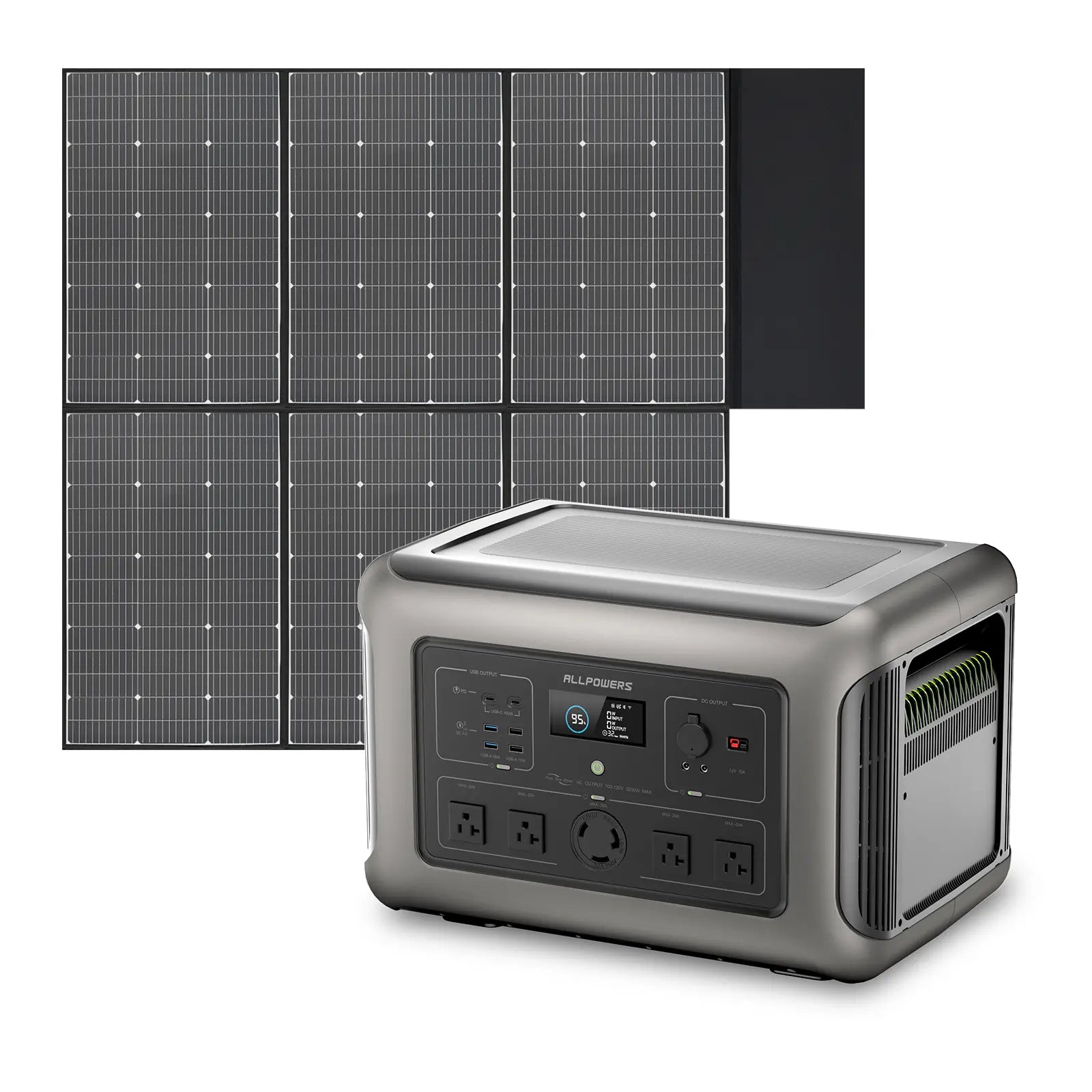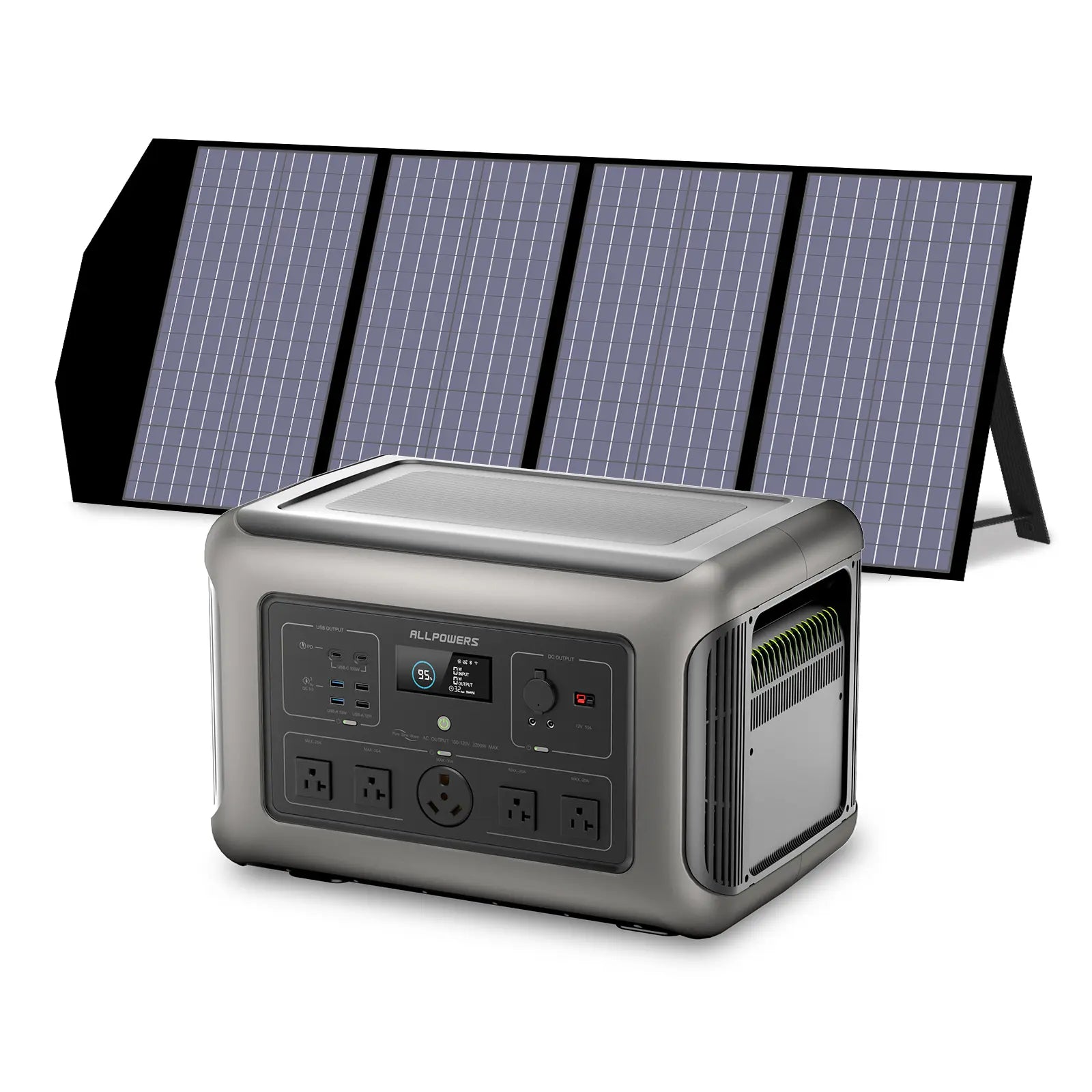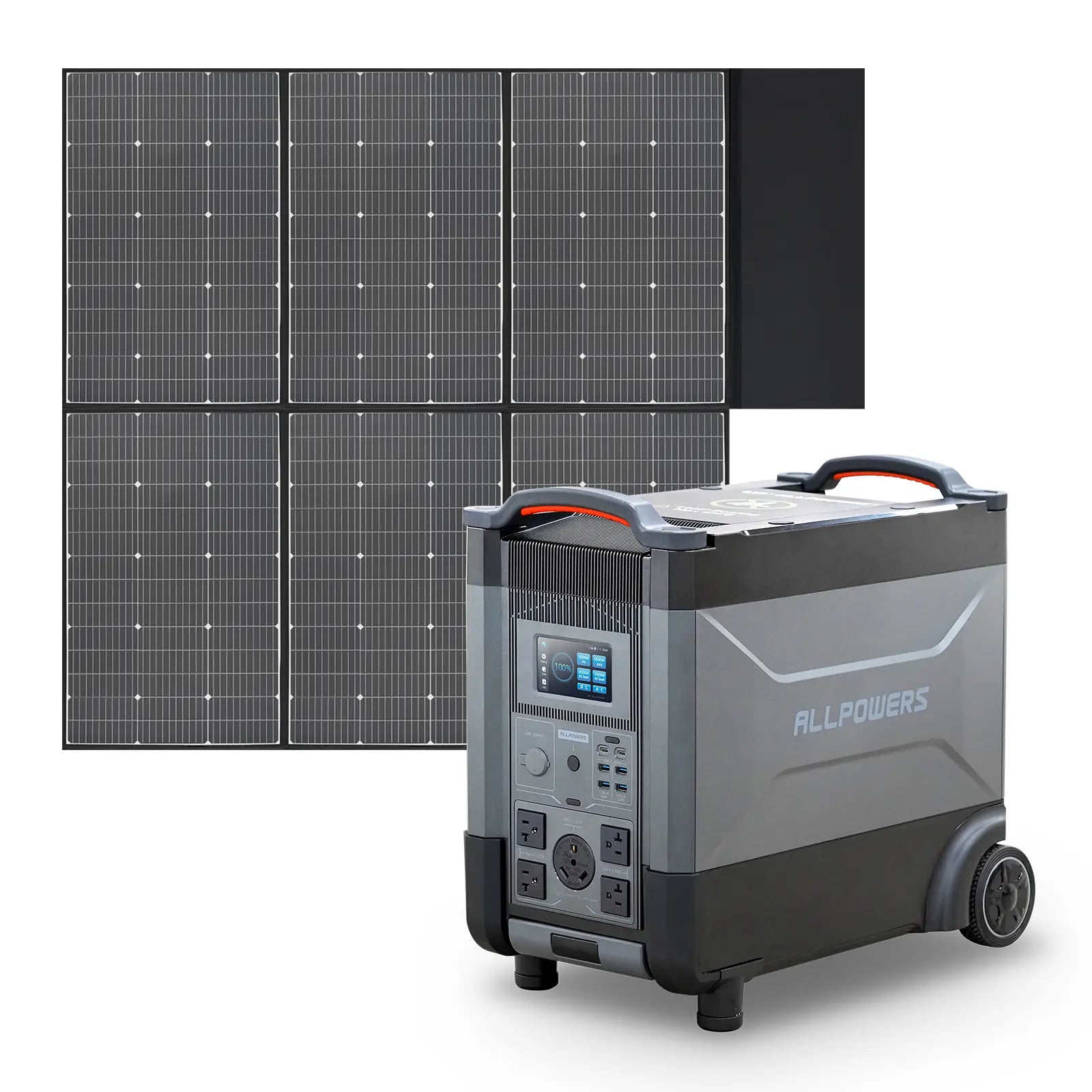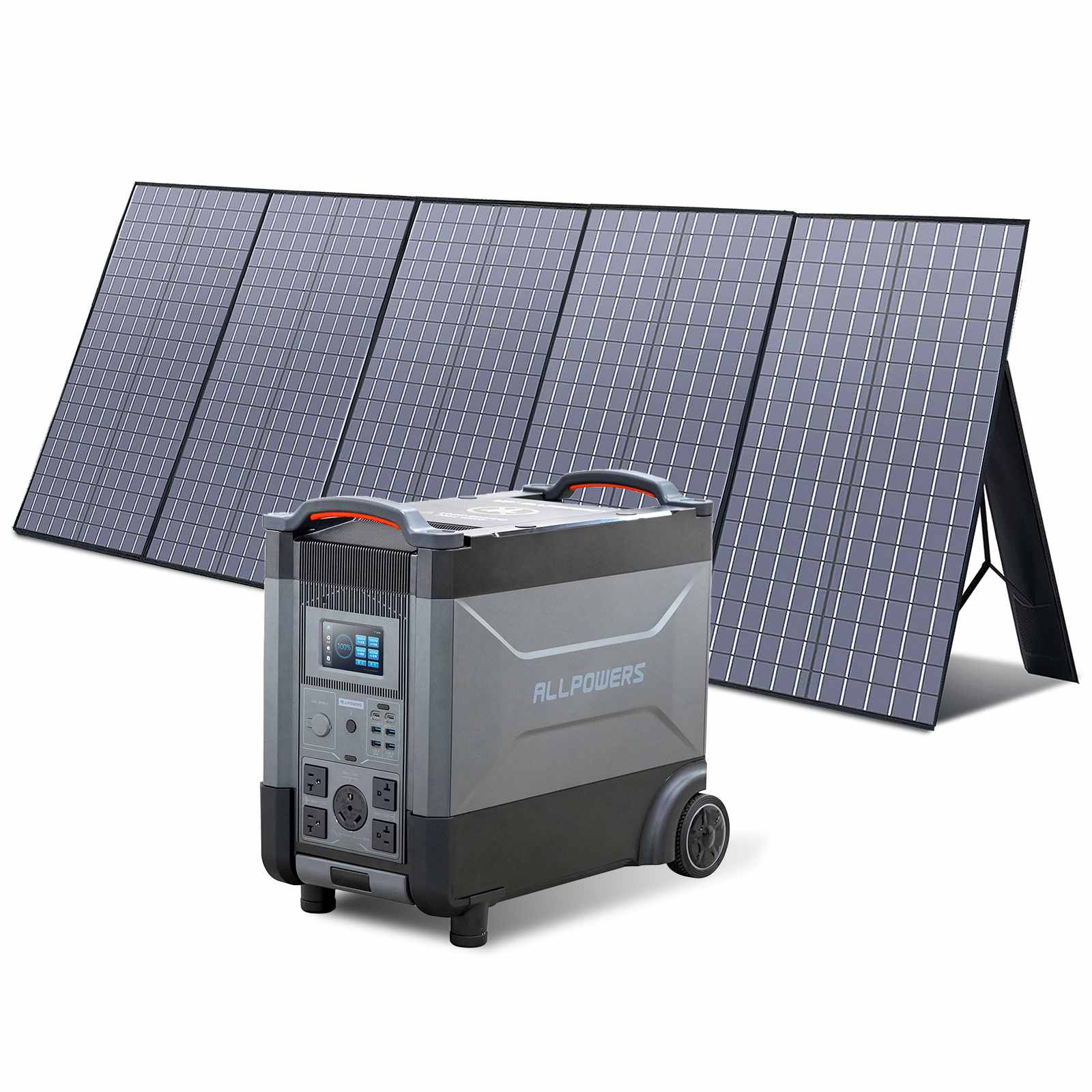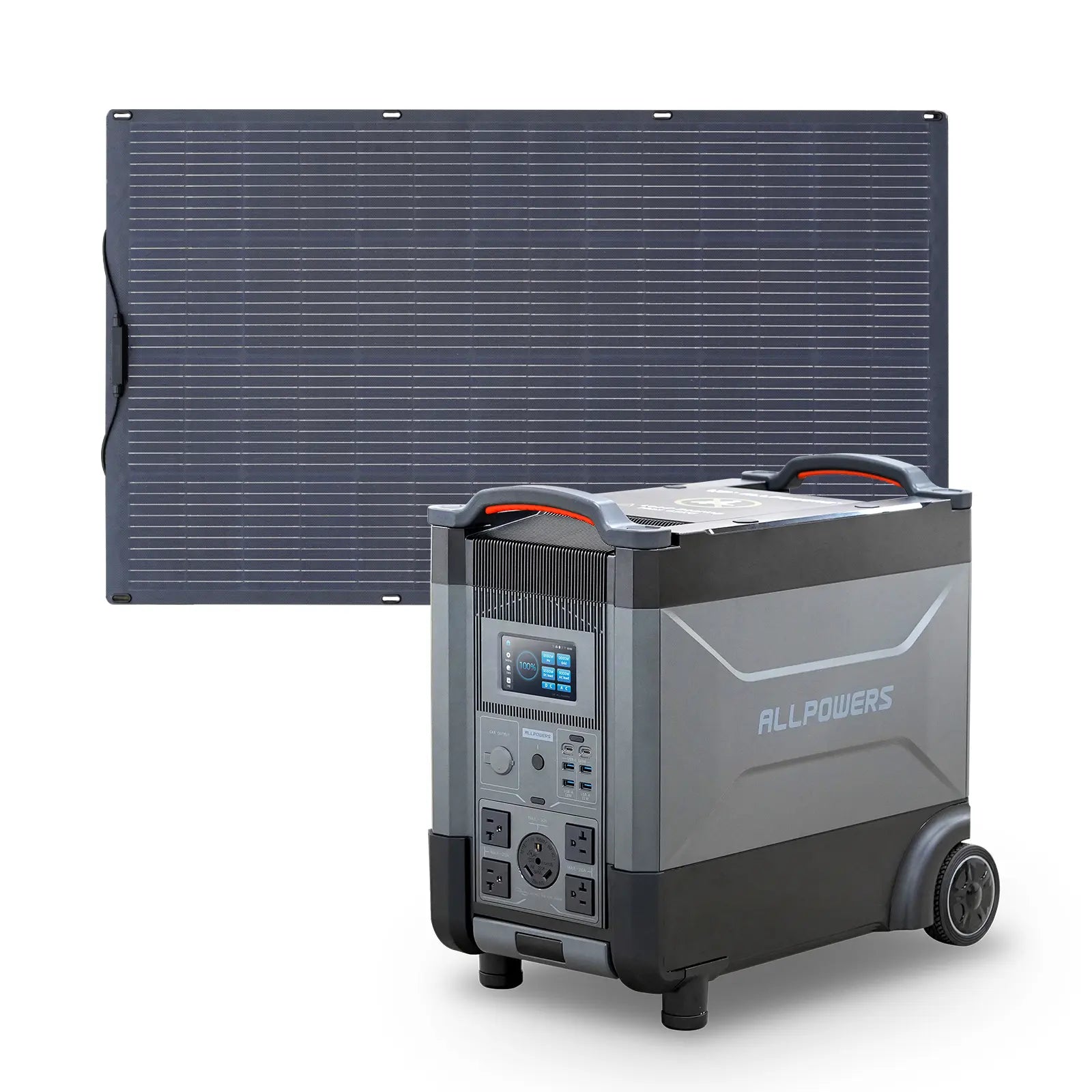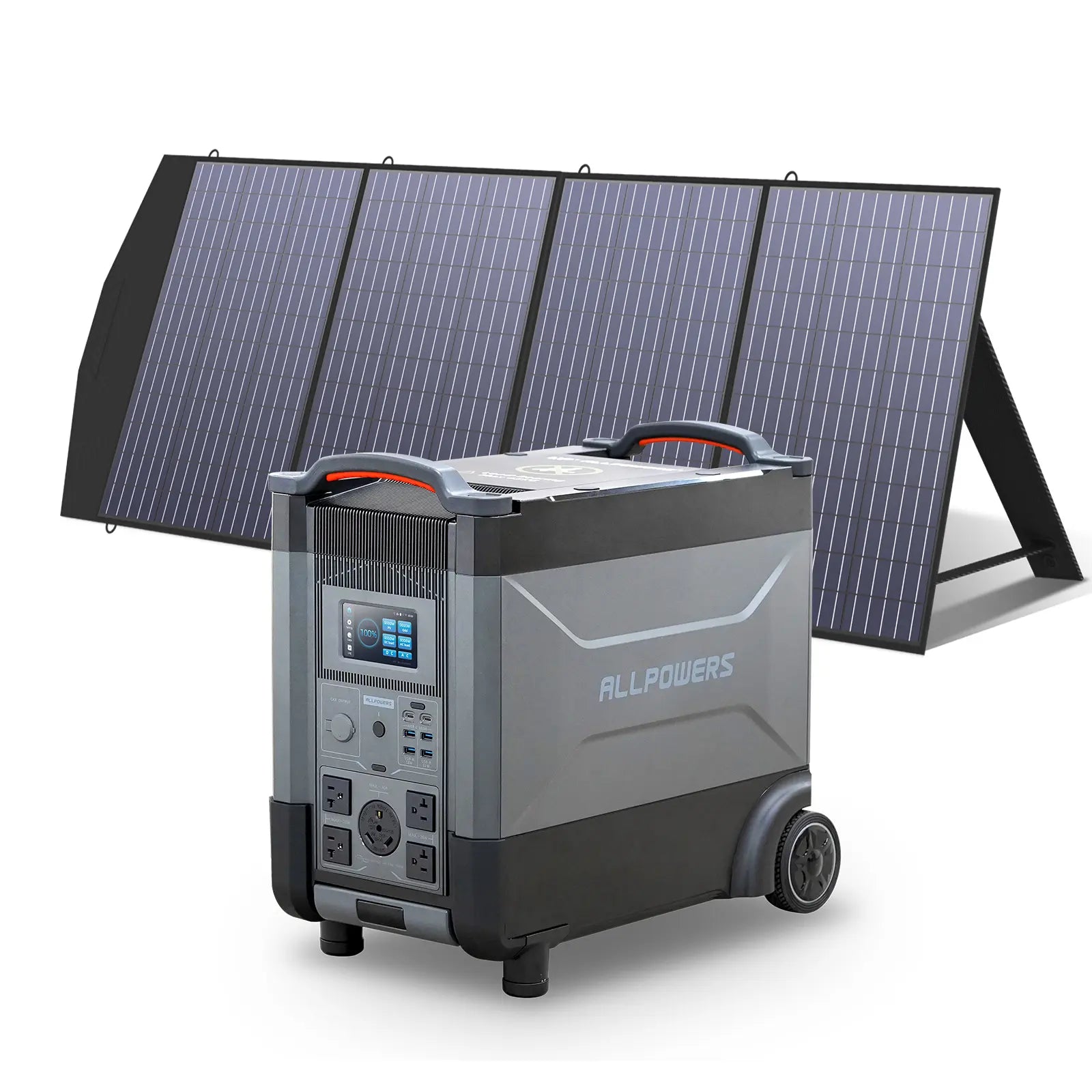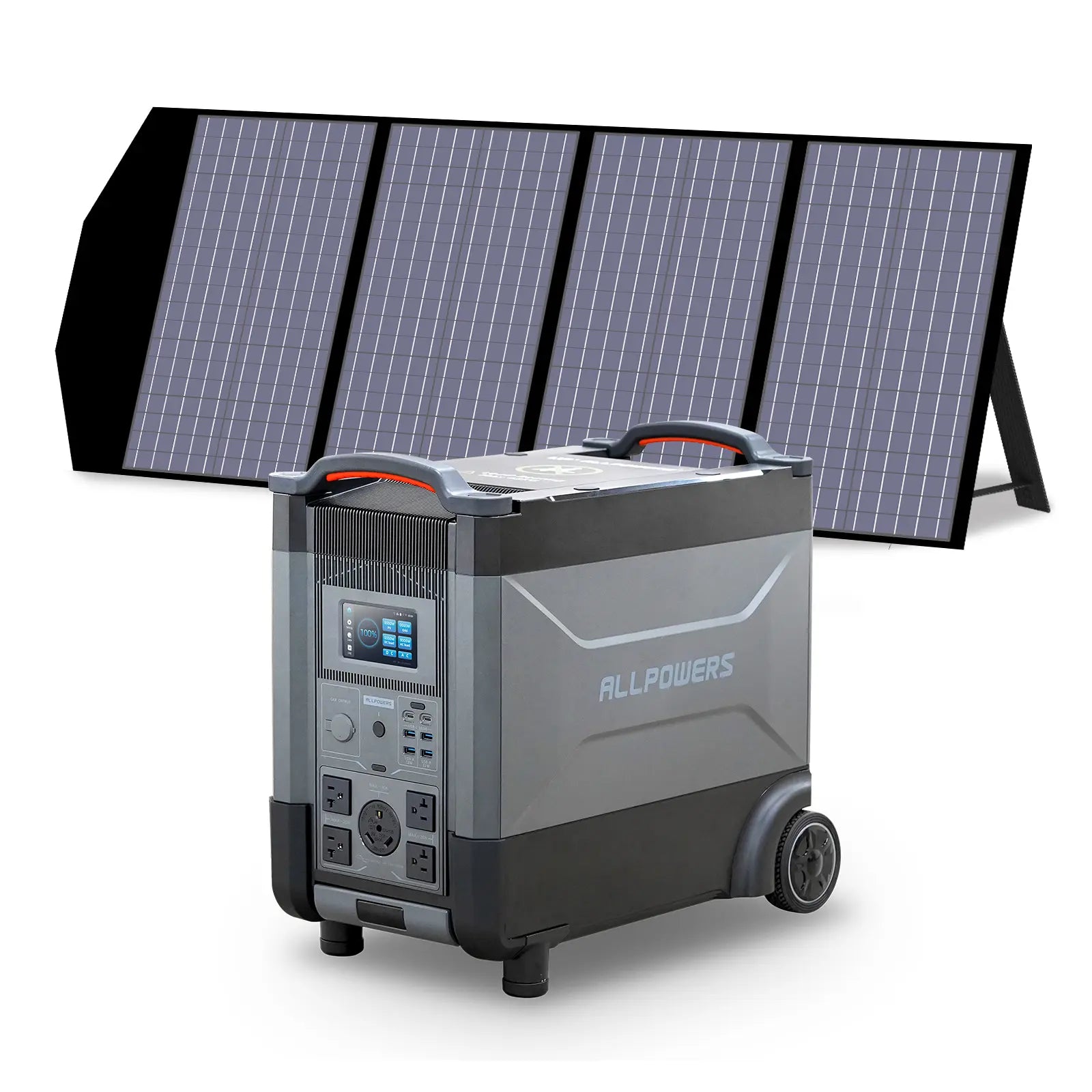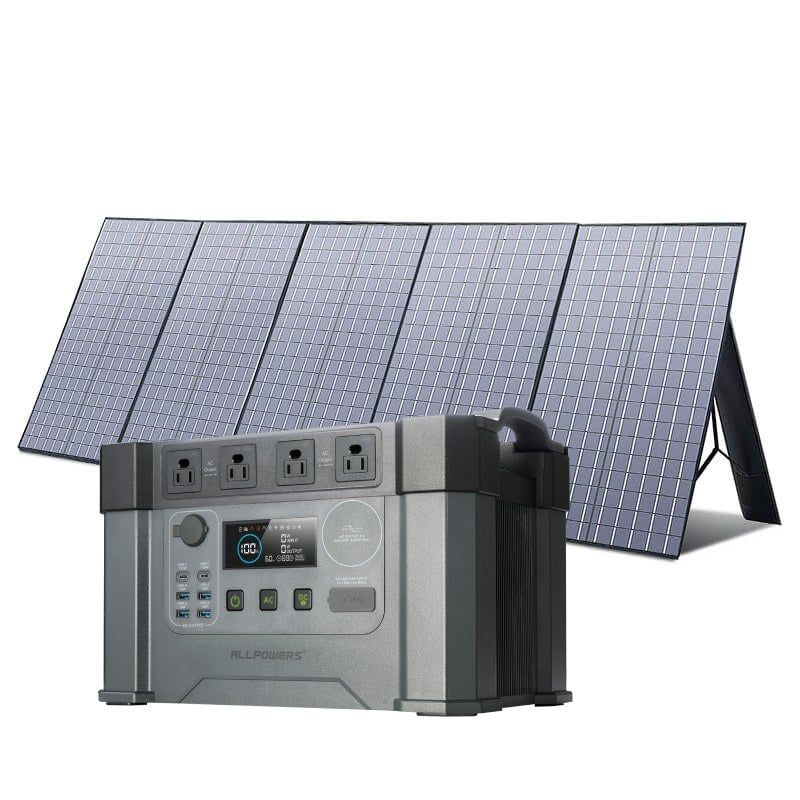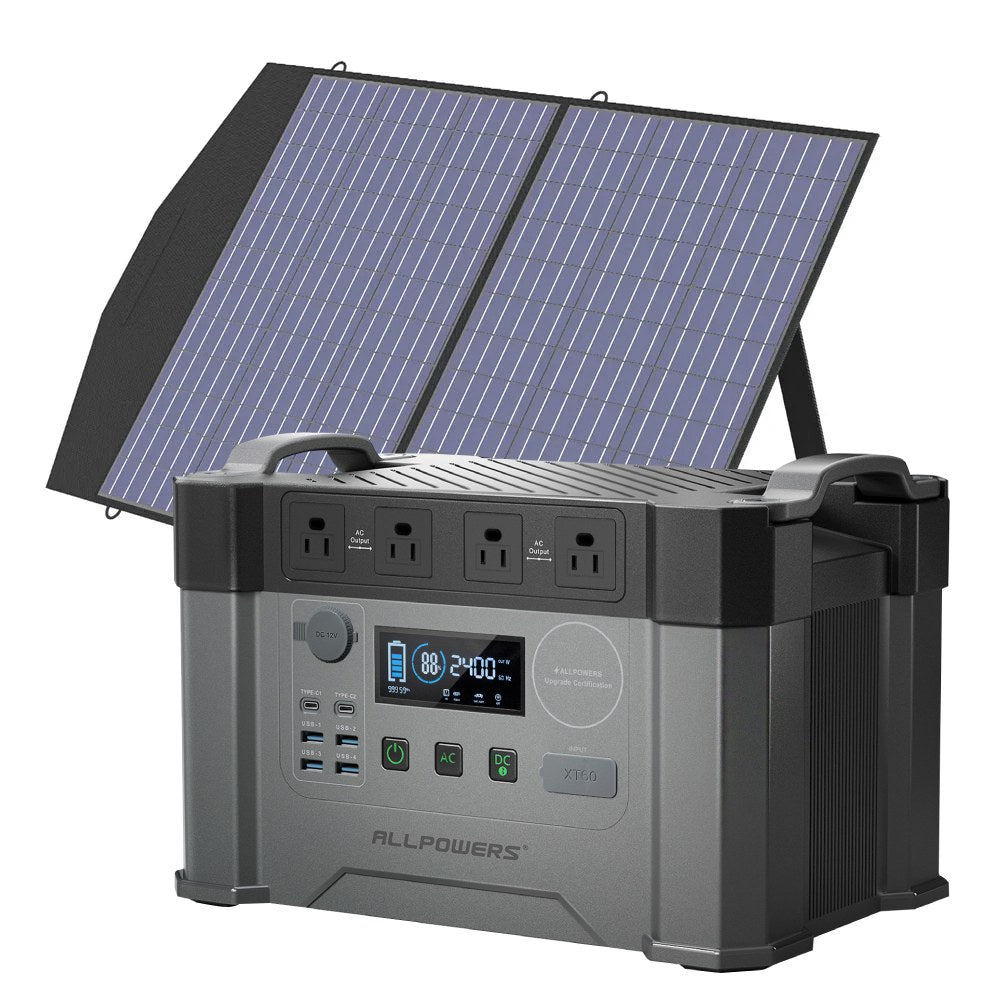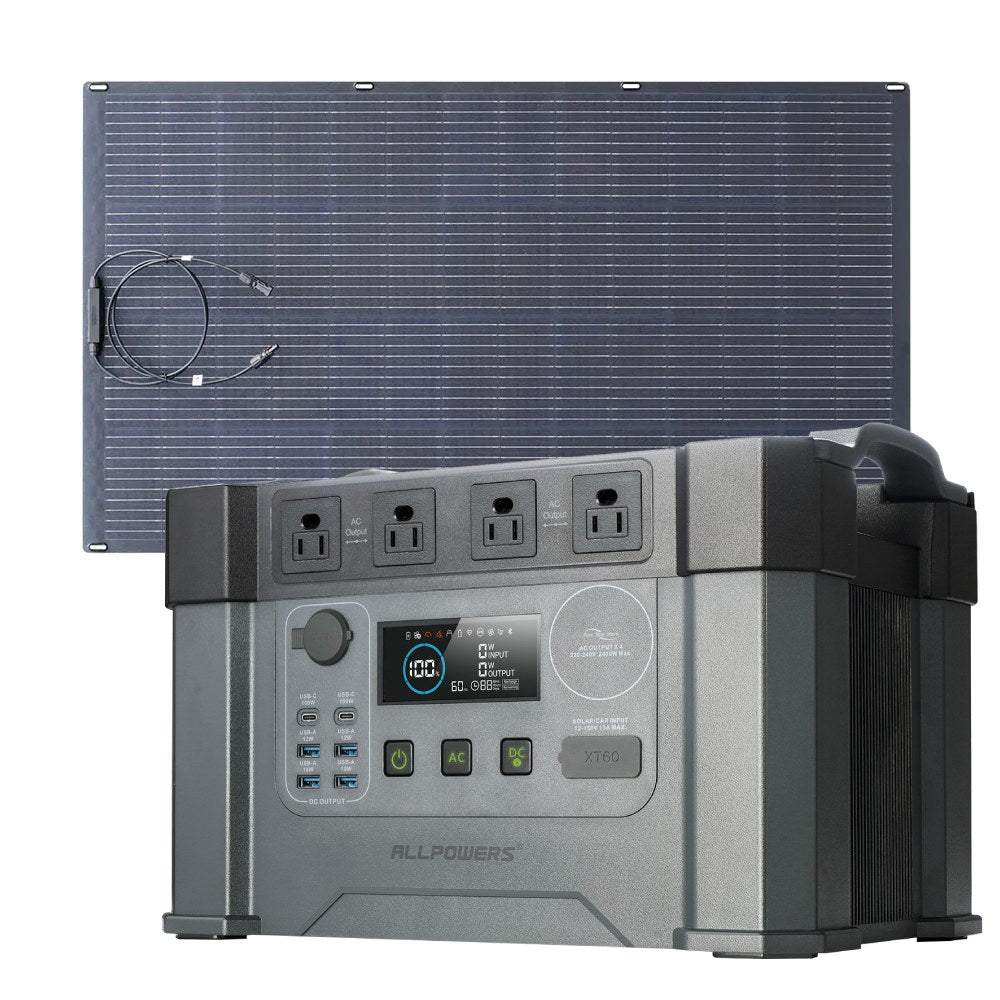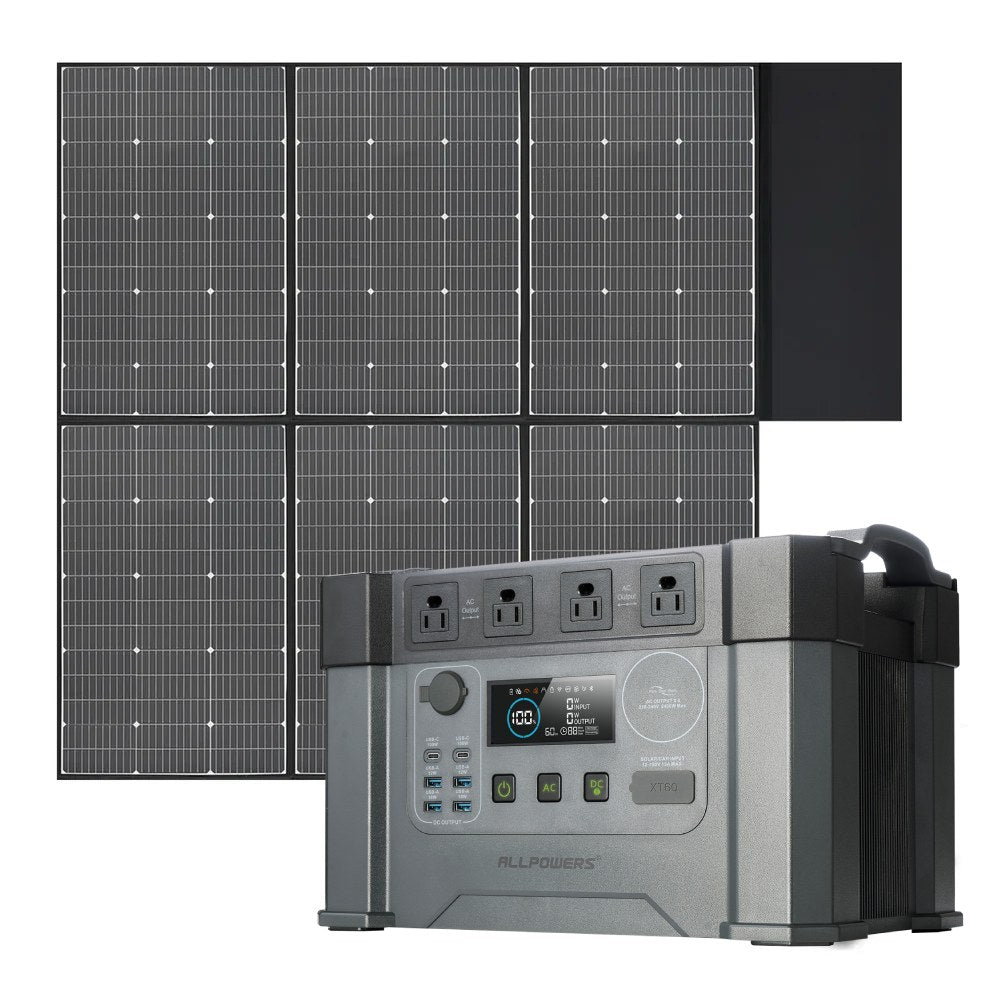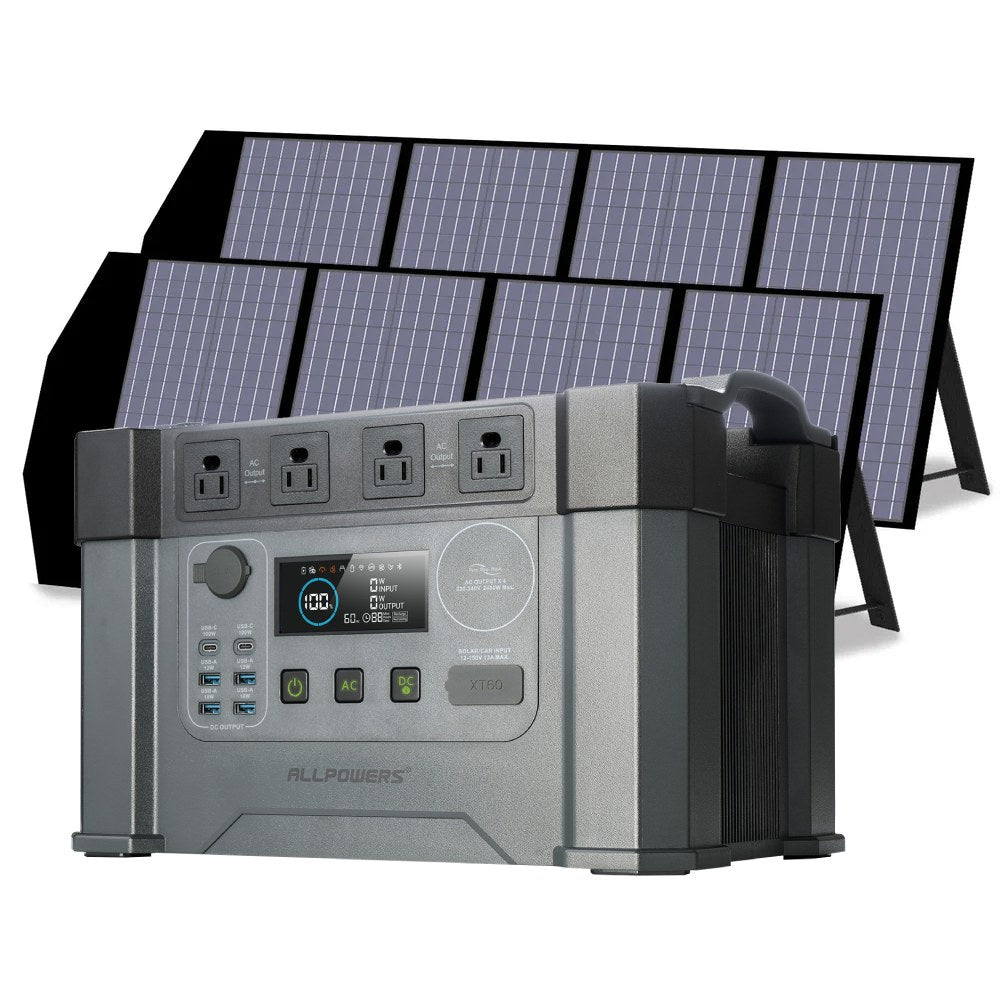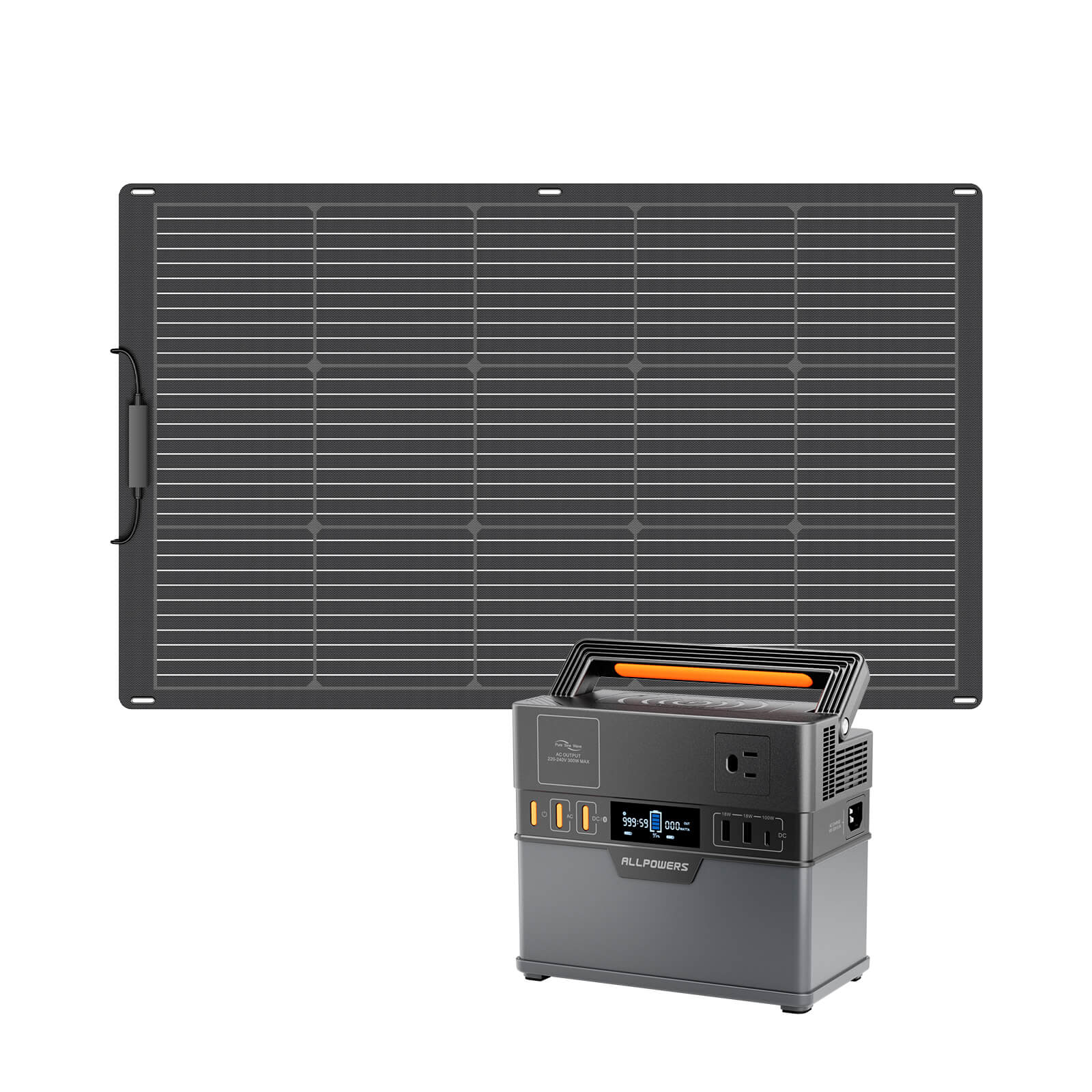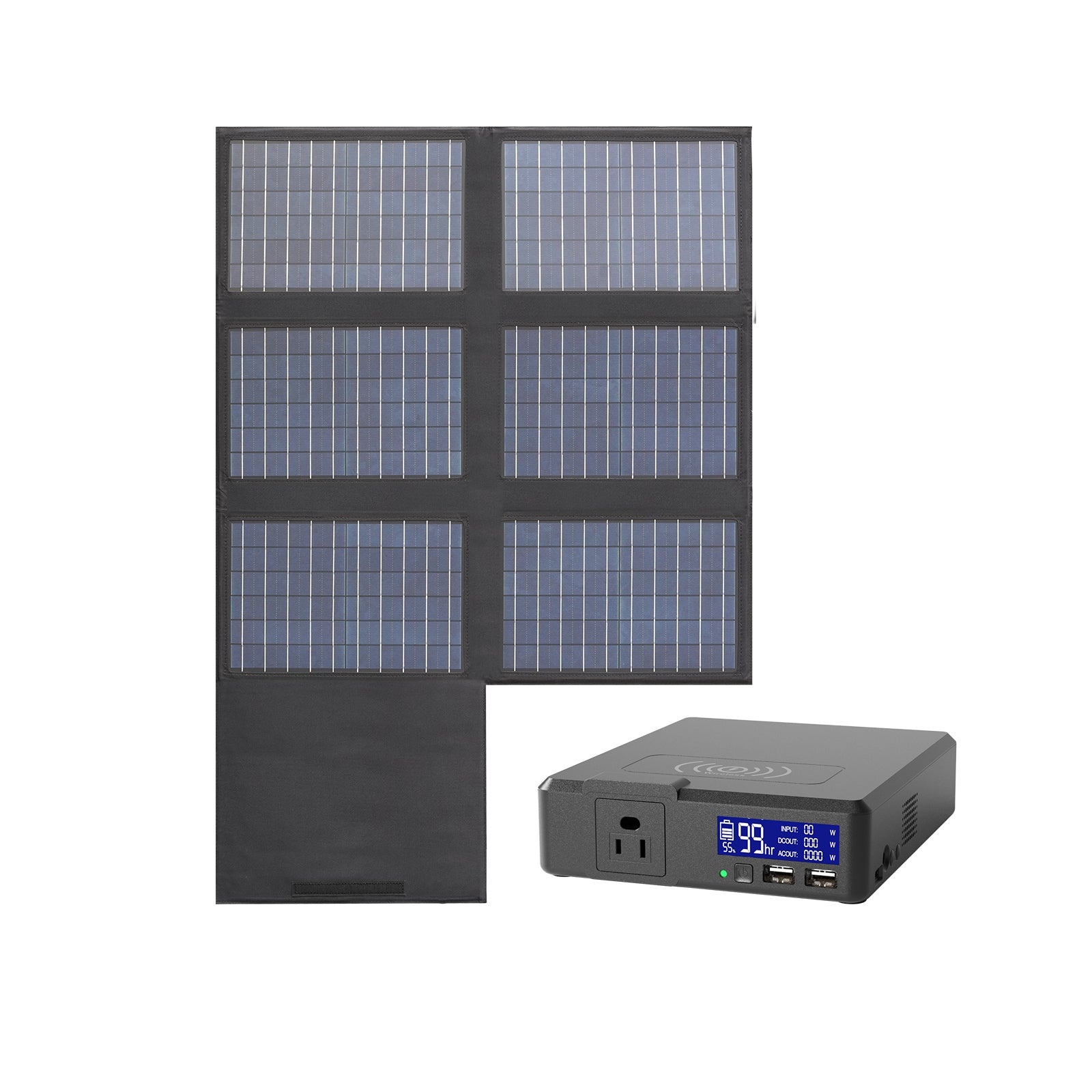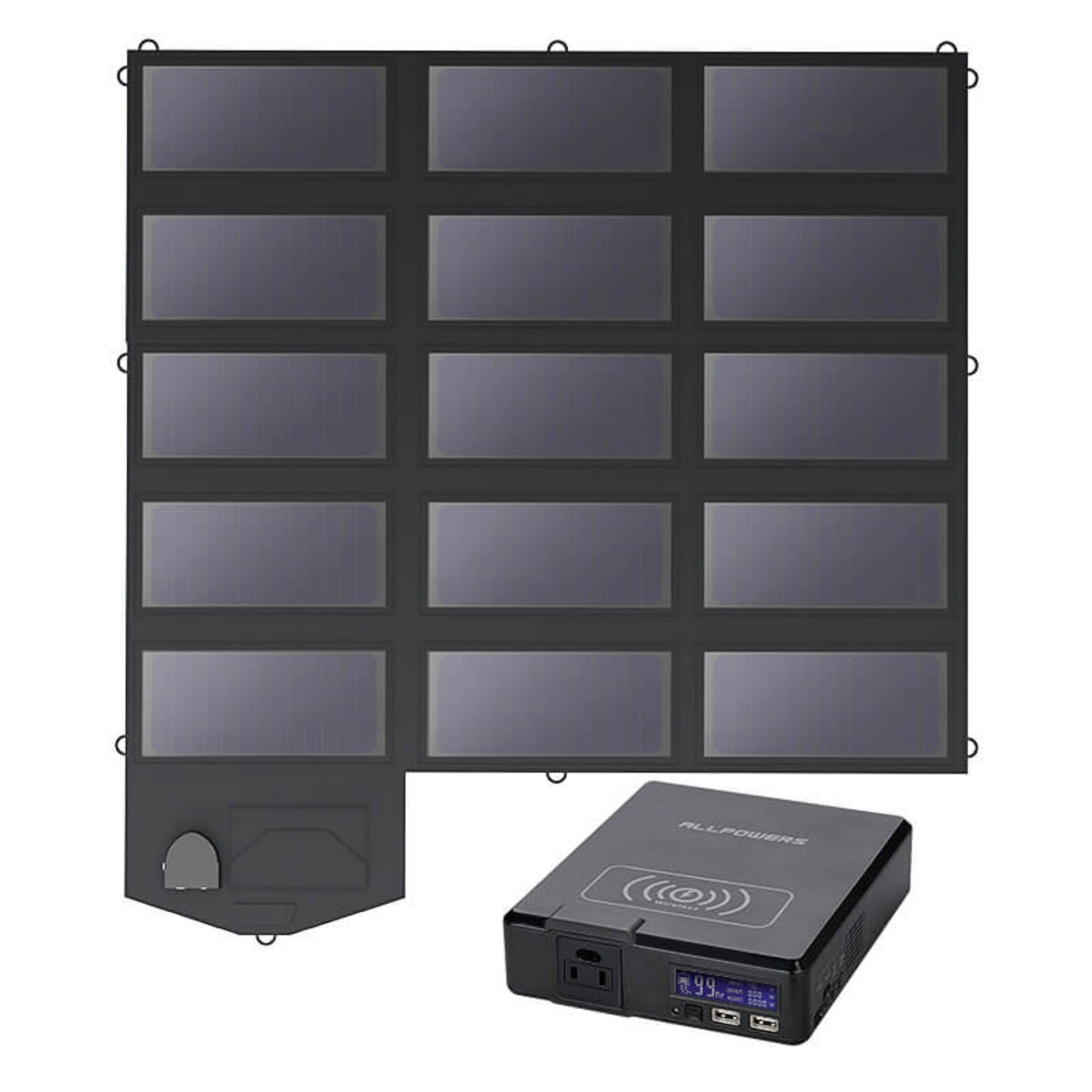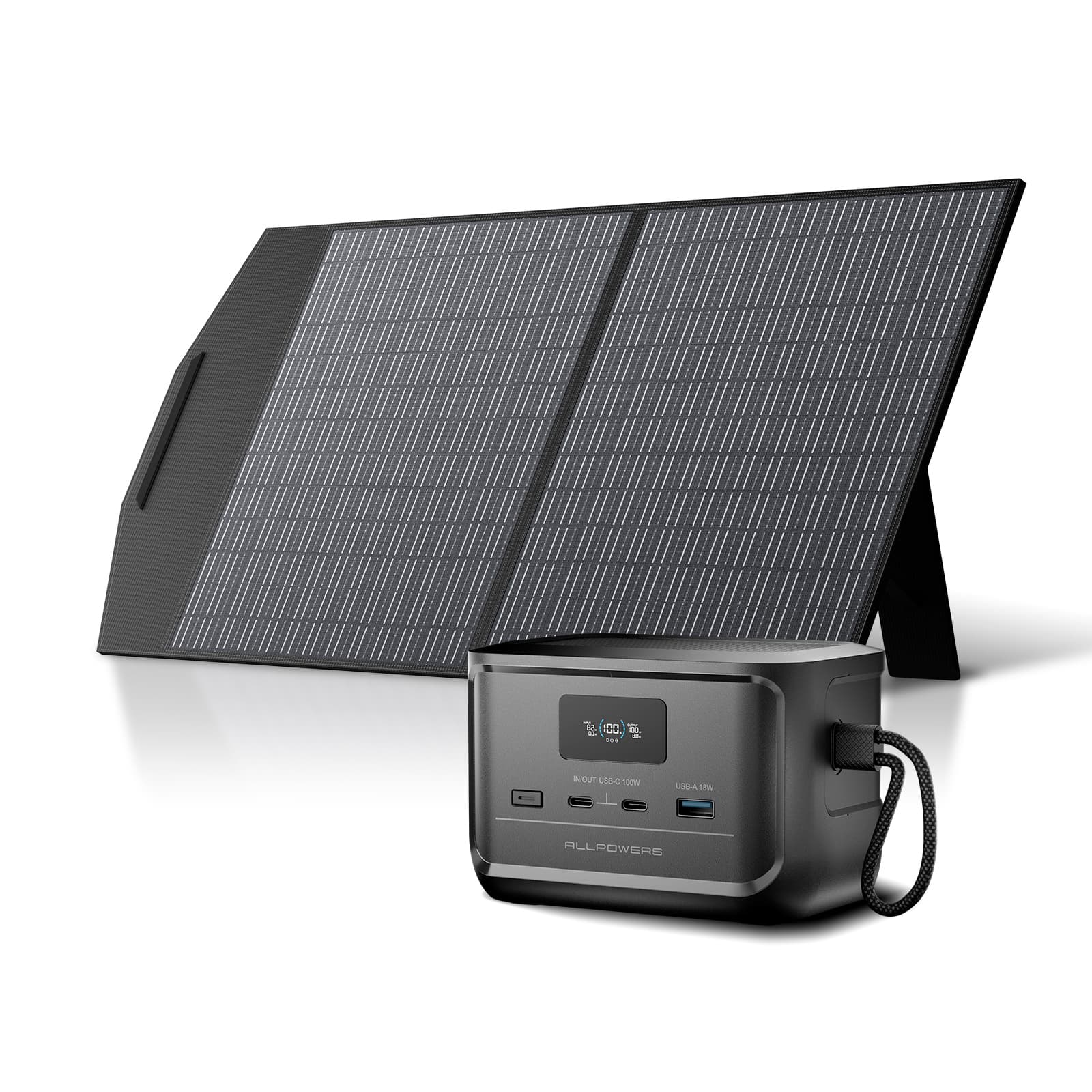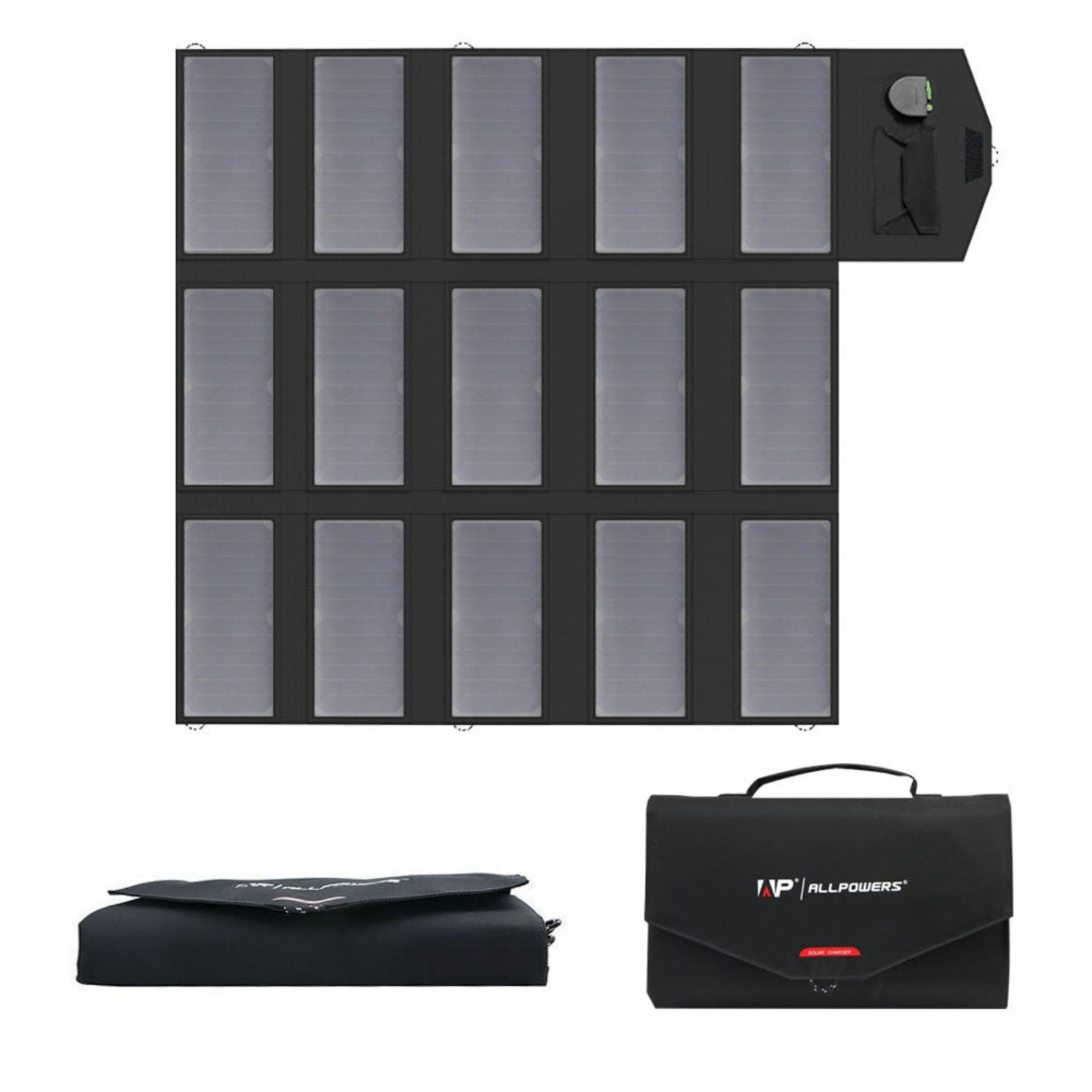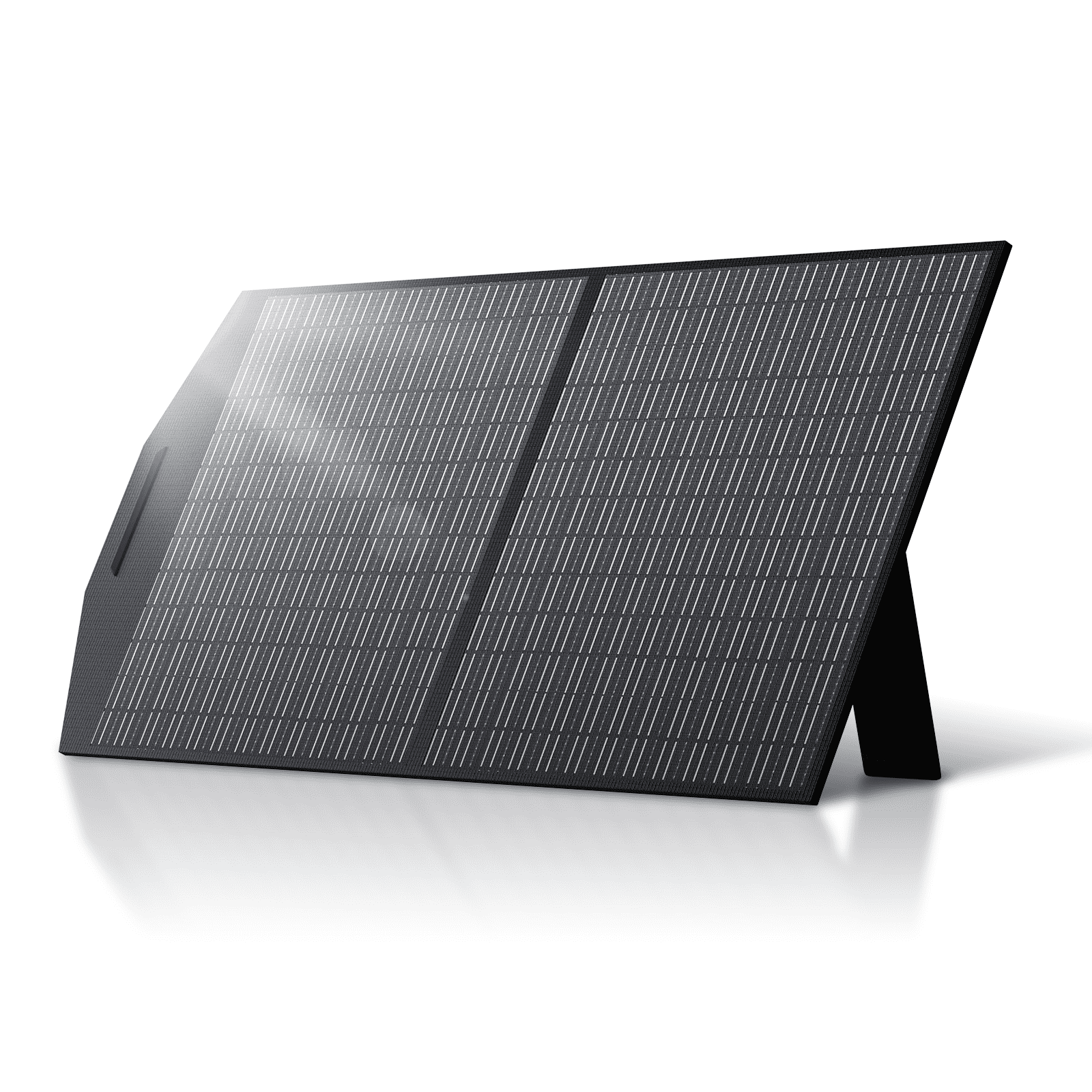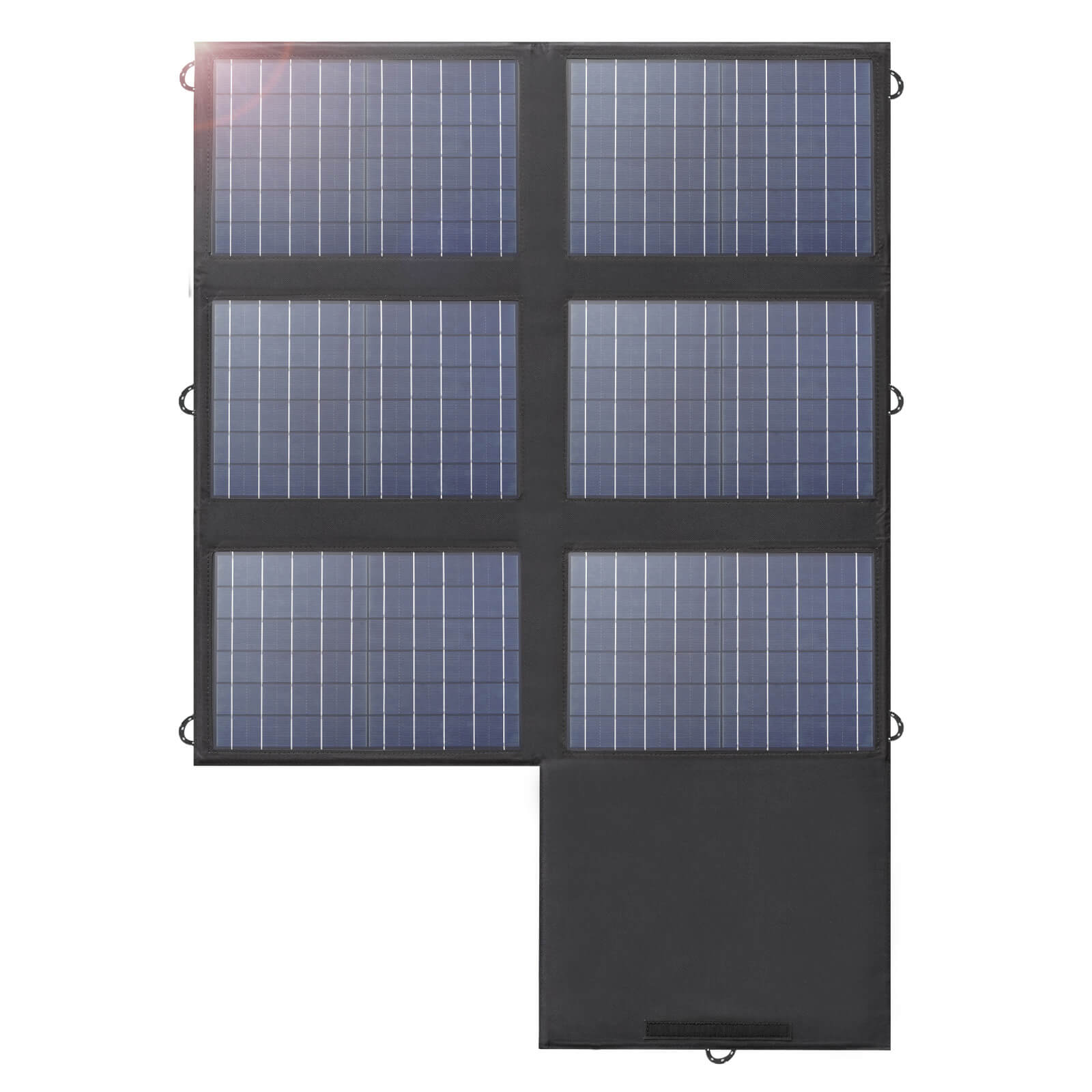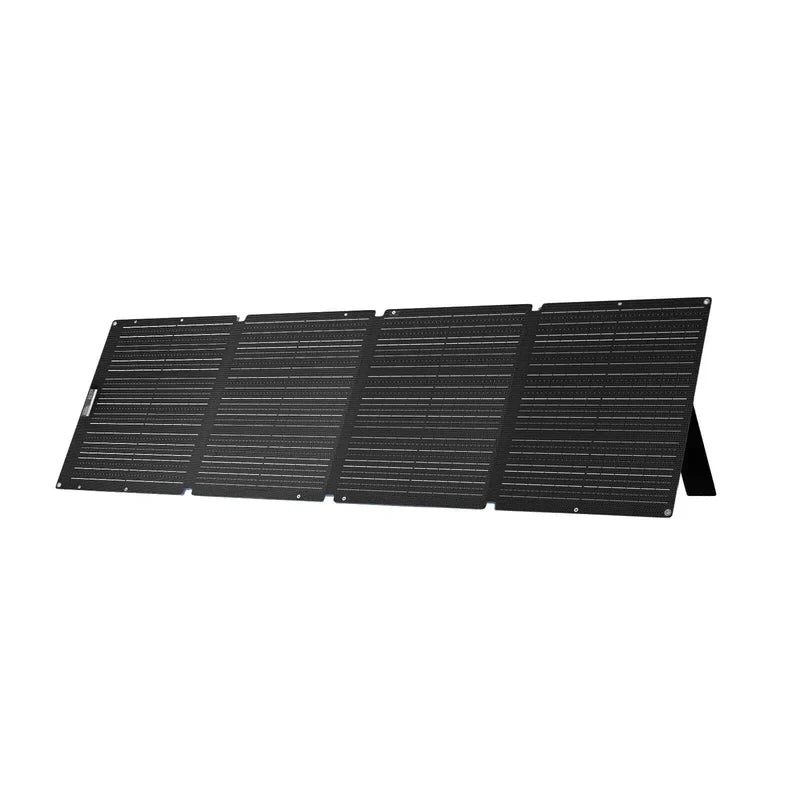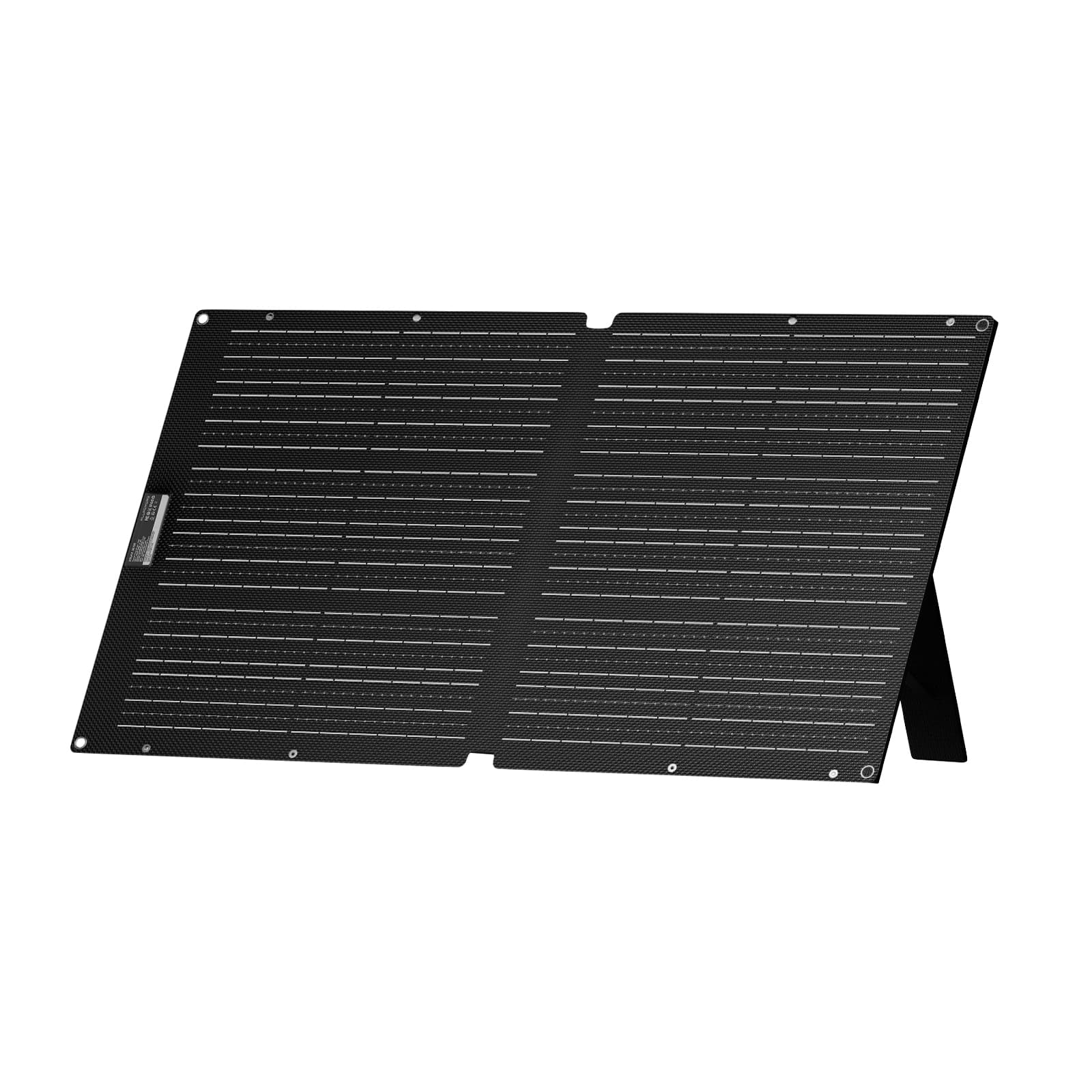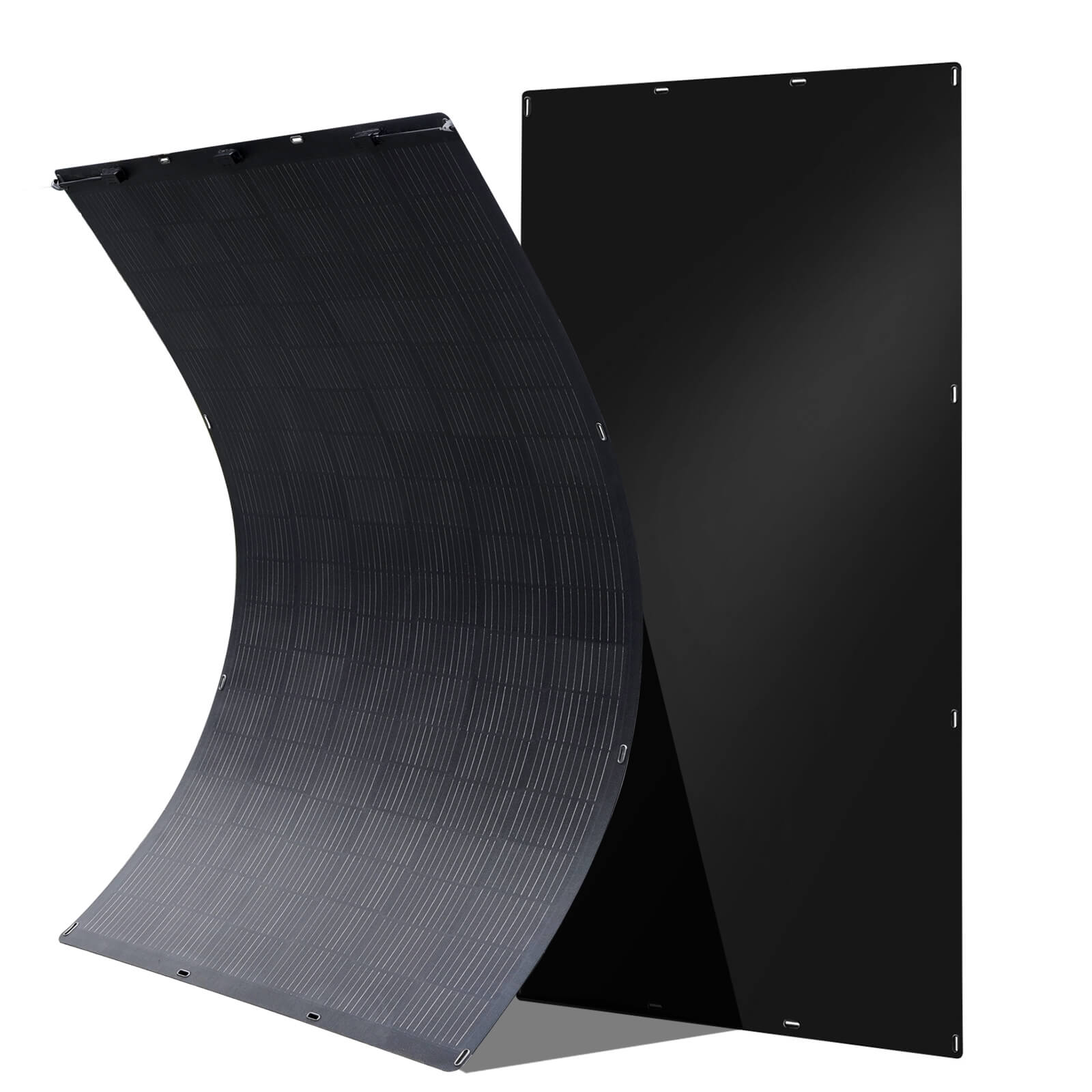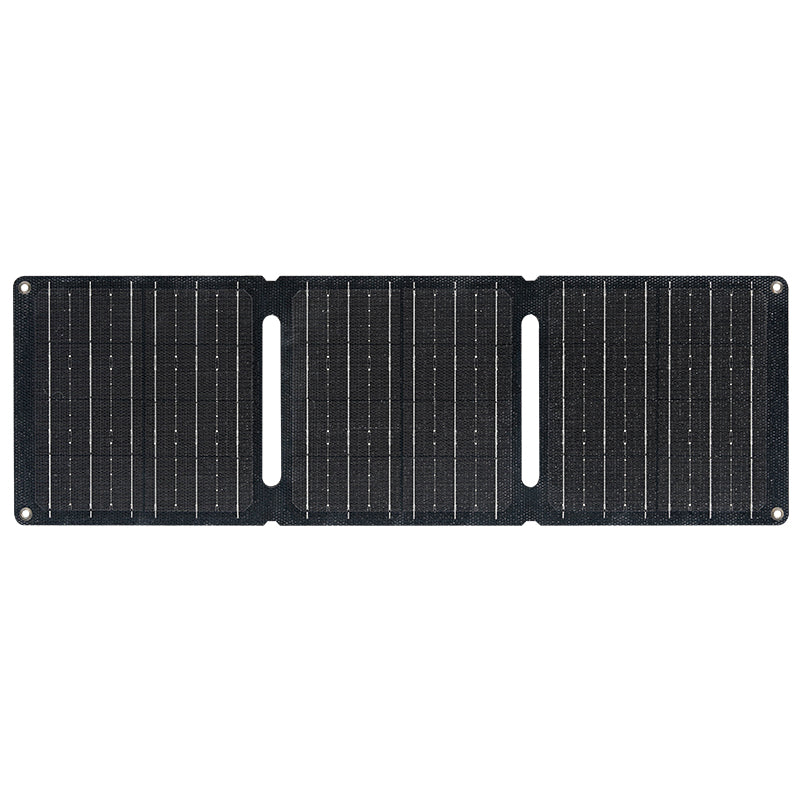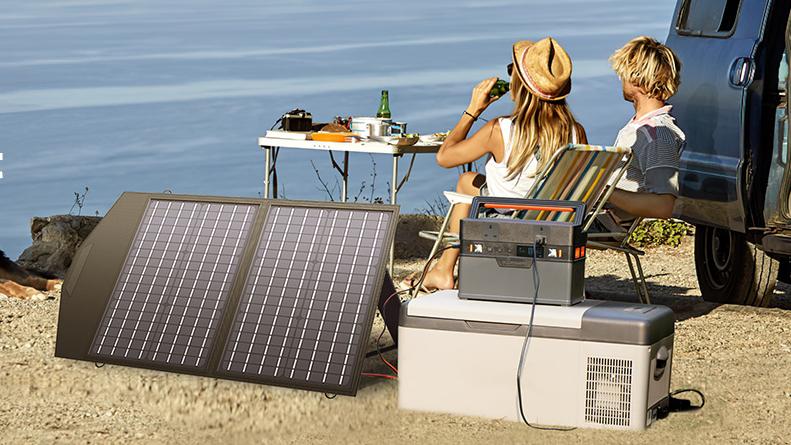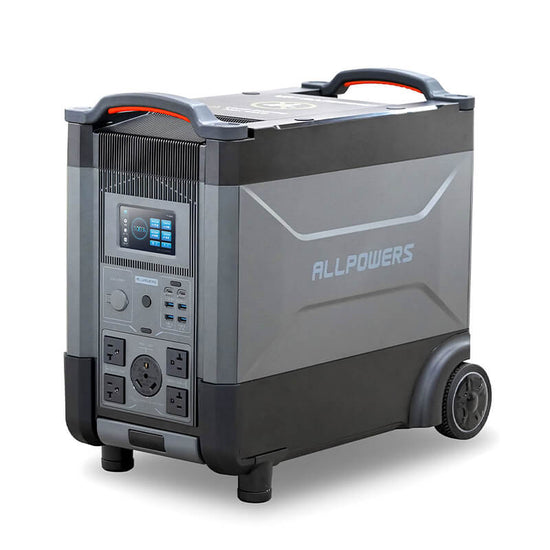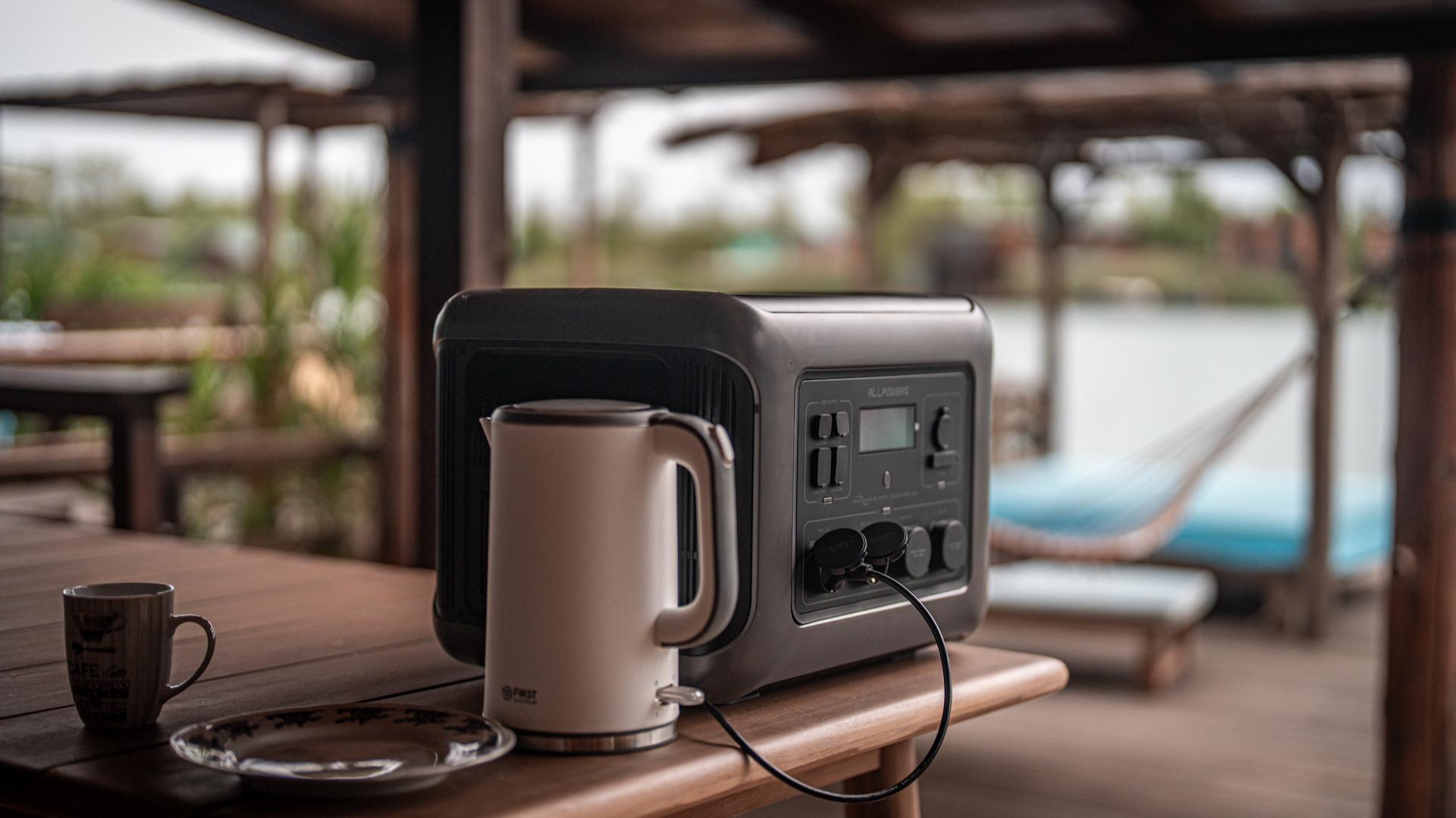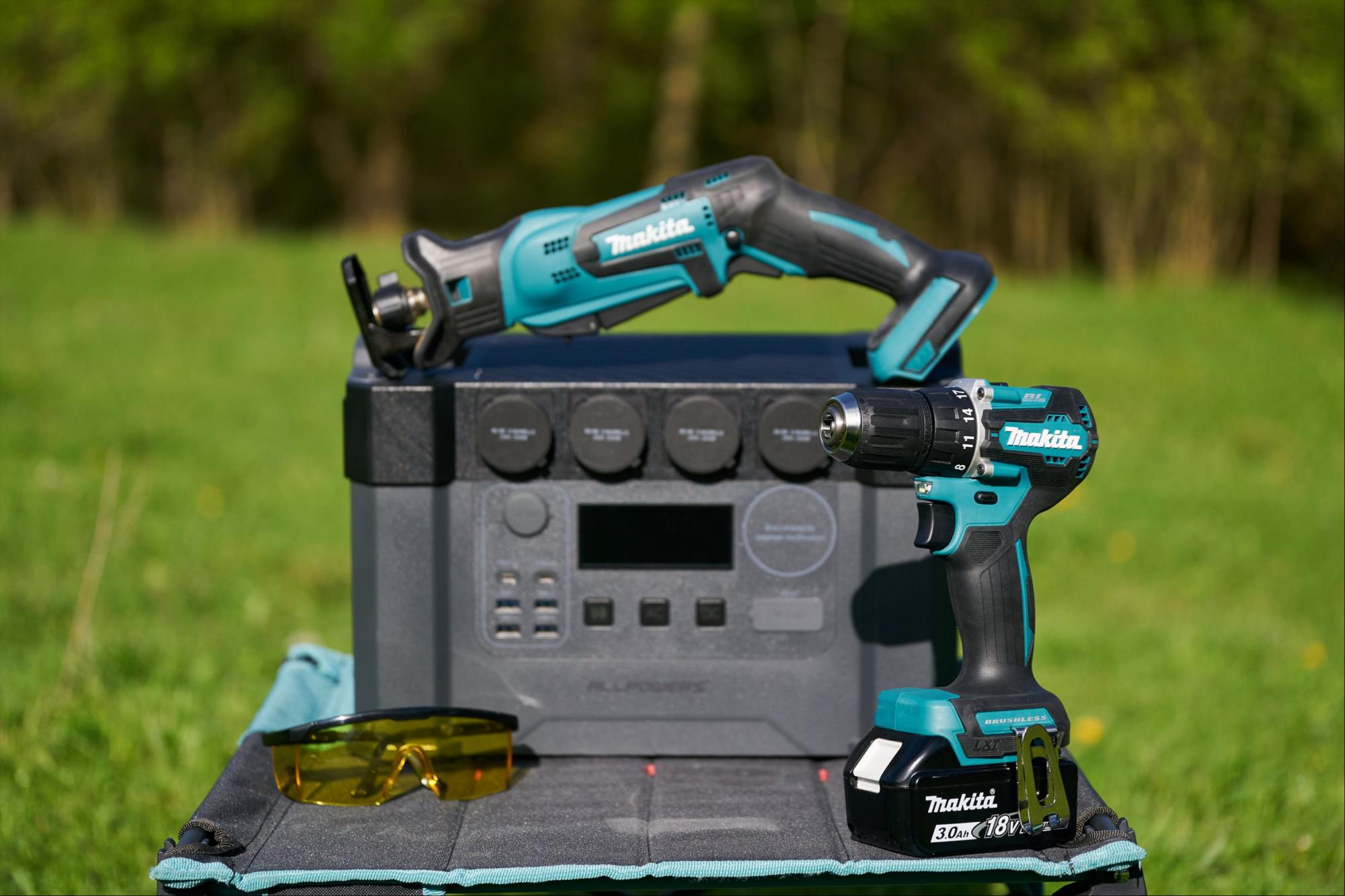Now, solar generators are the talk of the town, offering a clean, quiet, and eco-friendly alternative.
They're perfect for everything from outdoor camping and extended off-grid living to even just handling power outages right in your own backyard.
But with so many options on the market, how do you even begin to figure out what size solar generator you need?
Why size really matters more than you think
In reality, a solar generator is a portable power station bundled with a solar panel—or a few of them.
It’s not just how big the battery is, it’s about how powerful those devices are, how fast you can recharge.
Think of it like cooking. You can have the biggest pot on the planet, but if the burner underneath is tiny and the ingredients are low quality, you won’t get a good meal.
So, when sizing up your solar generator, you’re really sizing different aspects—each with its own role and importance.
Learn more: What Is a Solar Generator and How Does It Work?
How big should your battery capacity be?
When you're talking about the "size" of a solar generator, the first thing that usually comes to mind, and rightly so, is its capacity.
For a solar generator, a higher capacity means it can run your devices for longer or power more energy-hungry gadgets.
Now, how big a "tank" do you need? Well, that depends entirely on your energy appetite.
For simple camping trips or short excursions, a smaller 200-500Wh unit might be perfect. These are lightweight, easy to carry, and can handle charging phones, laptops, and powering small lights.
If you're an RVer, an overlander, or someone who loves extended camping trips, you'll likely want something in the 1000-2000Wh range, maybe even larger. These units can power mini-fridges, CPAP machines, and even small cooking appliances.
For home backup, especially if you're looking to keep things like a refrigerator, a few lights, and maybe even a small medical device running, you're probably looking at a 2000Wh+ system. Some folks even daisy-chain multiple units or look into expandability options to really beef up their capacity.
Learn More: How Long Does a Solar Generator Last?
The size of the output decides what you can plug in
Capacity tells you how long it can run. But output power? That tells you what kind of devices you can actually run.
Here’s a simple way to think of it: capacity is your fuel tank, and output is your engine. You can have a huge tank, but if your engine can’t push power fast enough, that big battery won’t do you much good.
So, let’s say your generator has a 600W output. You can run devices under 600W—maybe a laptop (60W), some lights (30W), and a fan (50W), all at once. Great.
But plug in a microwave (1000W)? Not happening. Try to start a fridge with a 1200W surge draw? Lights out.
That’s why sizing for output matters just as much as capacity. It defines what you can power at the same time—and what you can’t power at all.
For campers, a 300W–600W output might be fine. Van lifers may need 1500W or more. Homeowners planning for outages? You’re looking at 2000W to 4000W, minimum—especially if you’ve got appliances or heaters in the mix.
So yeah, wattage matters. A lot. Think about what you plan to run together, not just individually.
Solar panel size matters too!
The size (or wattage) of your solar panel determines how fast your solar generator can recharge.
A 100W panel might take all day to refill a 500Wh battery—and longer if the weather’s playing games. Cloudy skies? Slower charge. Panel in the shade? Forget about it.
Aim for a panel-to-battery ratio that makes sense.
A 500Wh unit pairs well with 100–200W of solar. For 2000Wh or more, you’ll want 400–600W of solar—especially if you’re using it daily.
Many units now support parallel connections, meaning you can plug in multiple panels and charge faster—like doubling the water pressure on a slow faucet.
Don’t buy a beast of a generator and pair it with a wimpy panel.
This is why systems like the ALLPOWERS R4000 paired with its 600W foldable solar panel strike the right balance.
The physical size you can’t ignore
This often gets overlooked, but it's super important for practical use.
Everyone wants the smallest, lightest solar generator that can power everything forever. But physics doesn’t work like that. Bigger capacity means bigger batteries, which means more weight.
A 300Wh power station might be the size of a lunchbox. Toss it in the backseat, strap it to a backpack, carry it into the forest—no sweat.
Step up to 1500Wh and things start to get chunky. Now you’ve got a 30–40 lb box with built-in handles. Not exactly shoulder-friendly, but still manageable with two hands.
Then there are the 4000Wh beasts—the ones designed to run your whole kitchen or keep your house online for a weekend. These are closer in size and weight to a suitcase.
So, how do you decide? Ask yourself two questions: Will I need to carry it often? Will I use it in one location, like my garage or cabin?
It’s better to go slightly bigger than you think
You know what most people say after using their first solar generator? “I should’ve gotten the next size up.” And it makes sense. It’s not that you need all that power every day—but when you do, you’ll be glad it’s there.
Plus, running a battery at half capacity tends to extend its lifespan. Just like revving your car at max RPMs constantly isn’t great for the engine, draining your battery to zero daily wears it out faster. A little overhead gives you peace of mind.
Sure, bigger systems cost more—and they weigh more, too. But a little overhead gives you peace of mind.
Learn more: Can a Solar Generator Power a House?
So, what size solar generator do you need?
Honestly? It depends on you.
If you just want to keep the essentials running for a night, a compact unit will do the job. But if you're planning for extended outages or full-time off-grid life, size up.
Here's a shortcut if you're still unsure
First, make a list of what you’ll power. Add the wattage of each item and multiply by the hours you’ll use it per day. That’s your daily energy need in watt-hours.
Then—this is key—add 20% as a safety buffer. That’s your ideal generator size.
Example?
Laptop (50W for 3h) = 150Wh
Mini-fridge (100W for 6h) = 600Wh
Lights and phone = 100Wh
Total = 850Wh → with buffer = ~1020Wh
Boom. You’re looking at a 1000–1200Wh generator.
Simple, right?
Learn more: What Is the Best Solar Generator?
Conclusion
At the end of the day, there’s no universal answer to what size solar generator you need.
It’s about what you need to power, how you live, and where you plan to go.
The right size isn’t always the biggest or most expensive. It’s the one that fits your rhythm.


